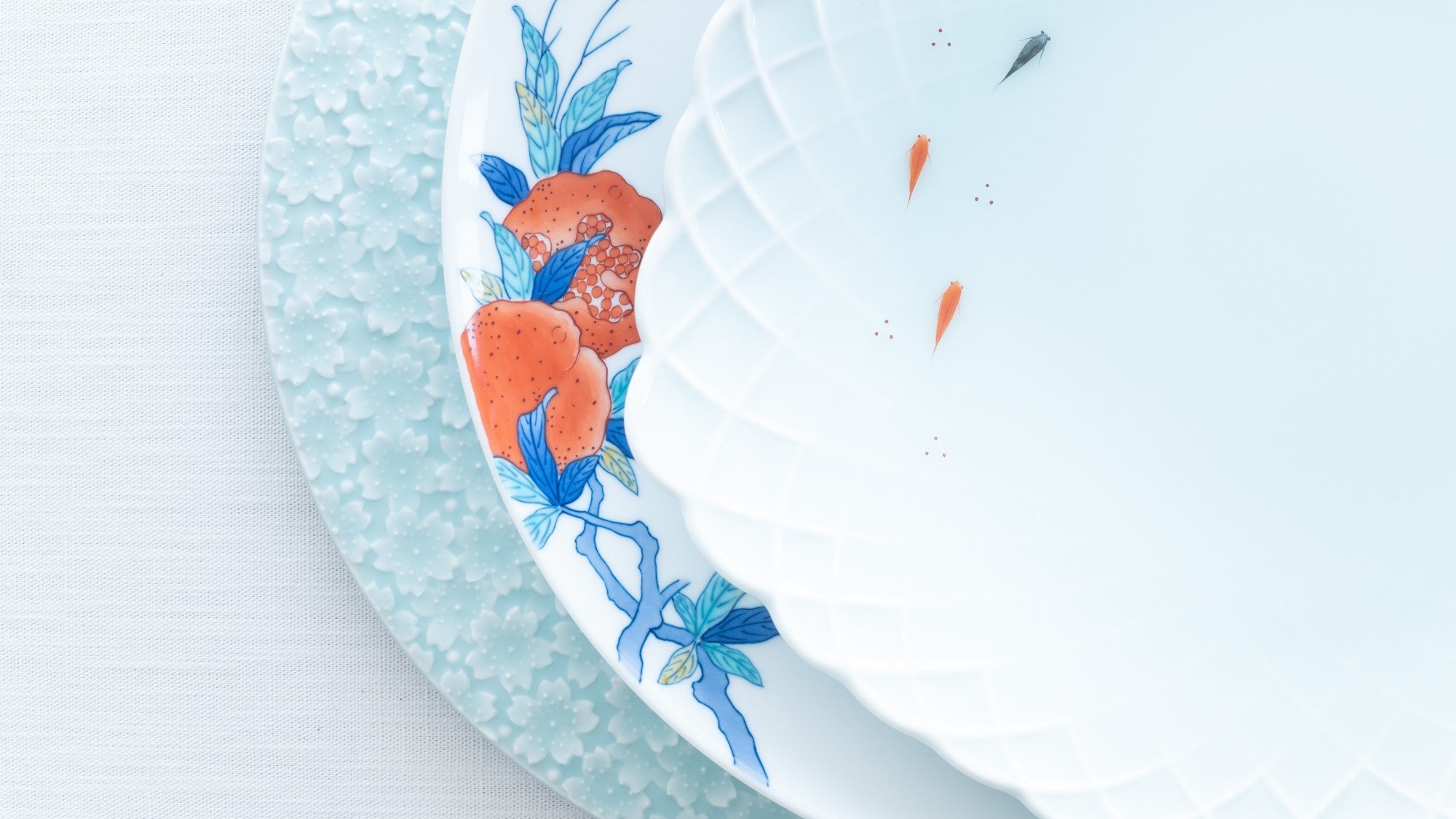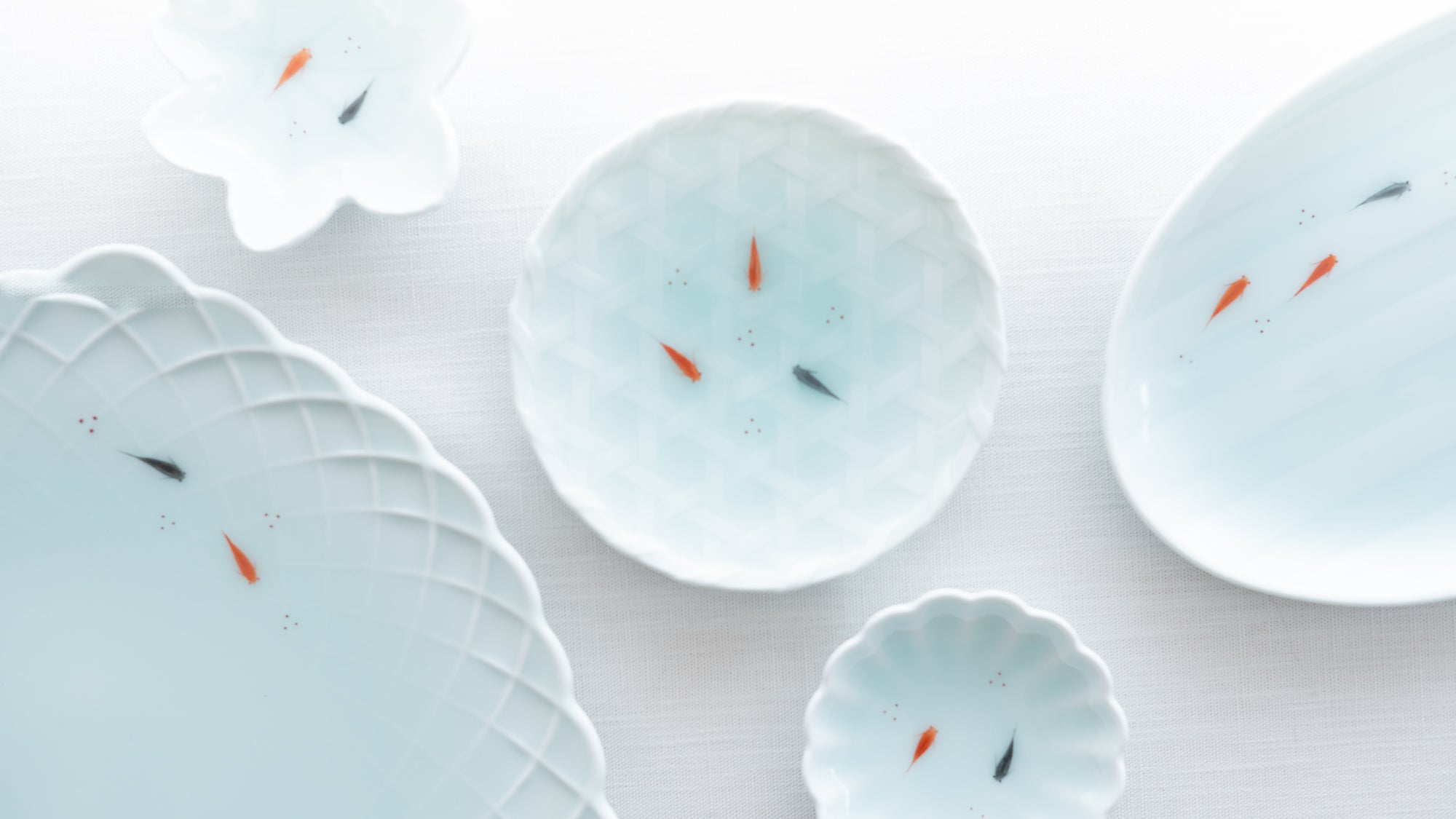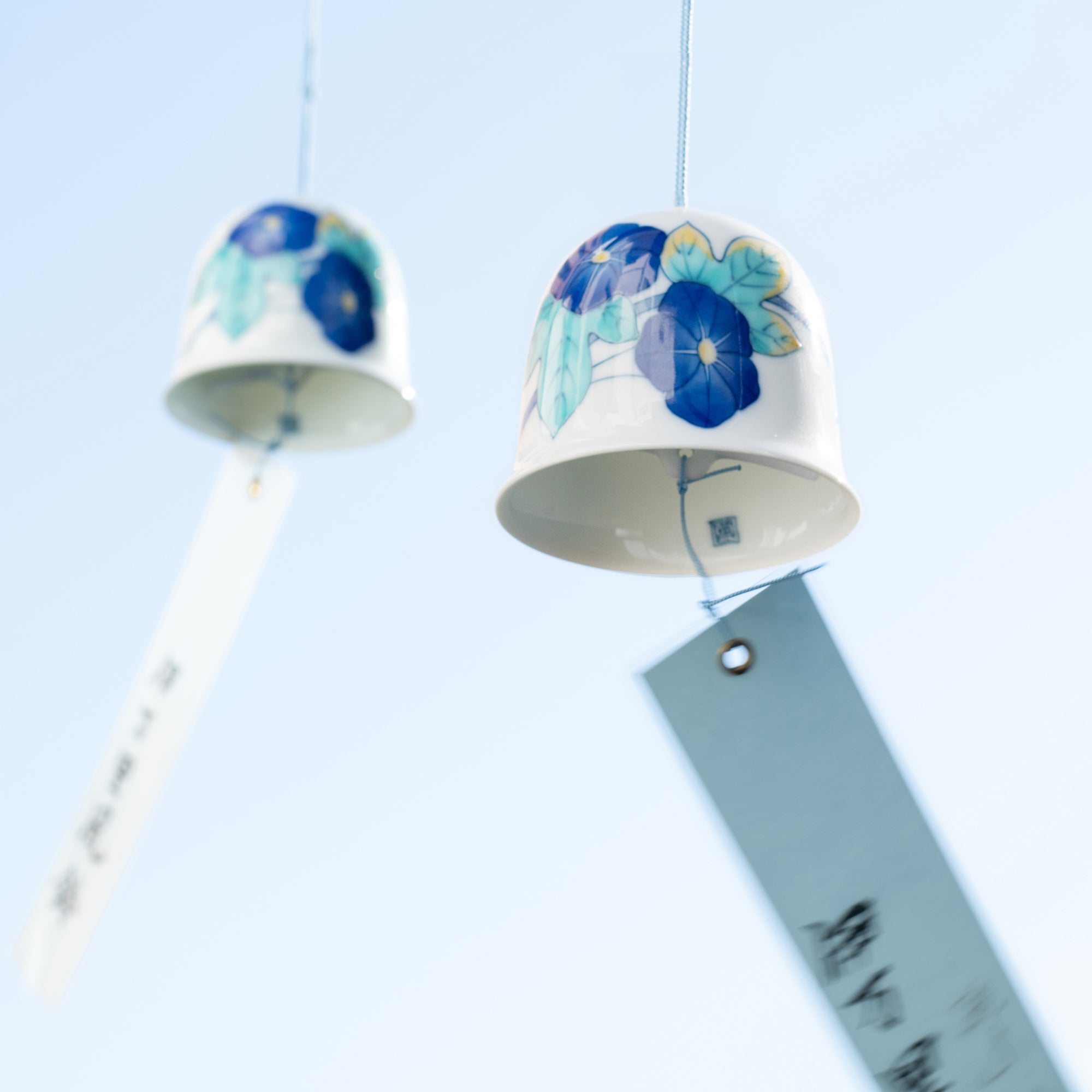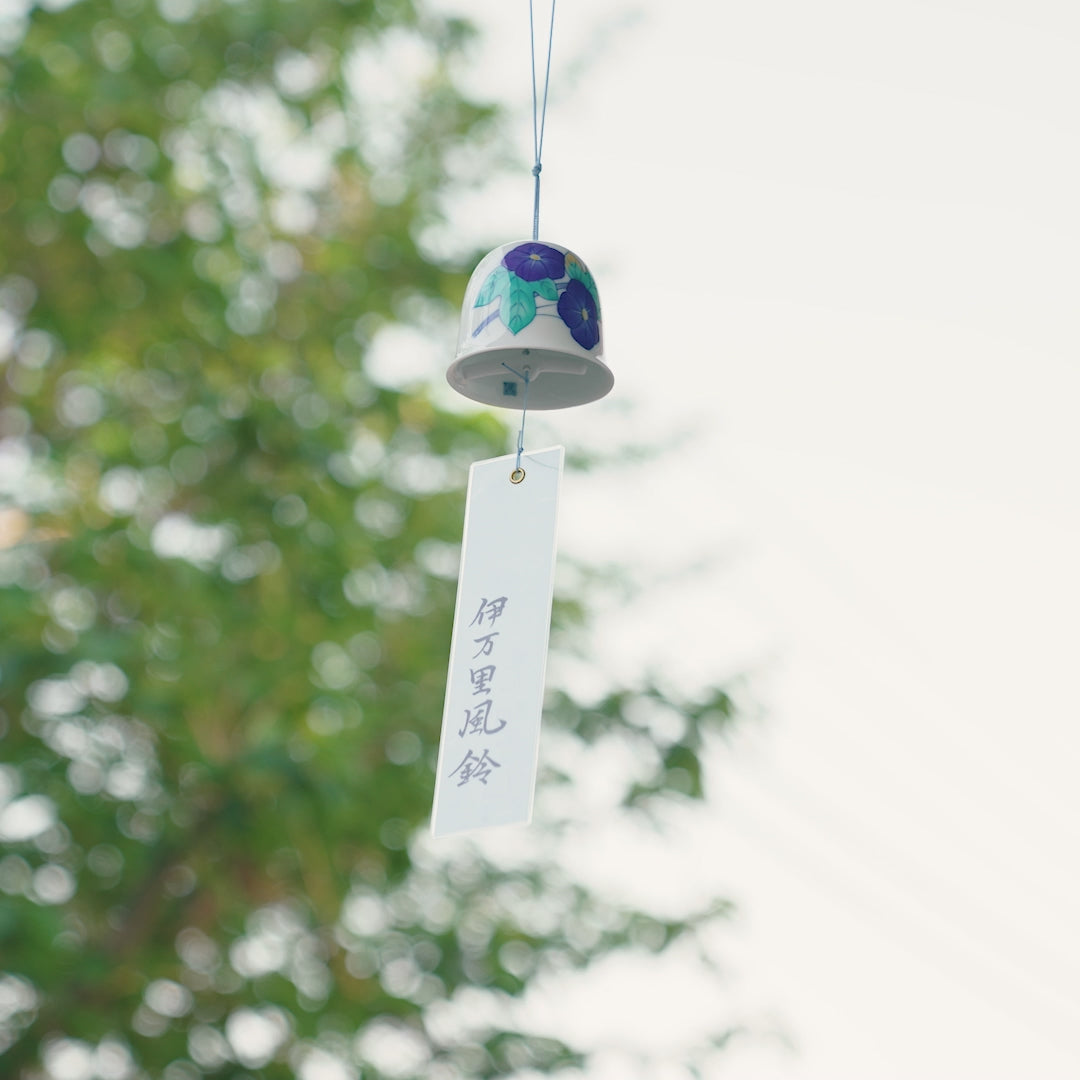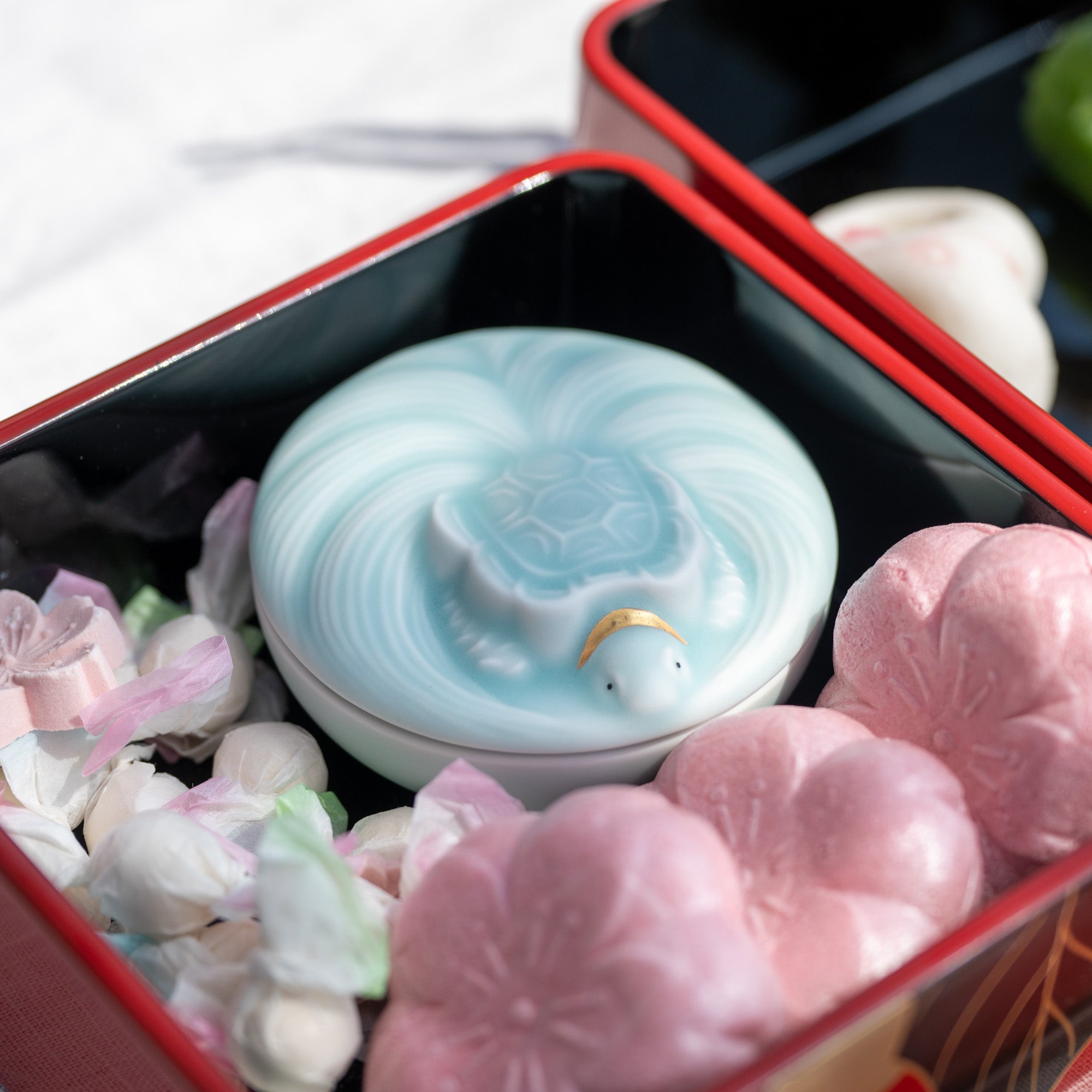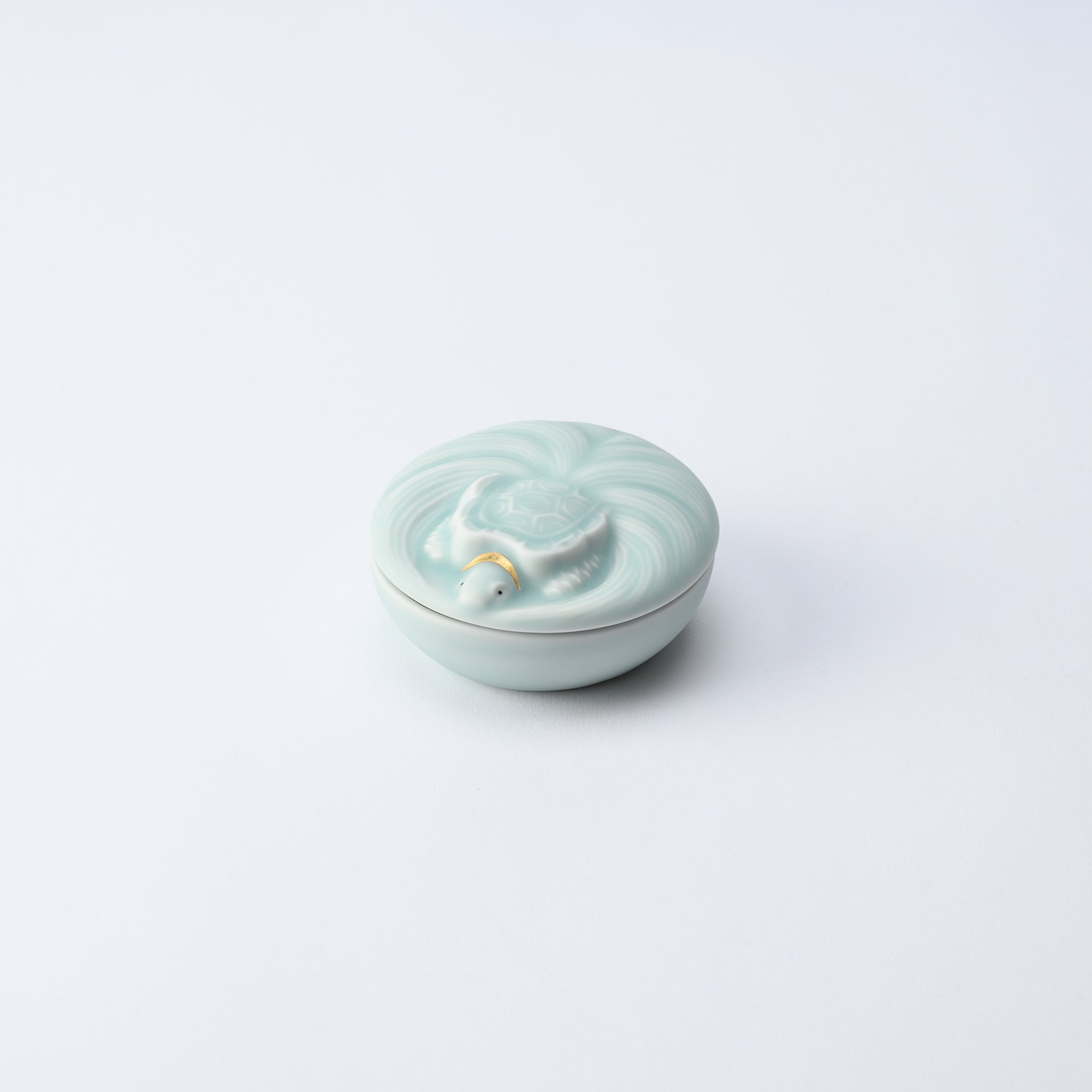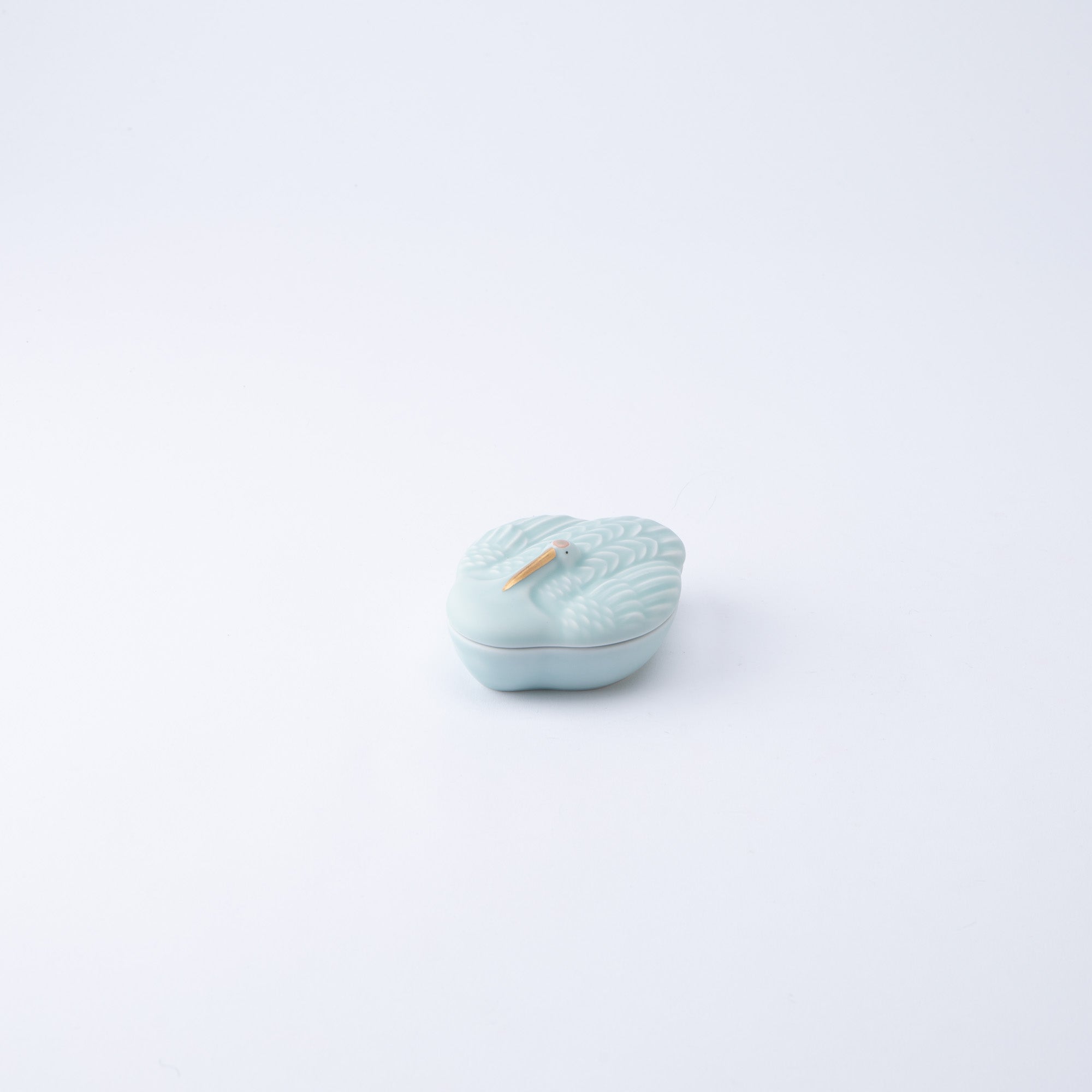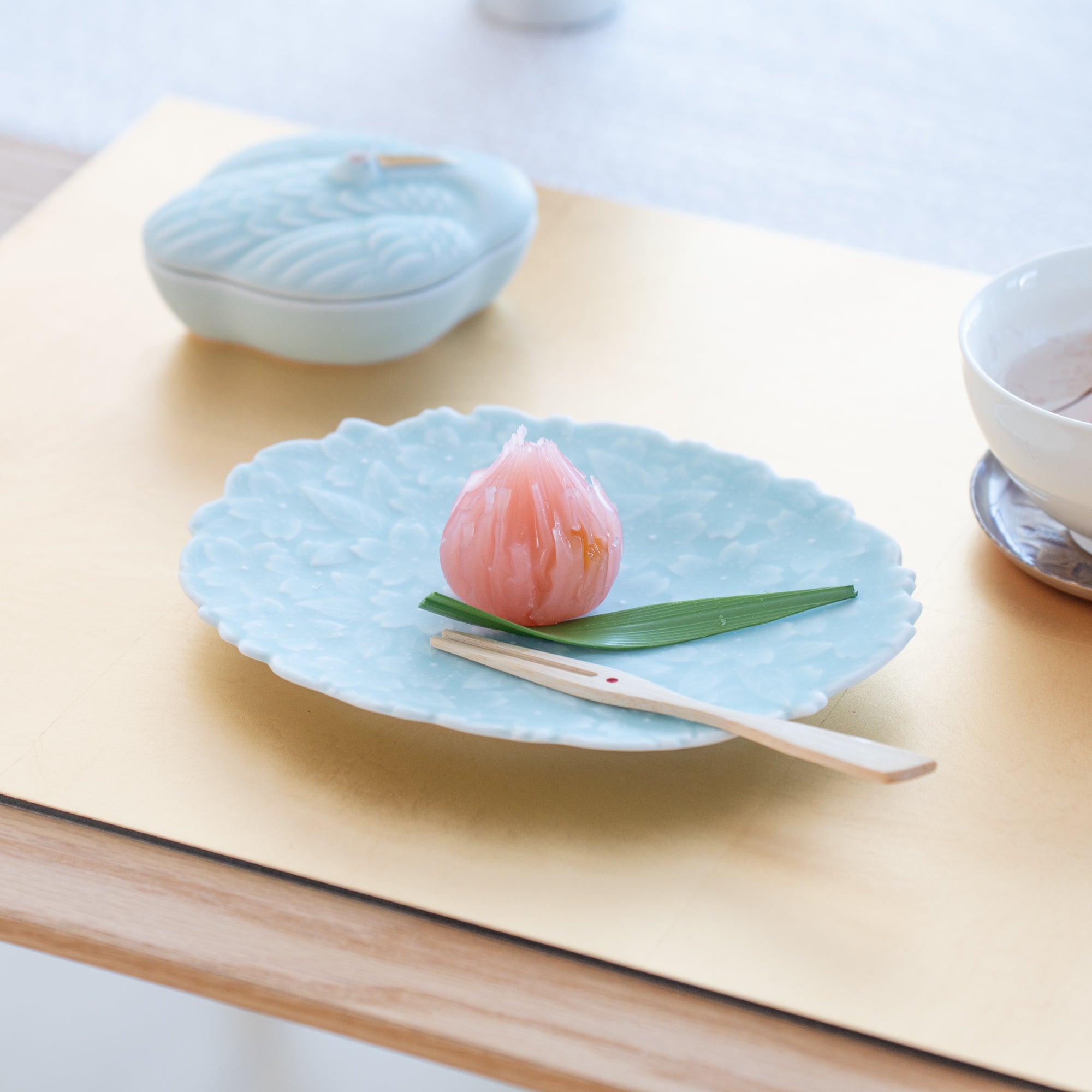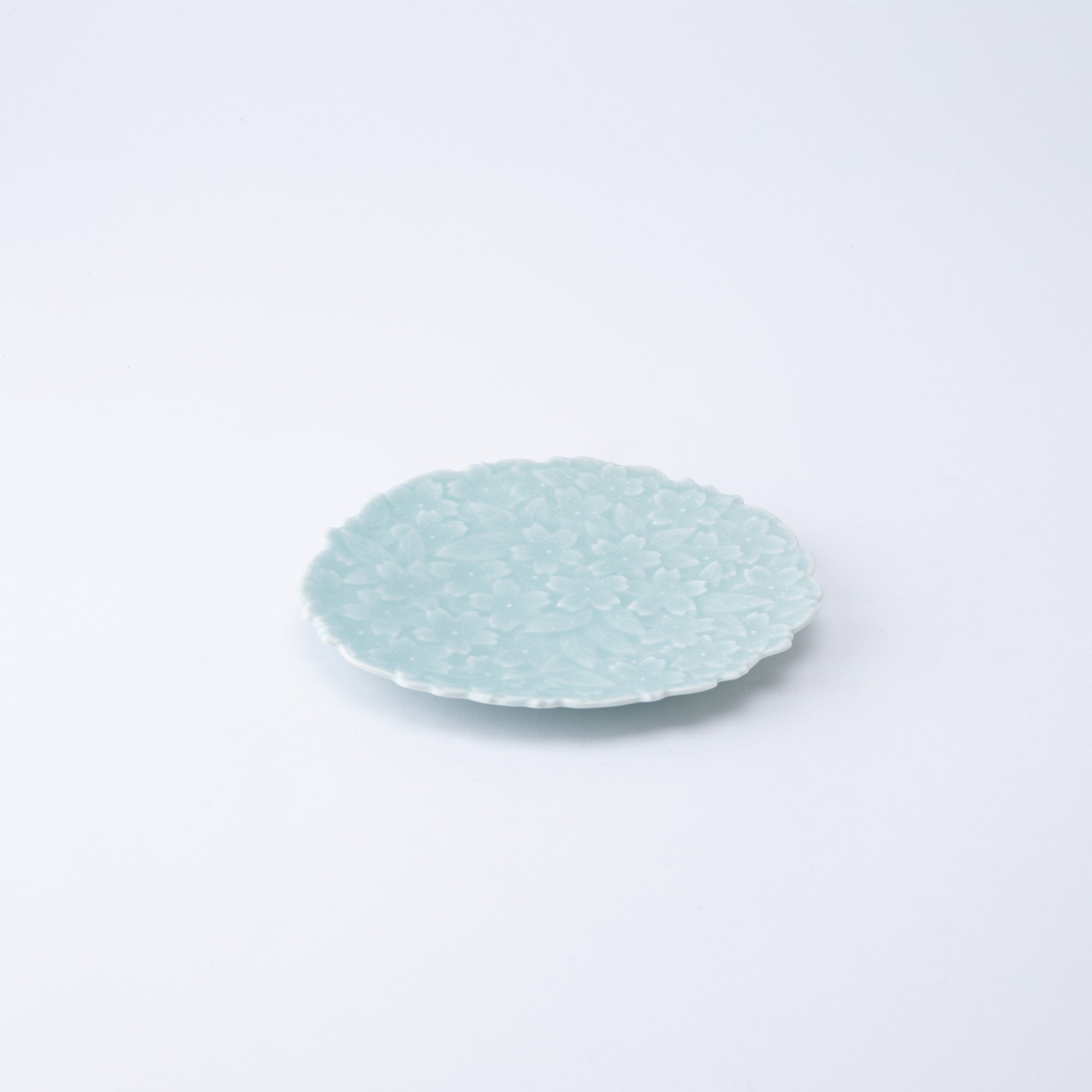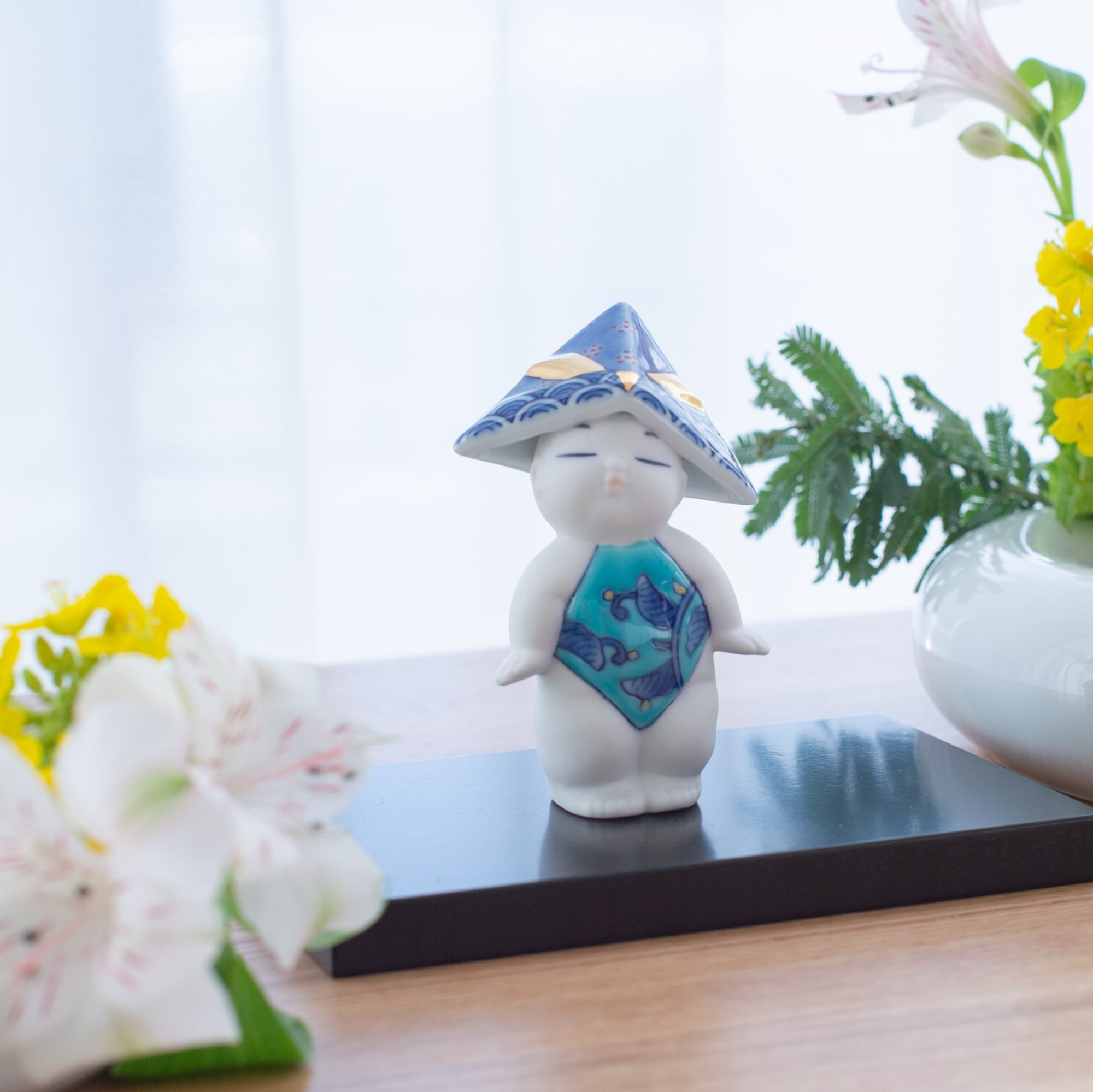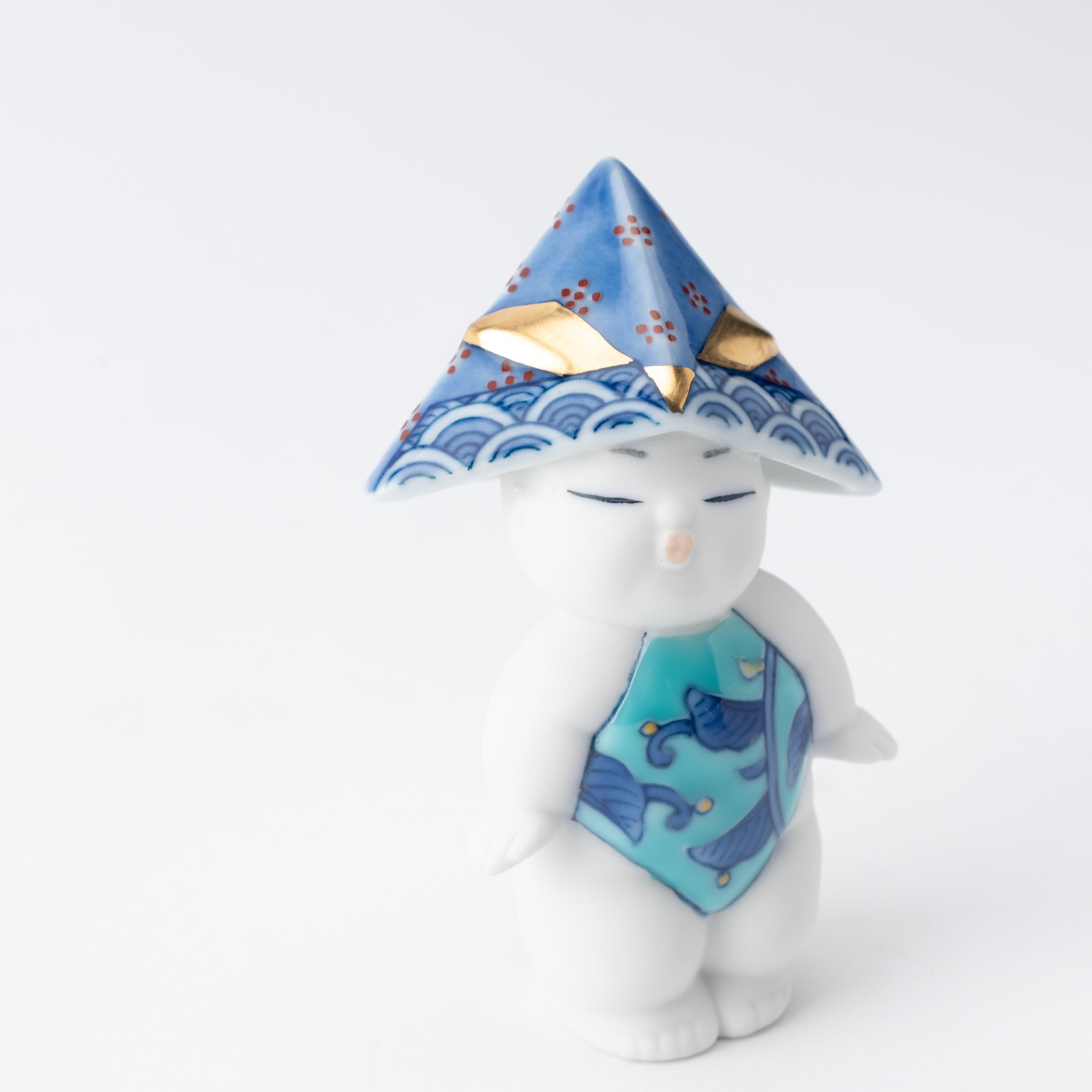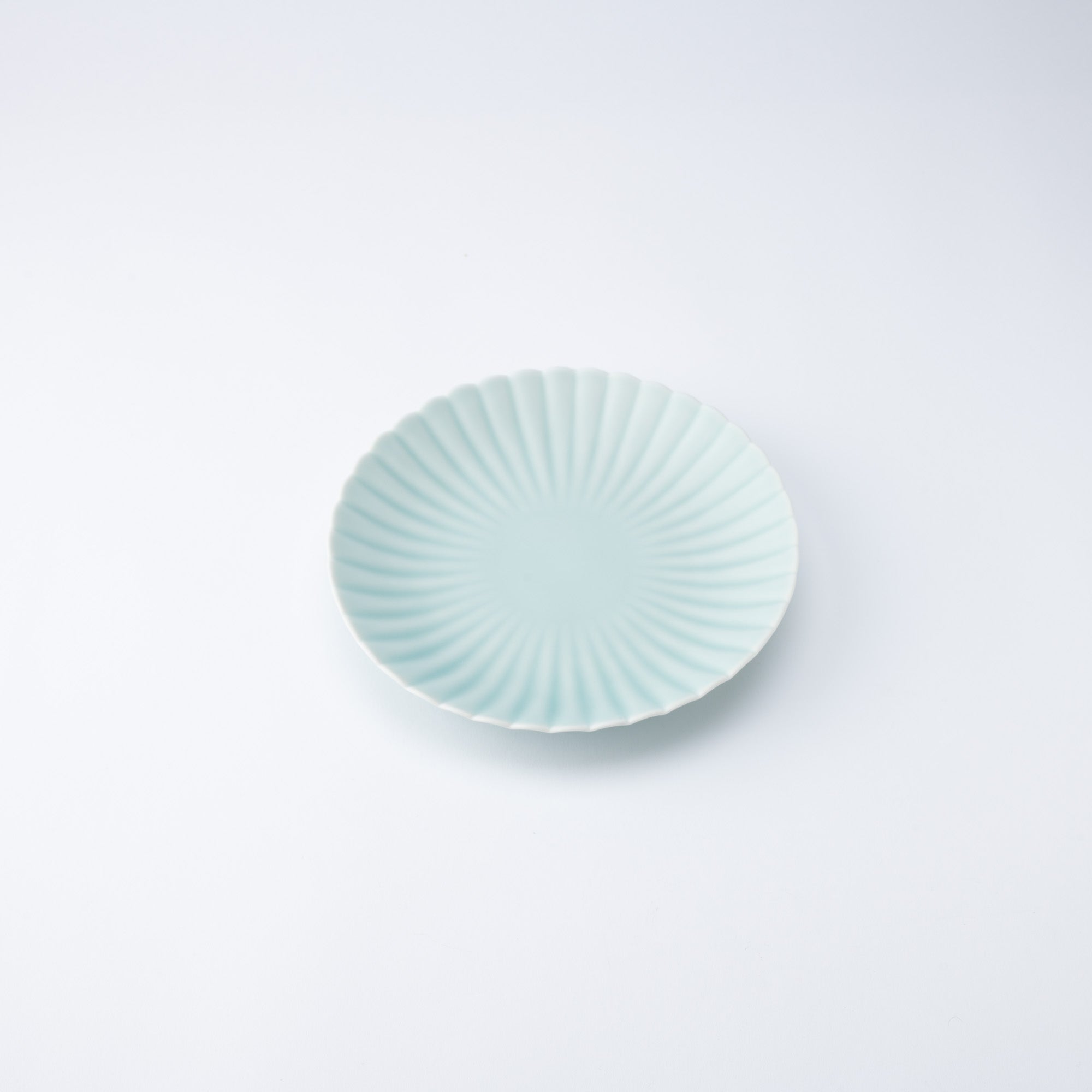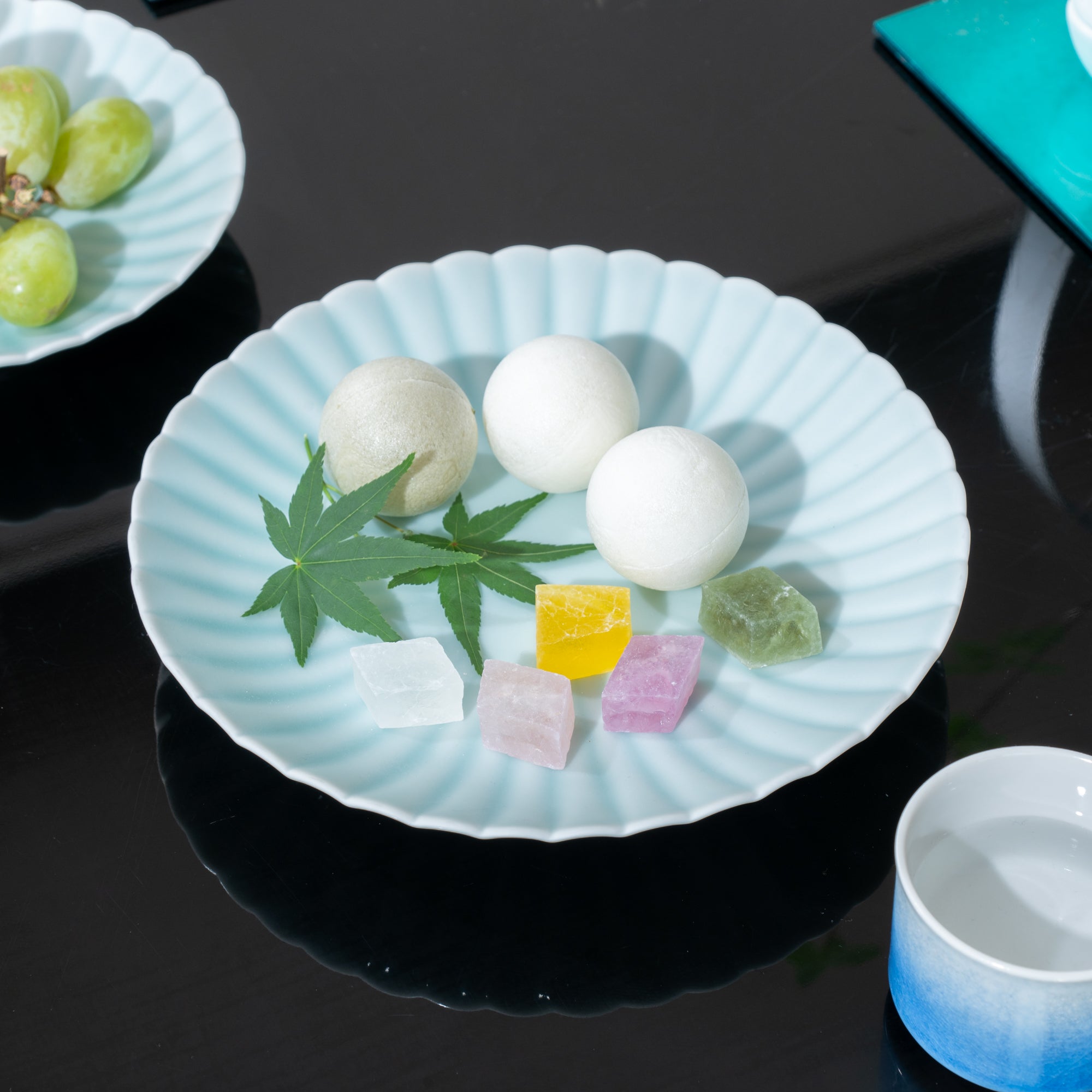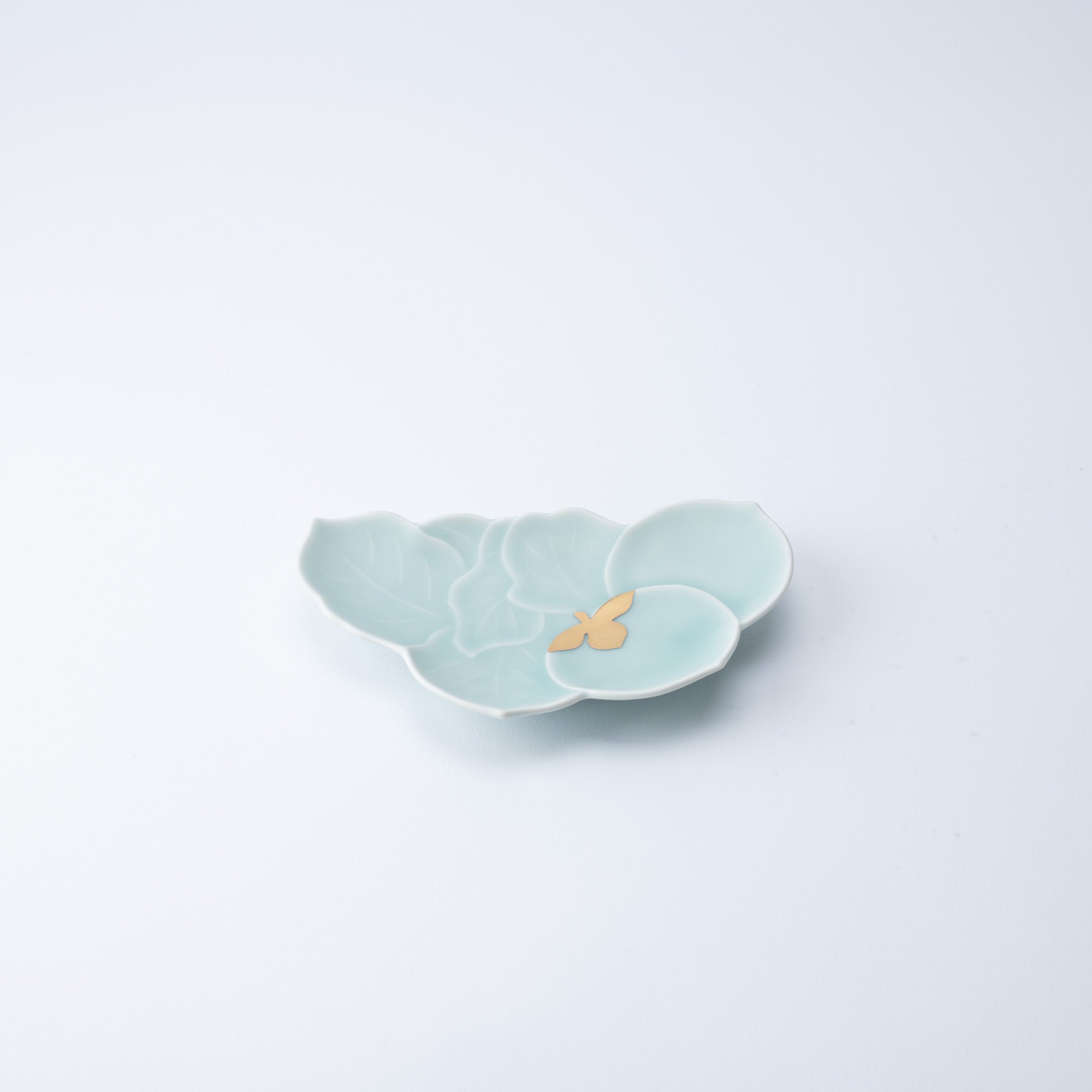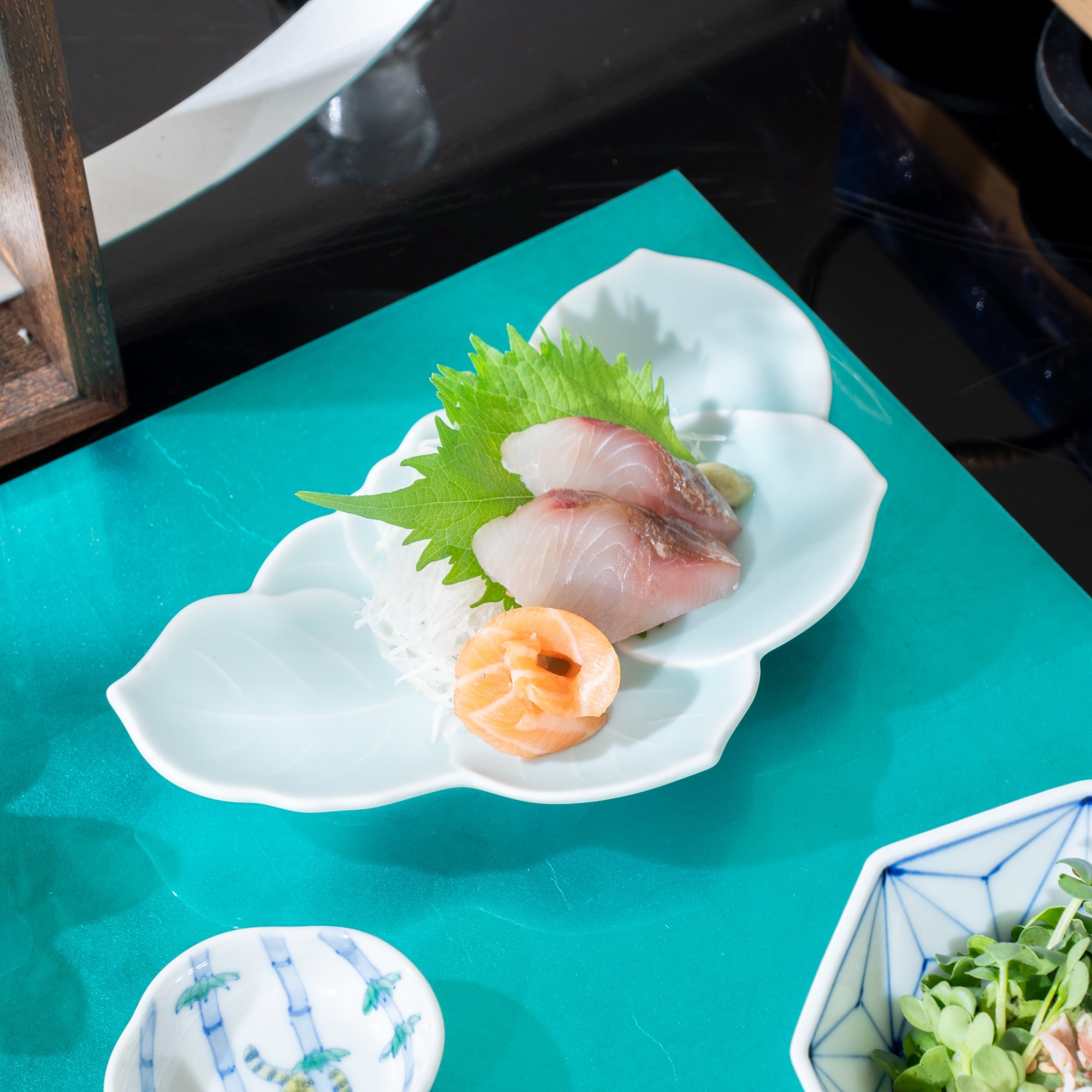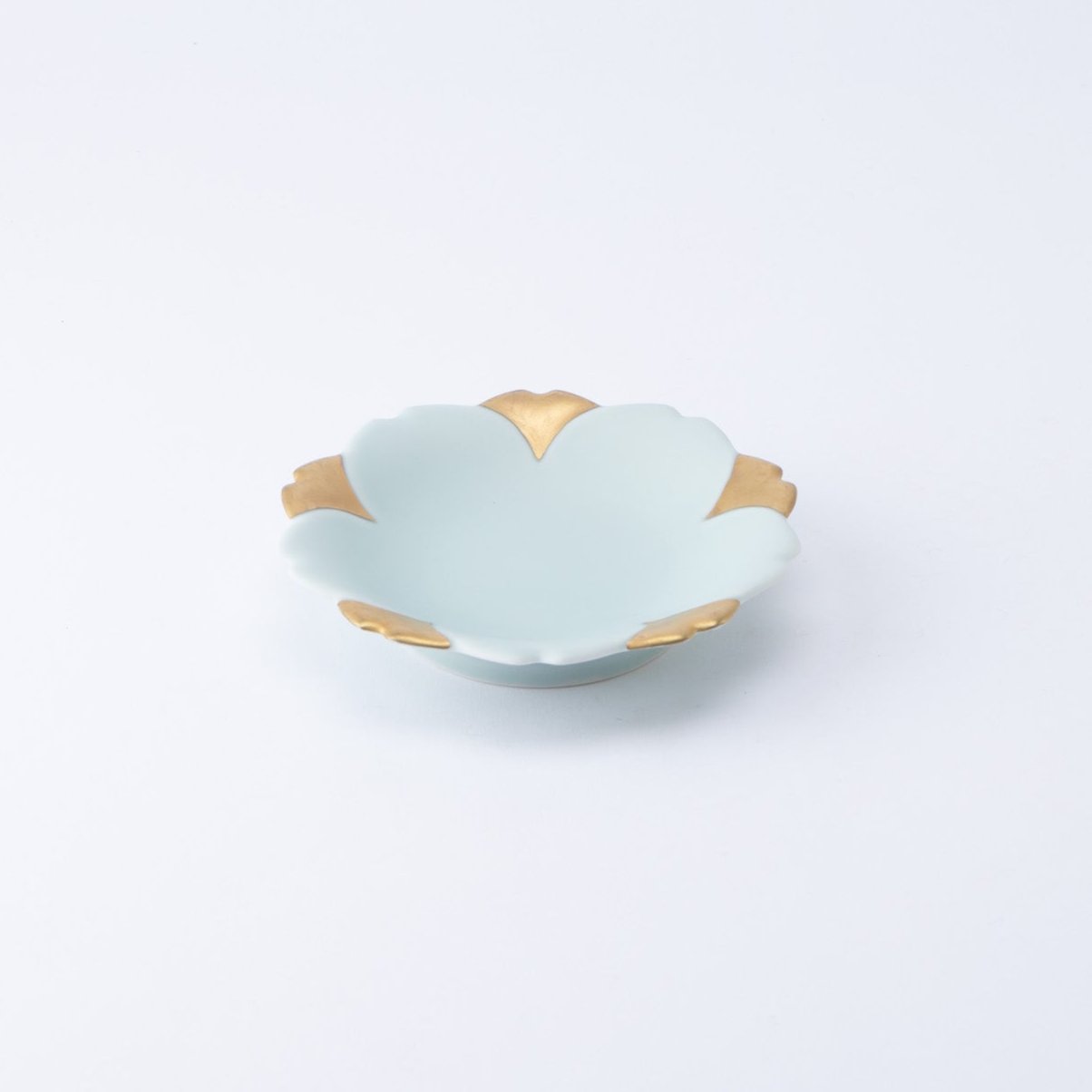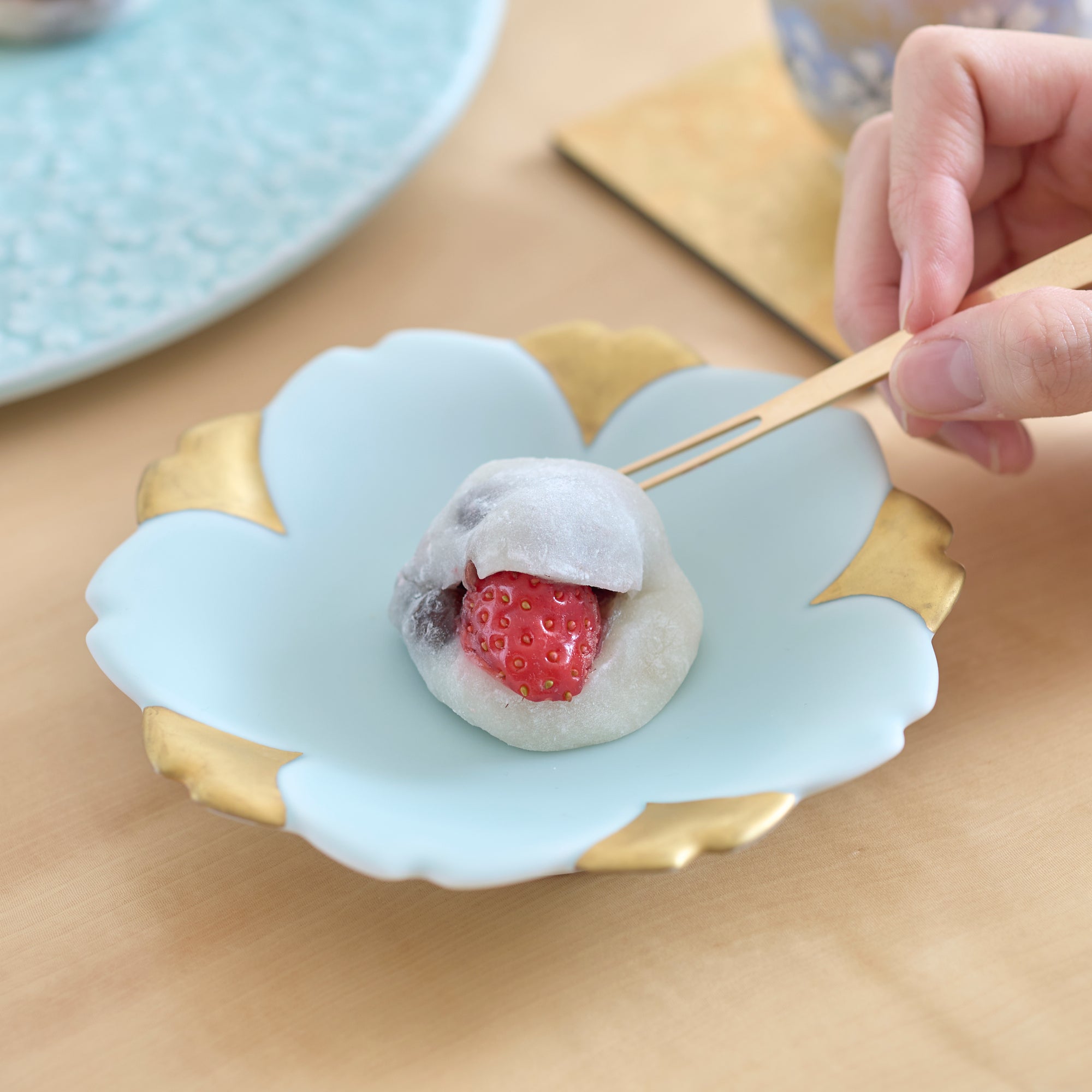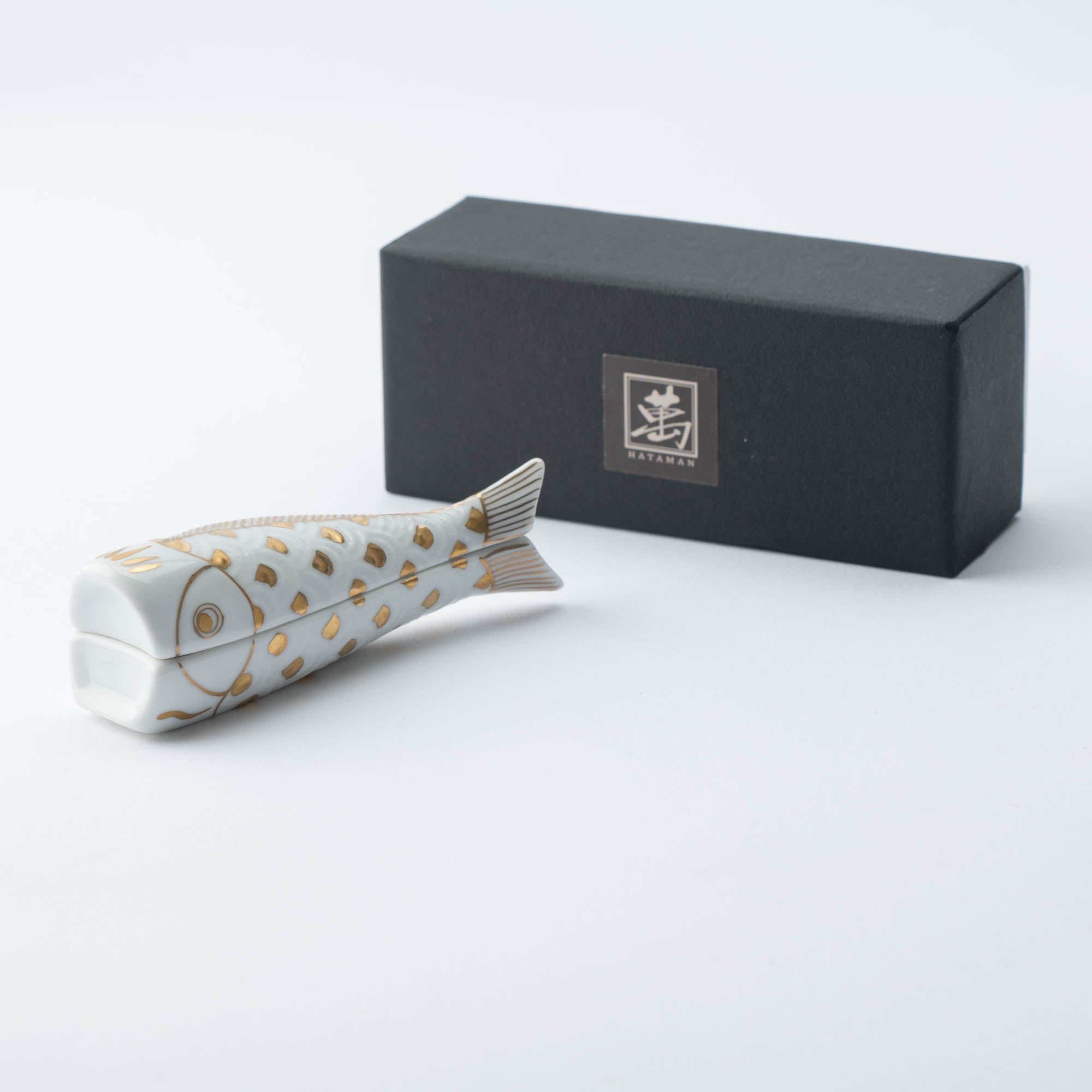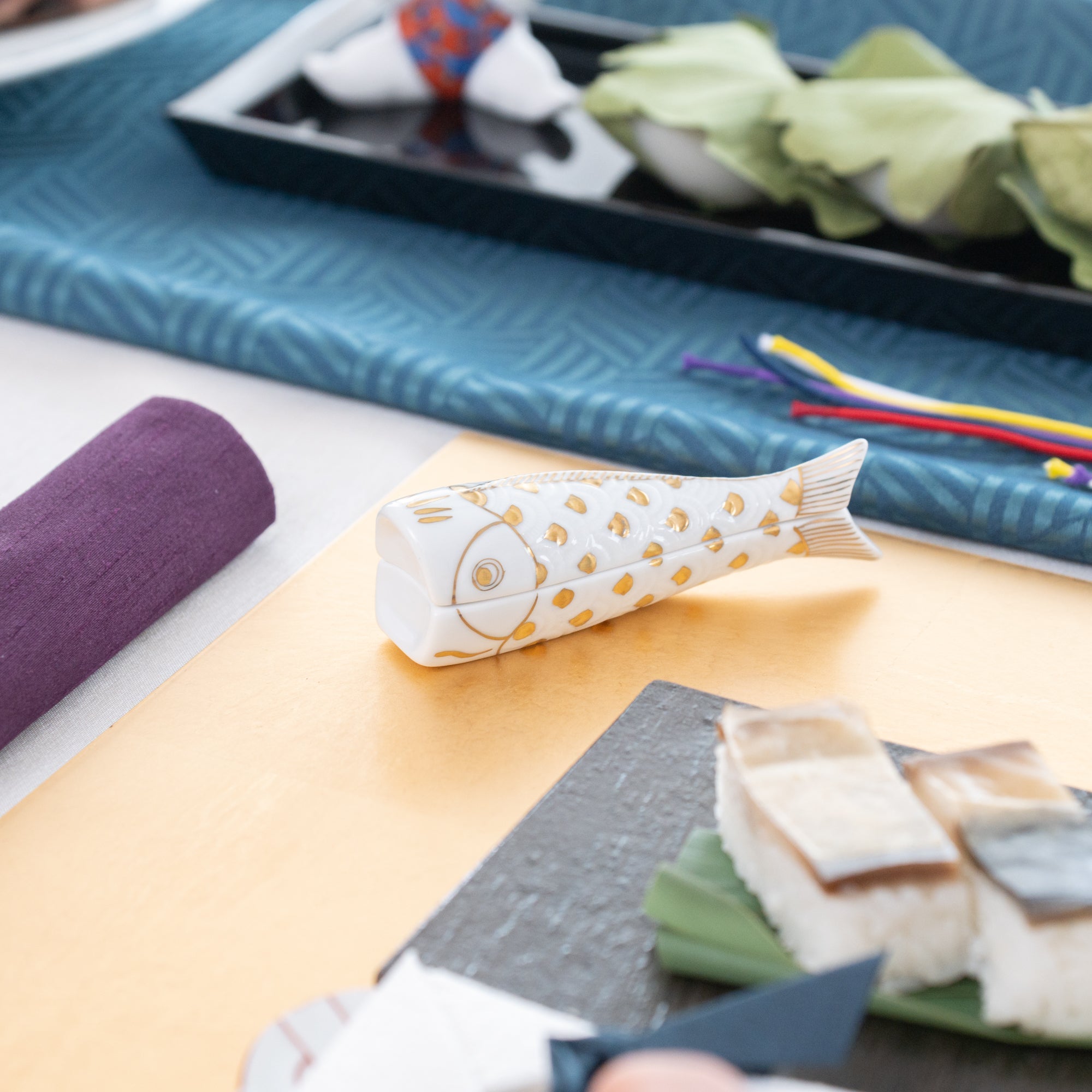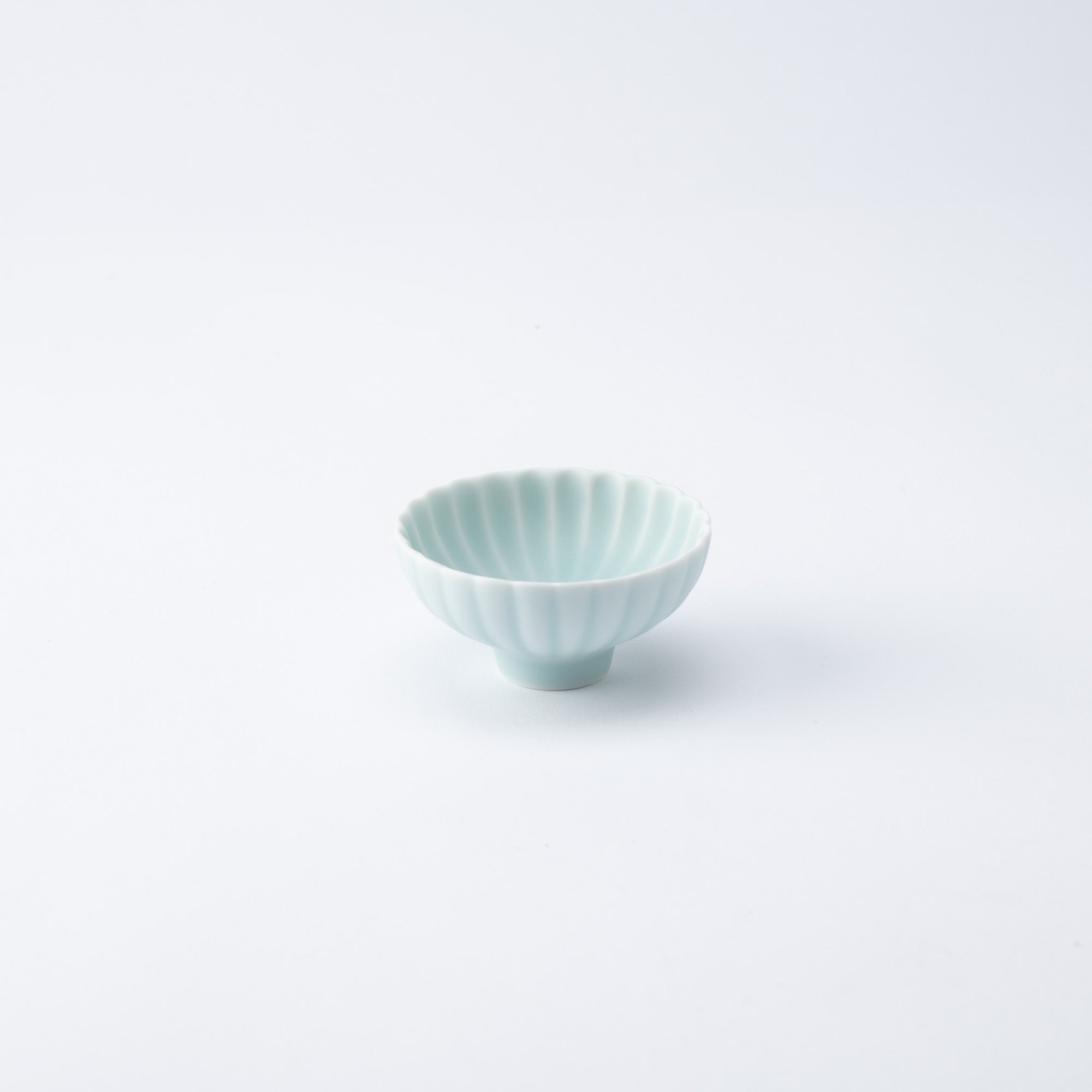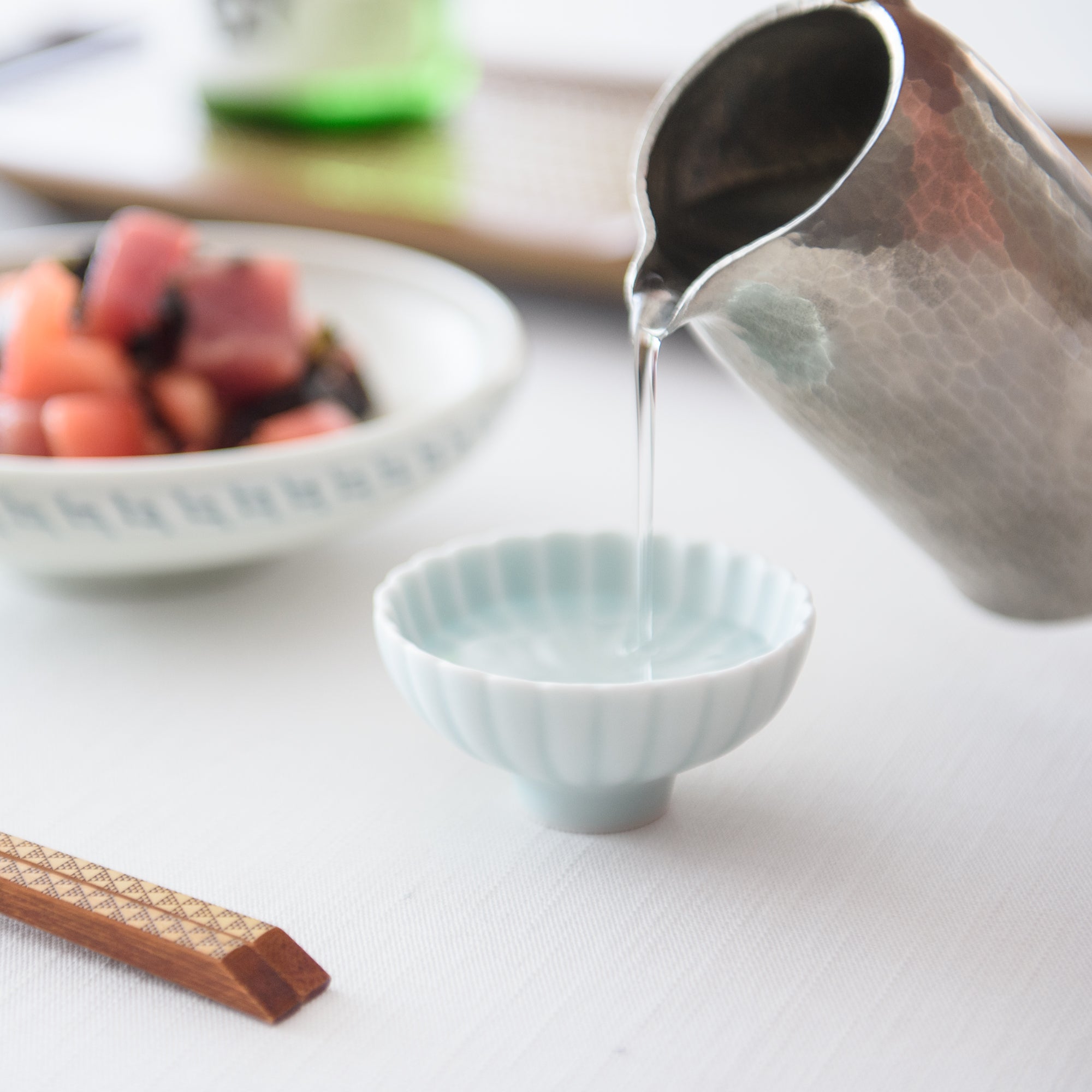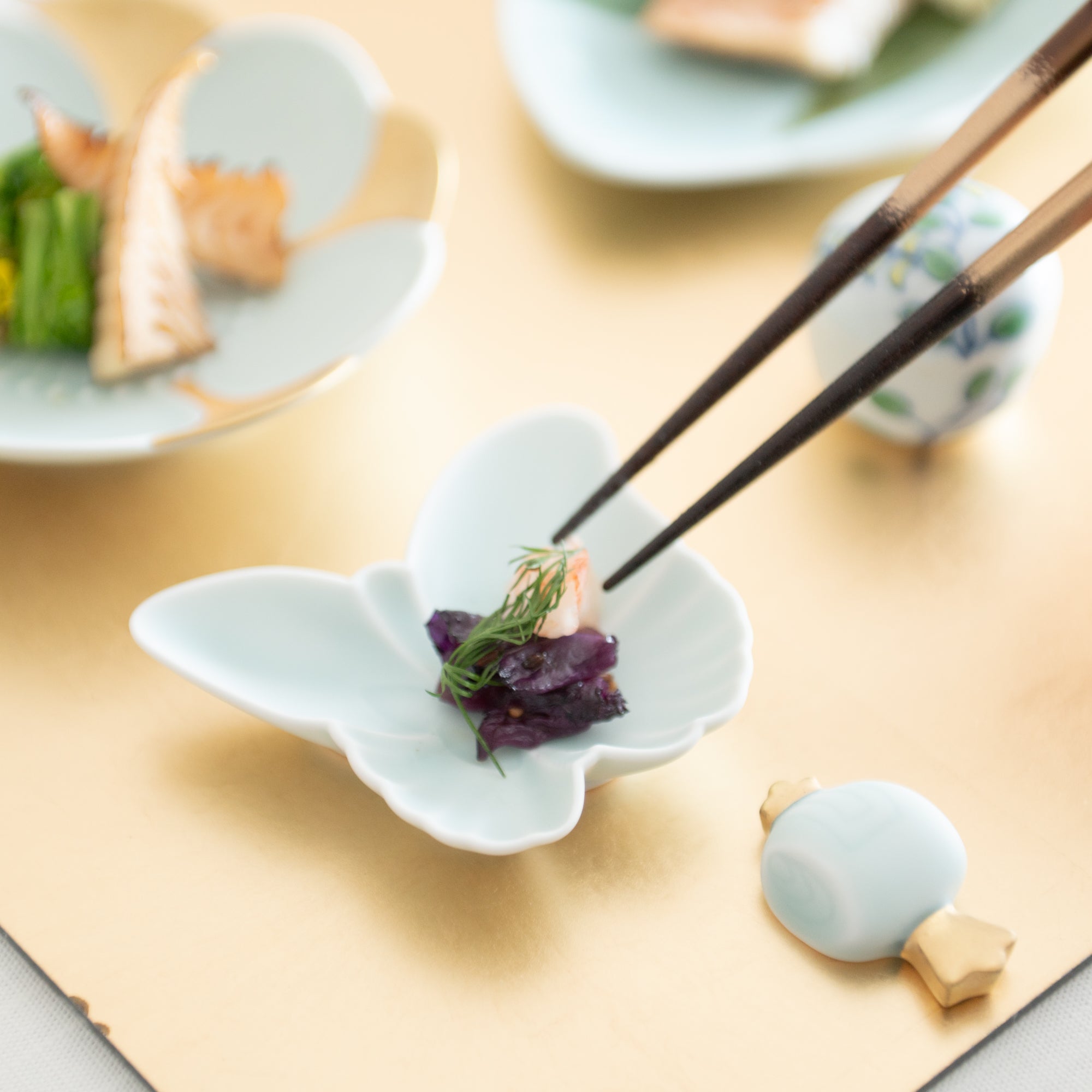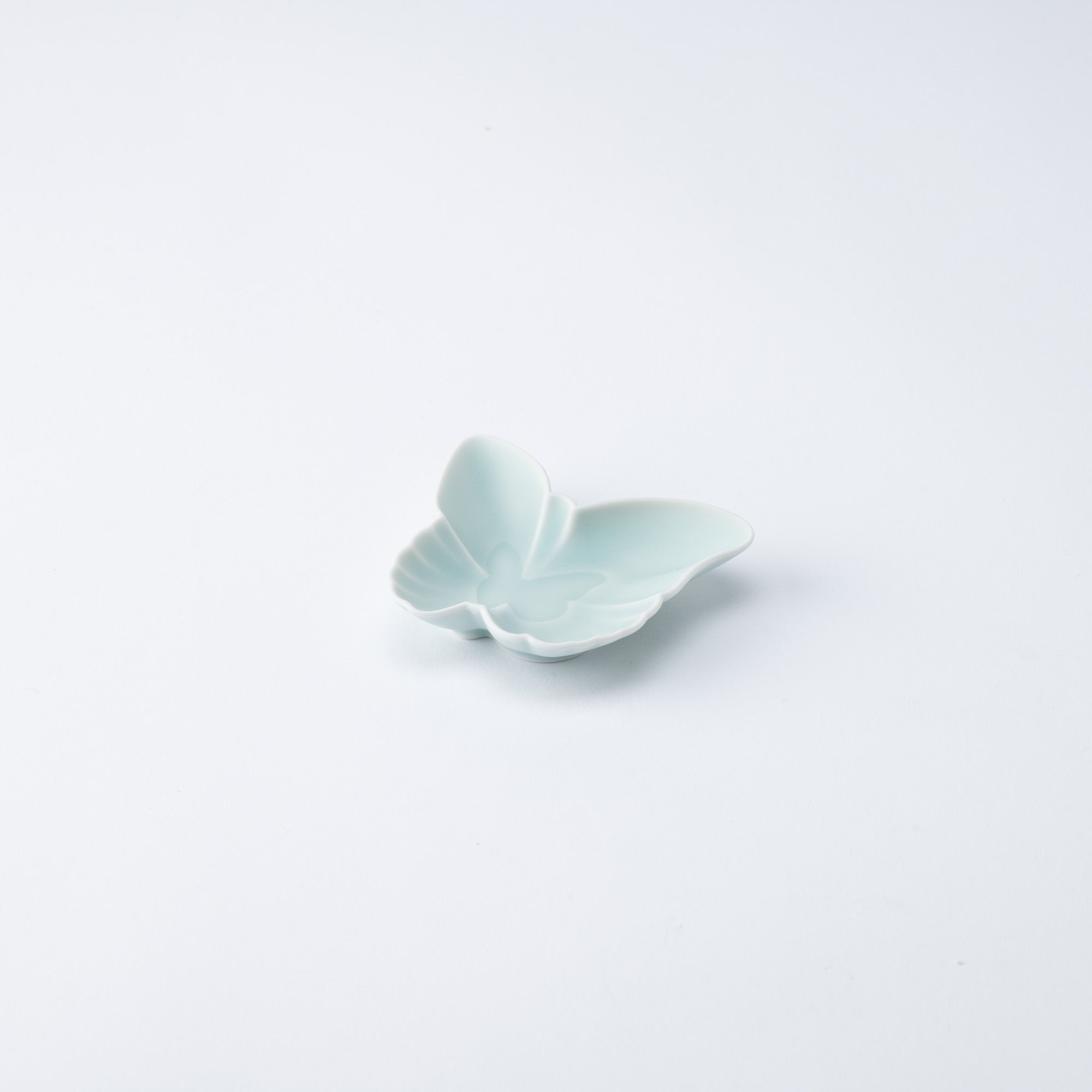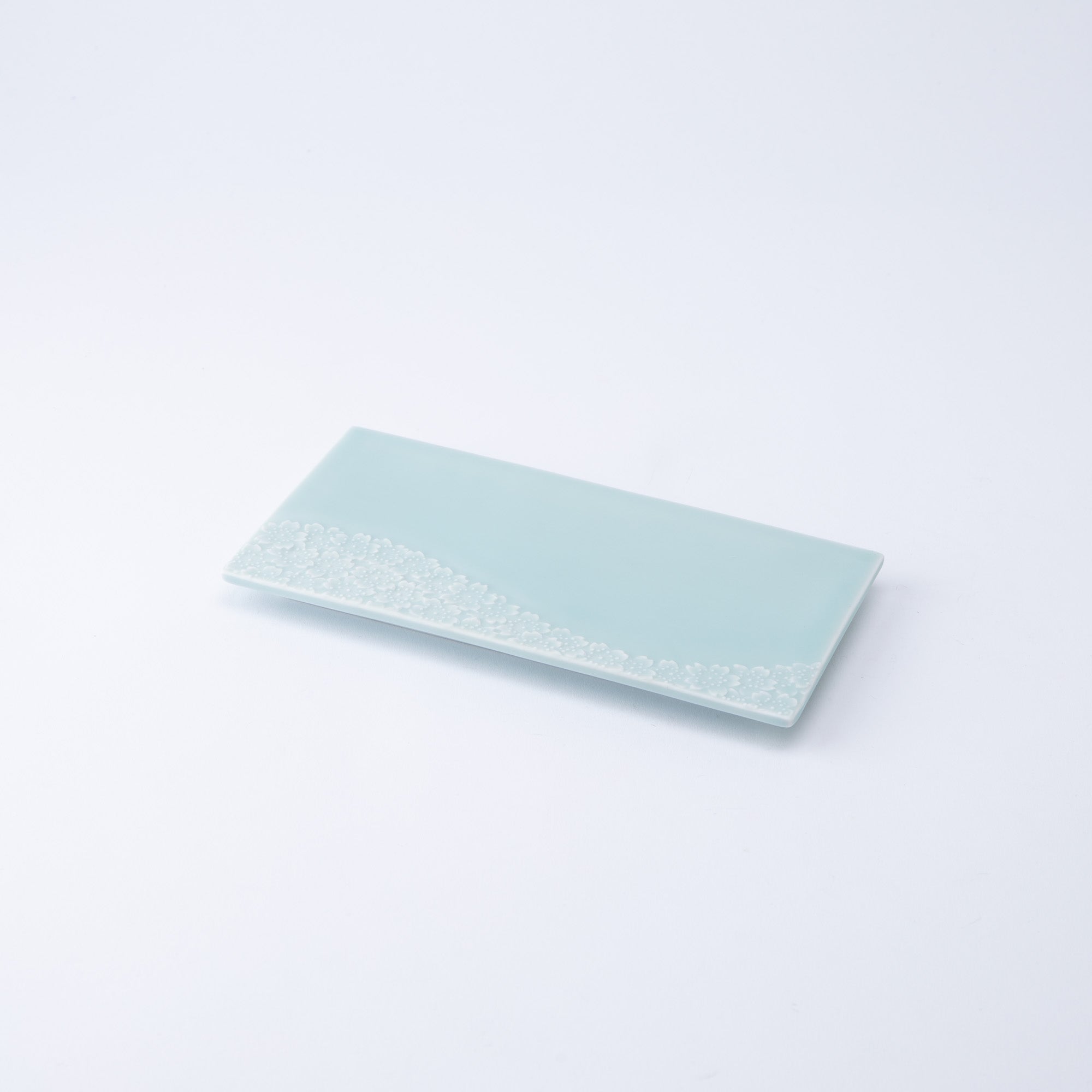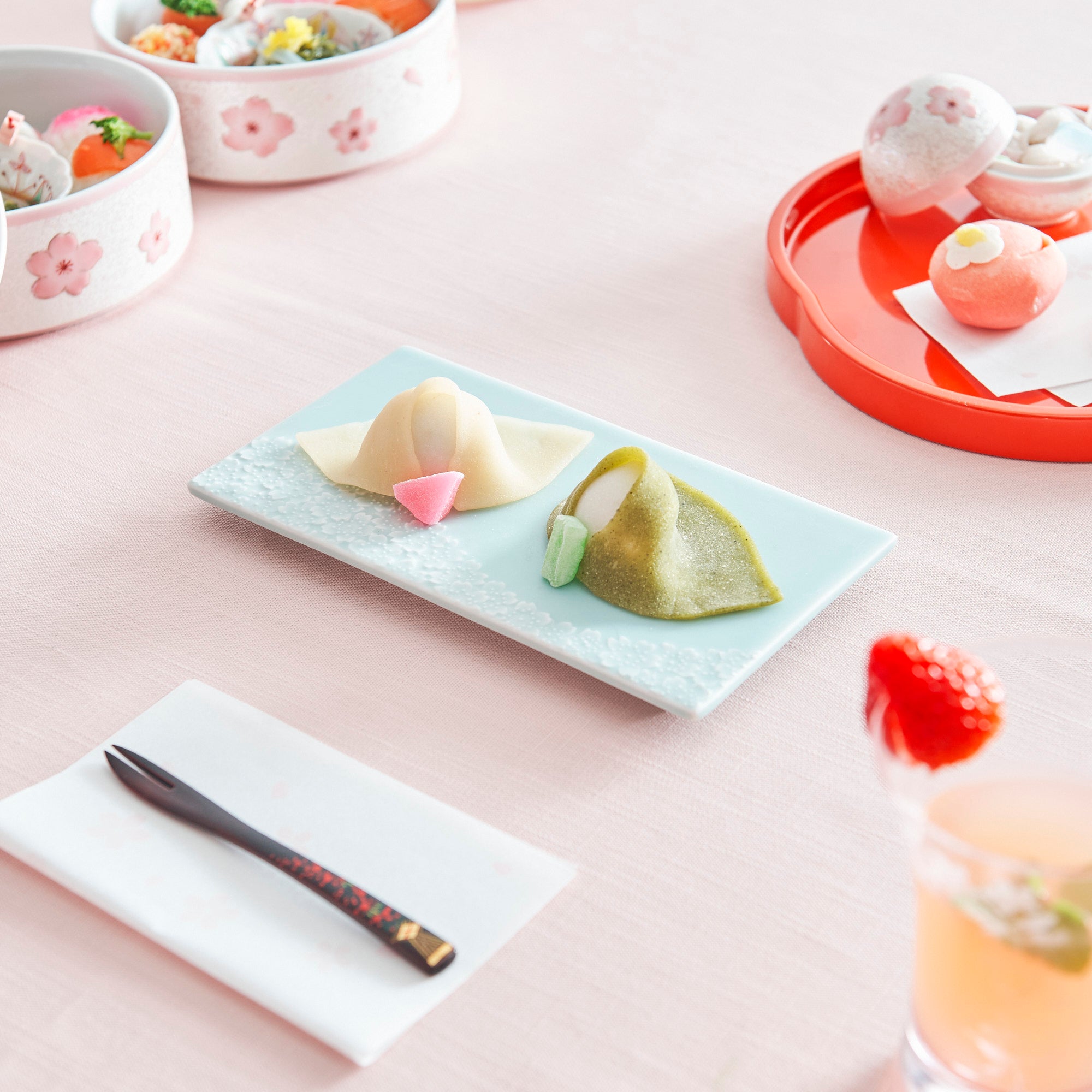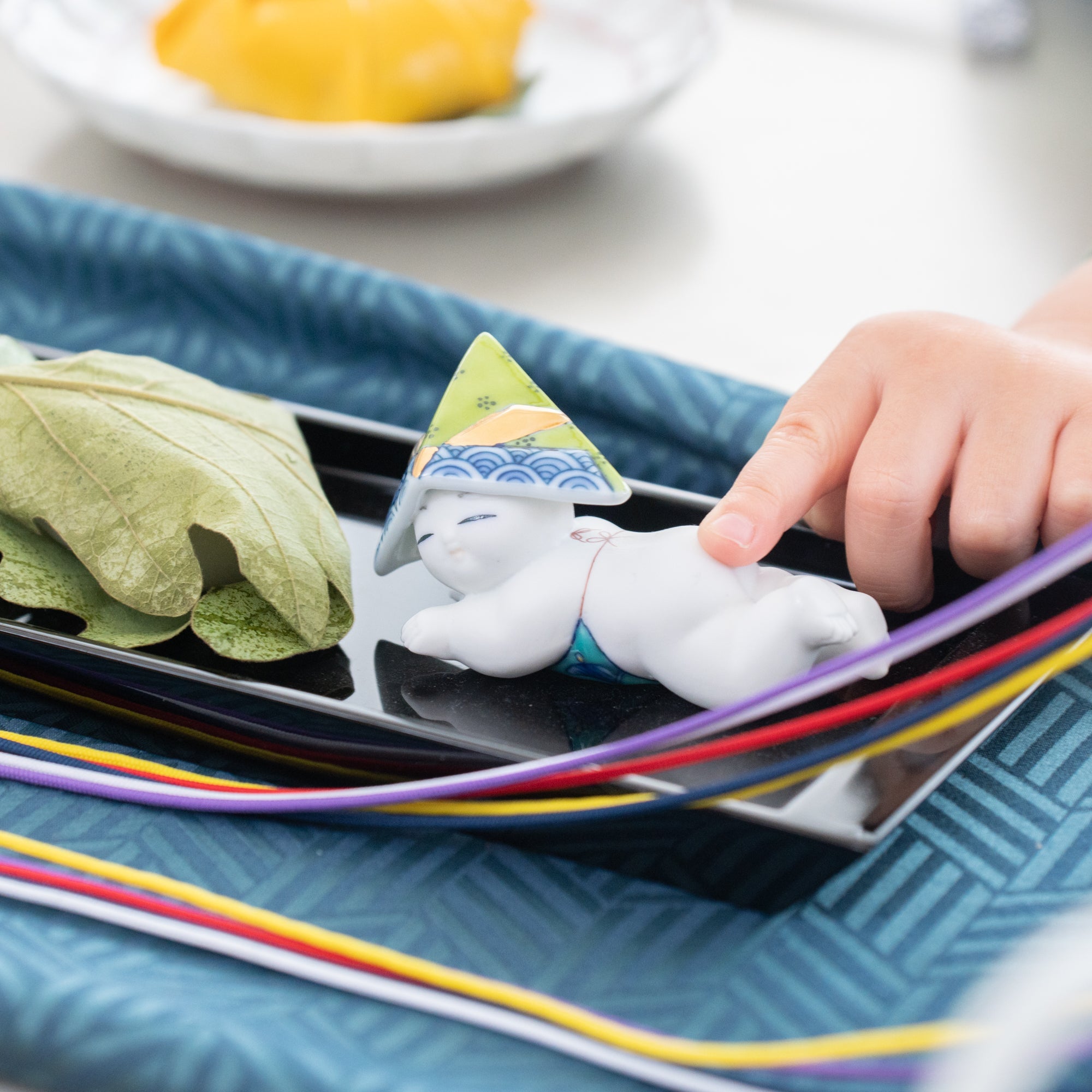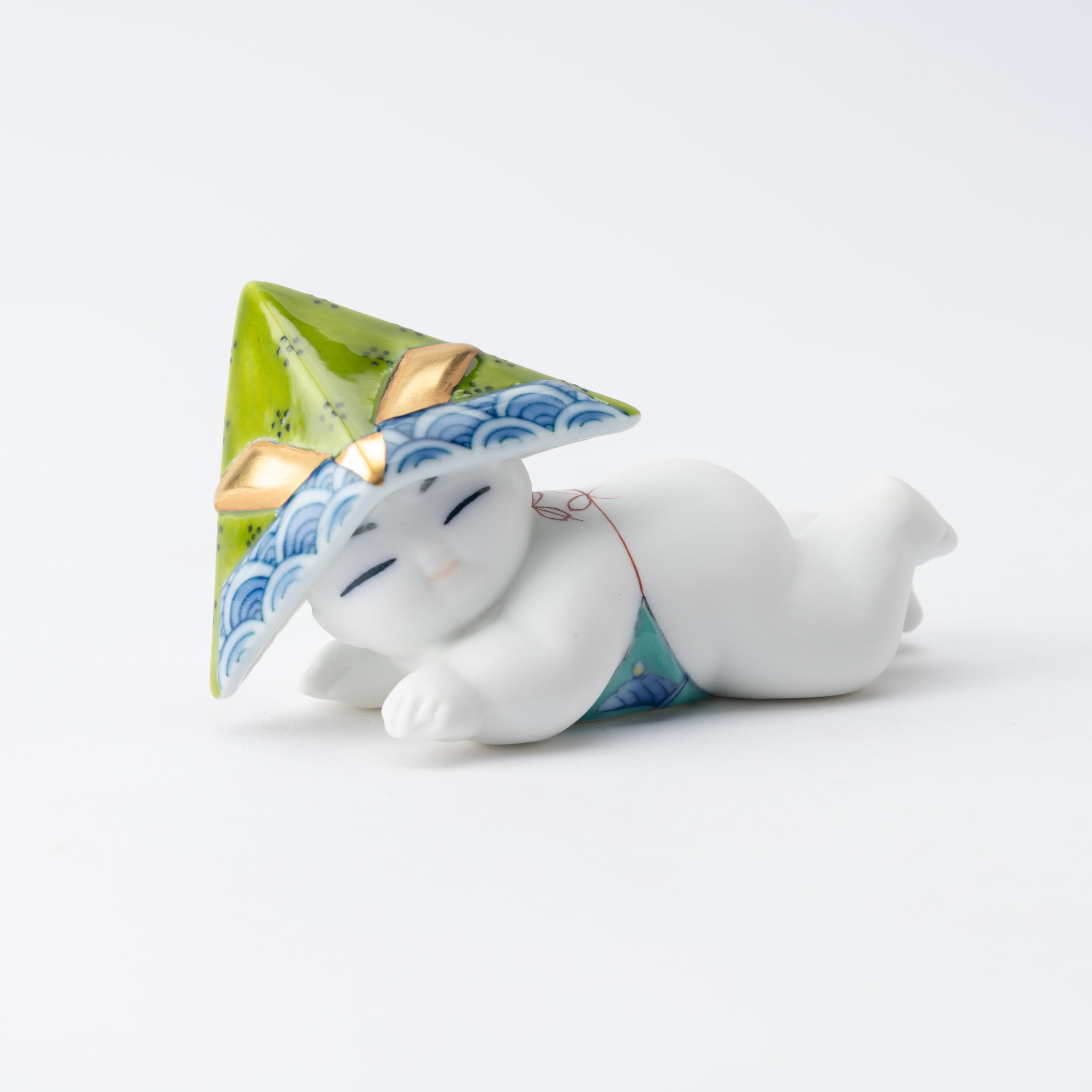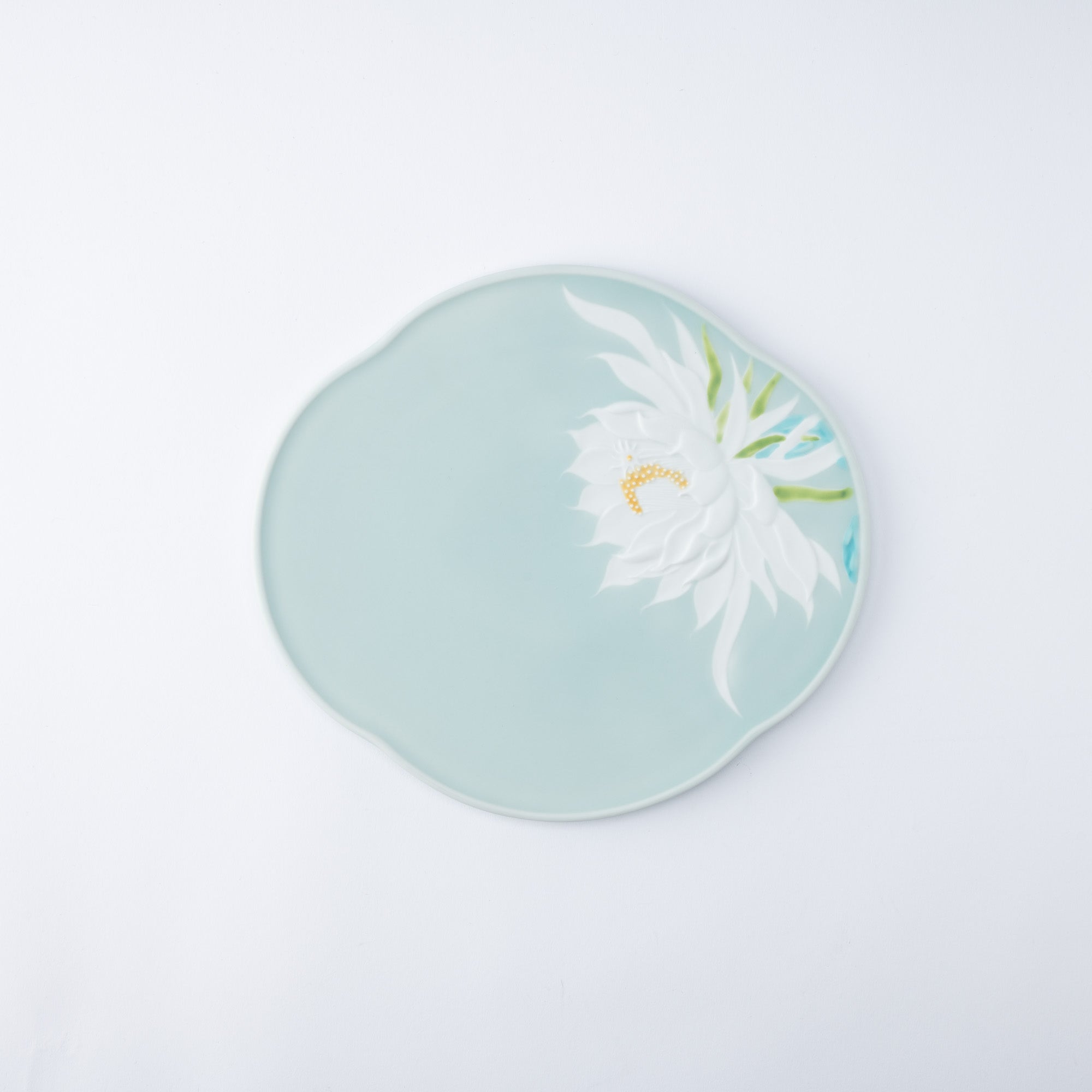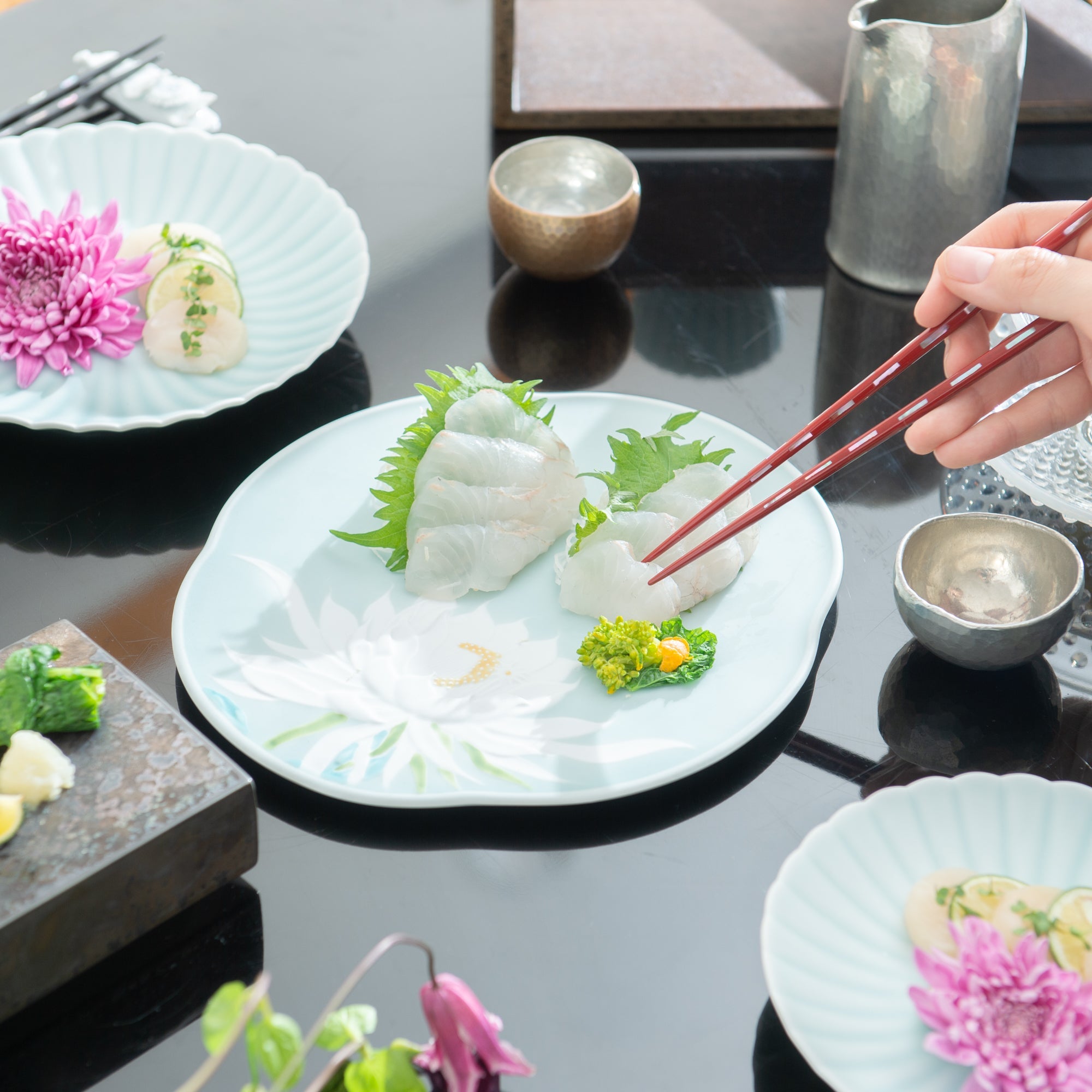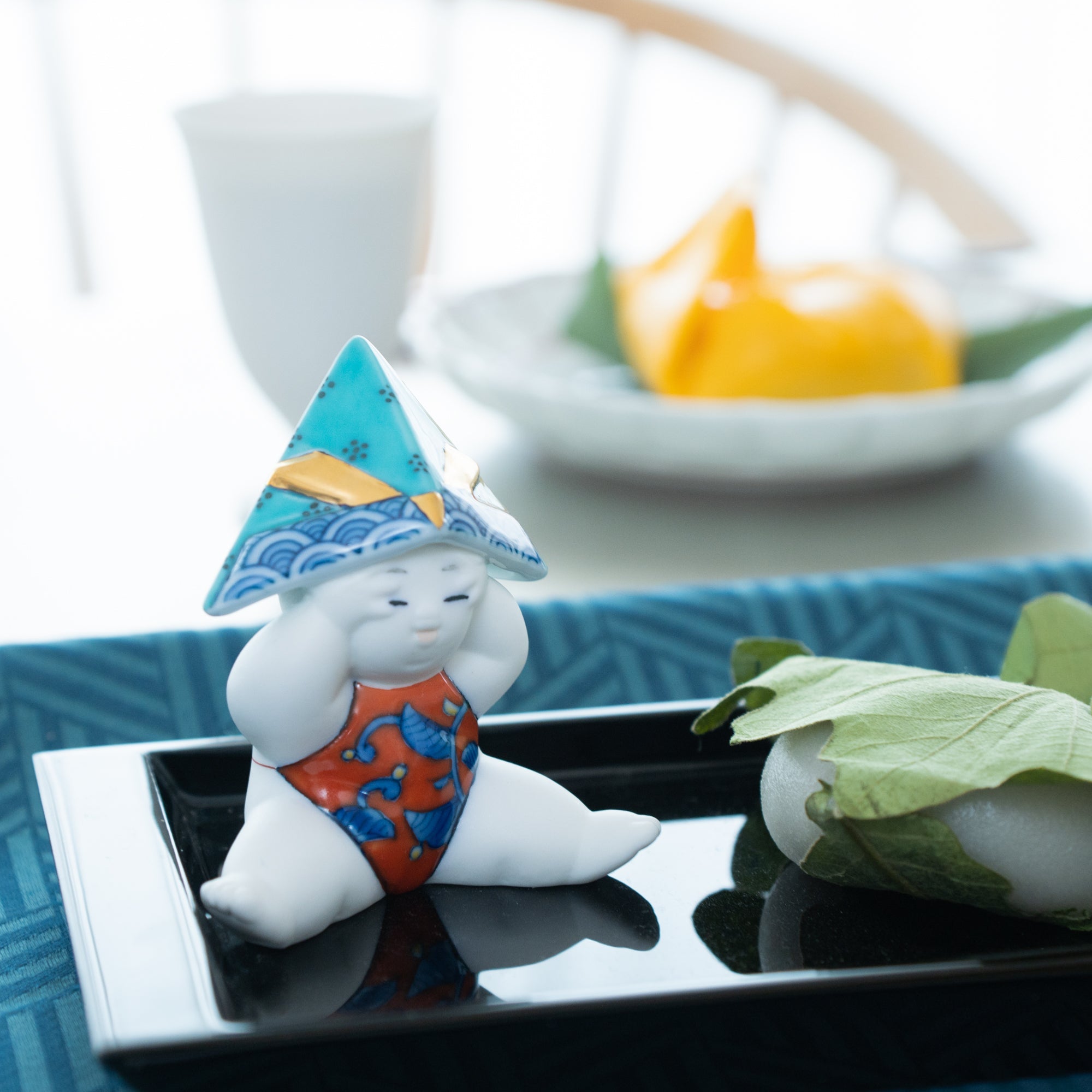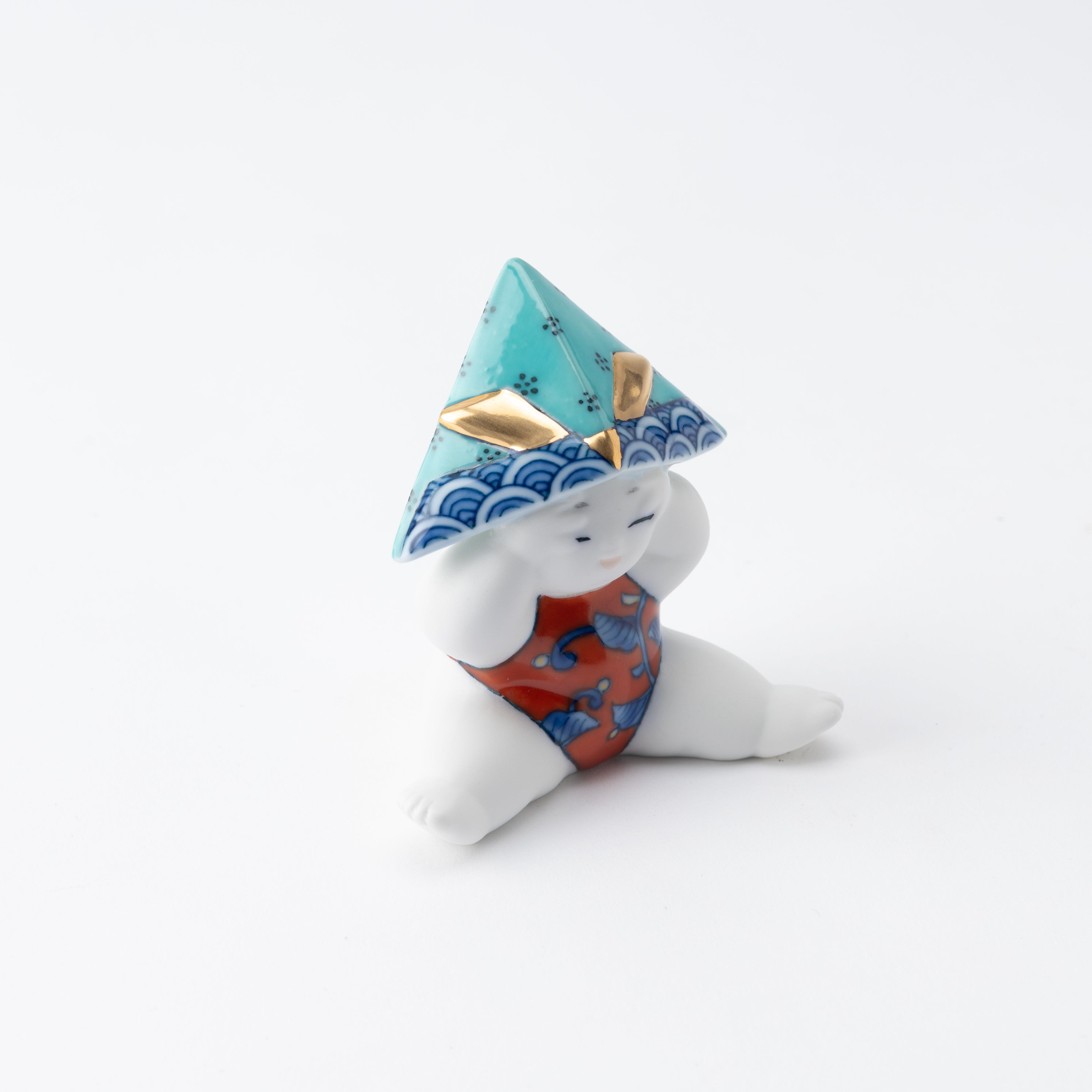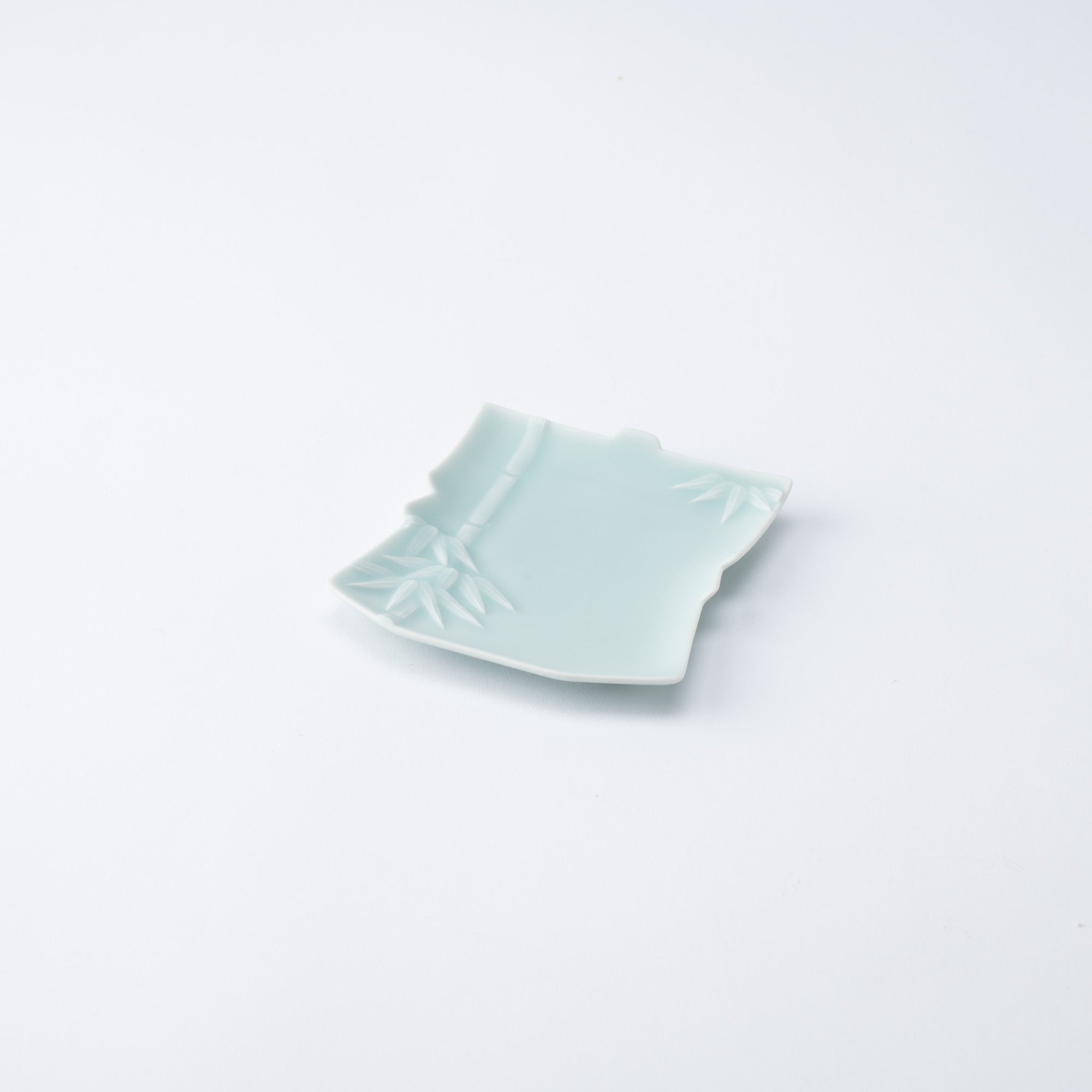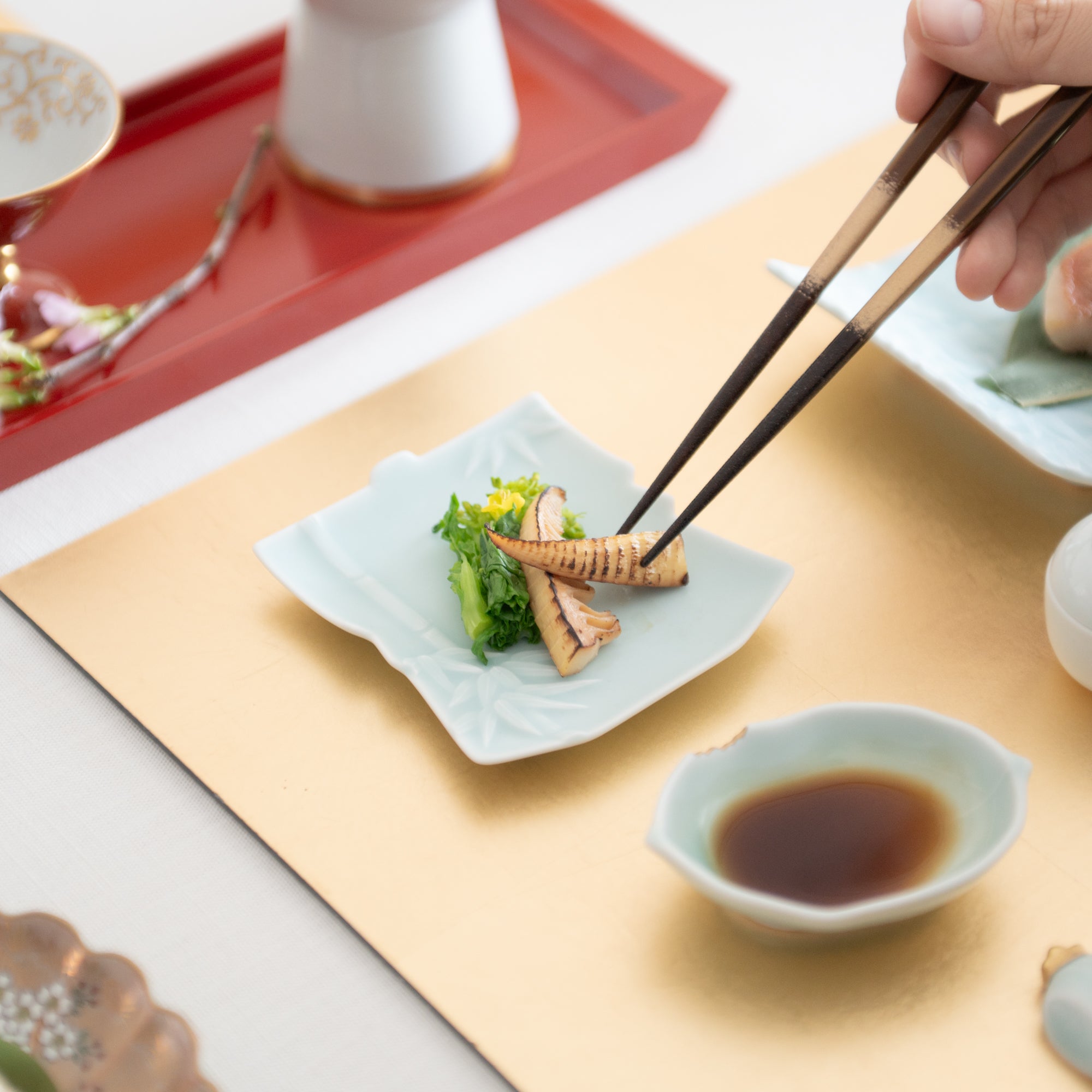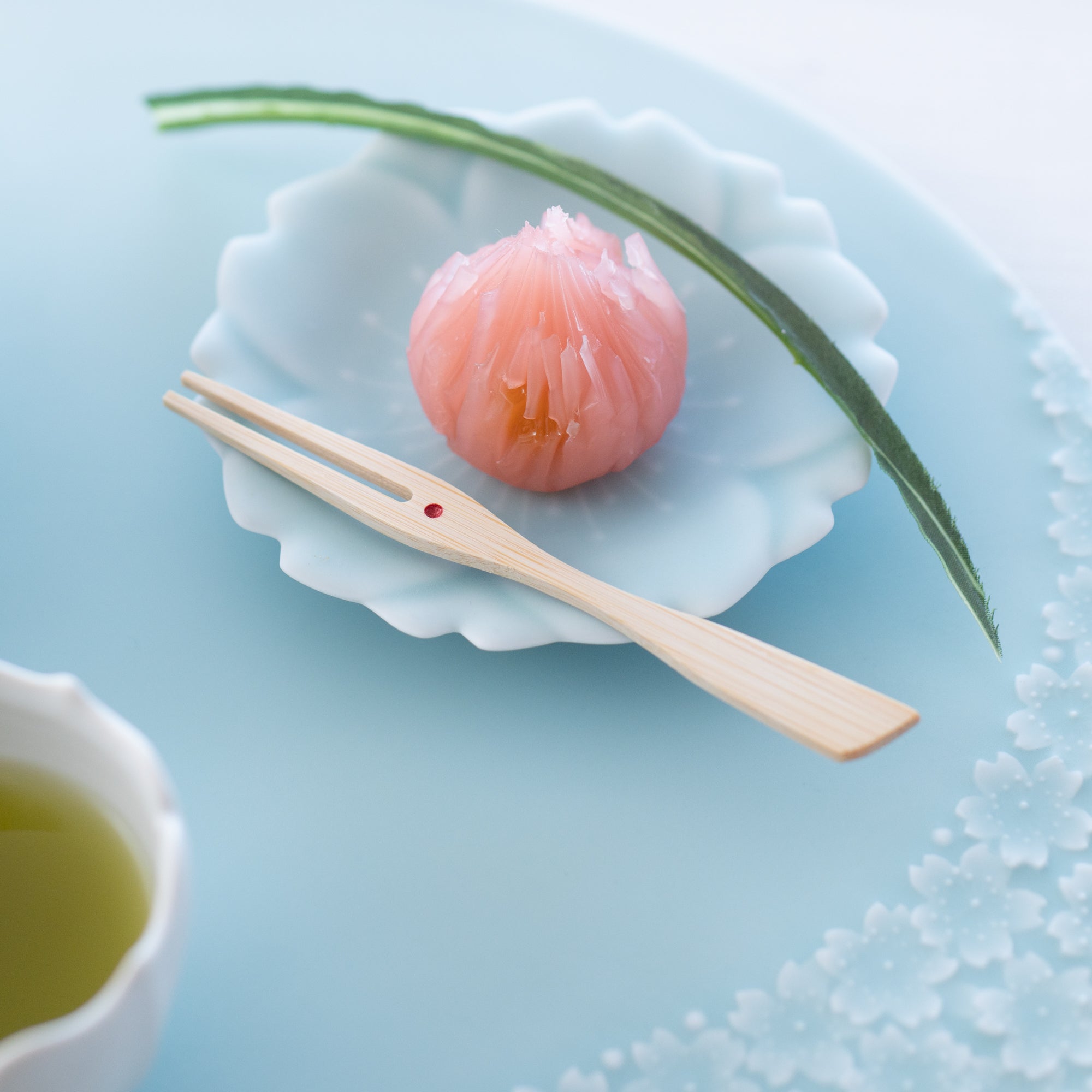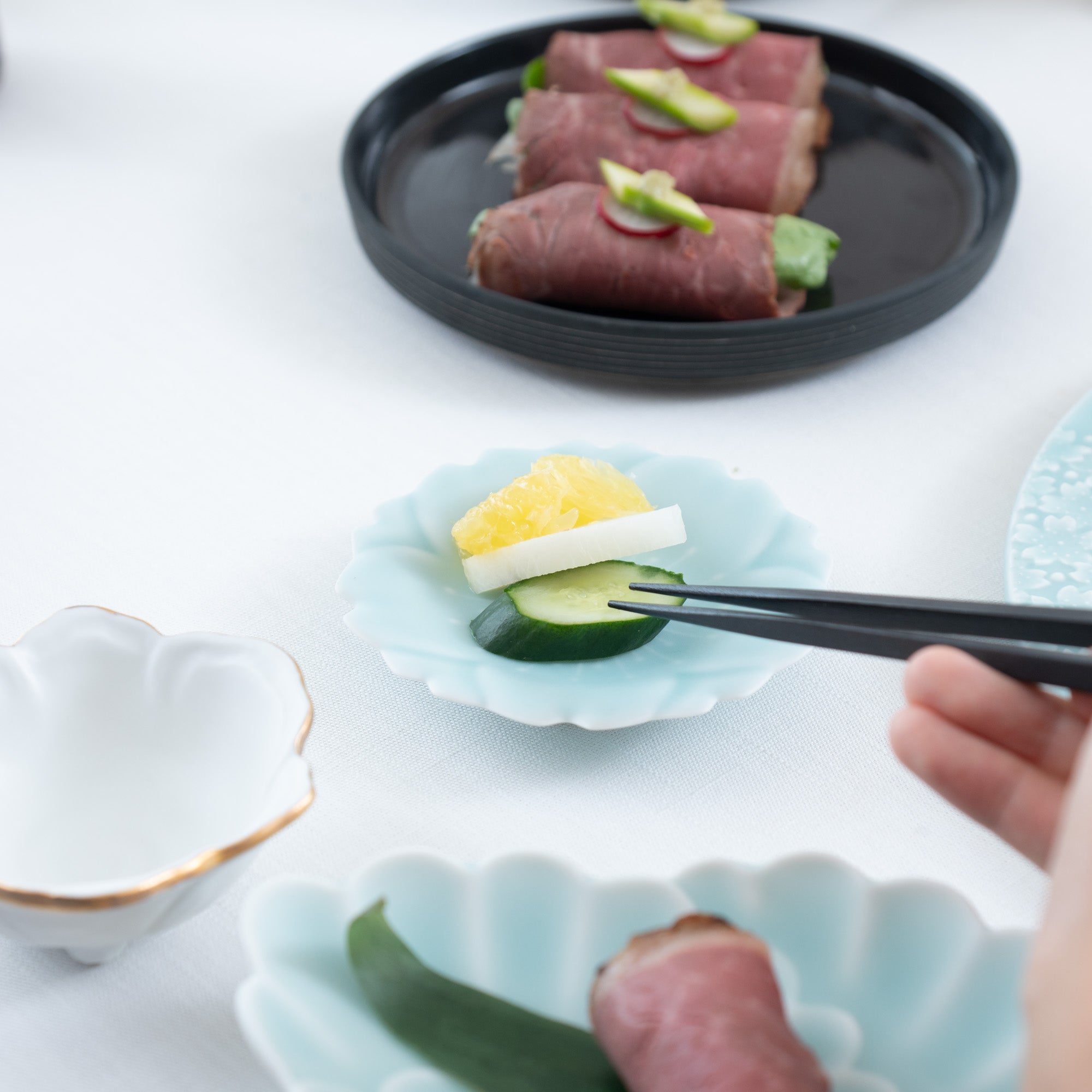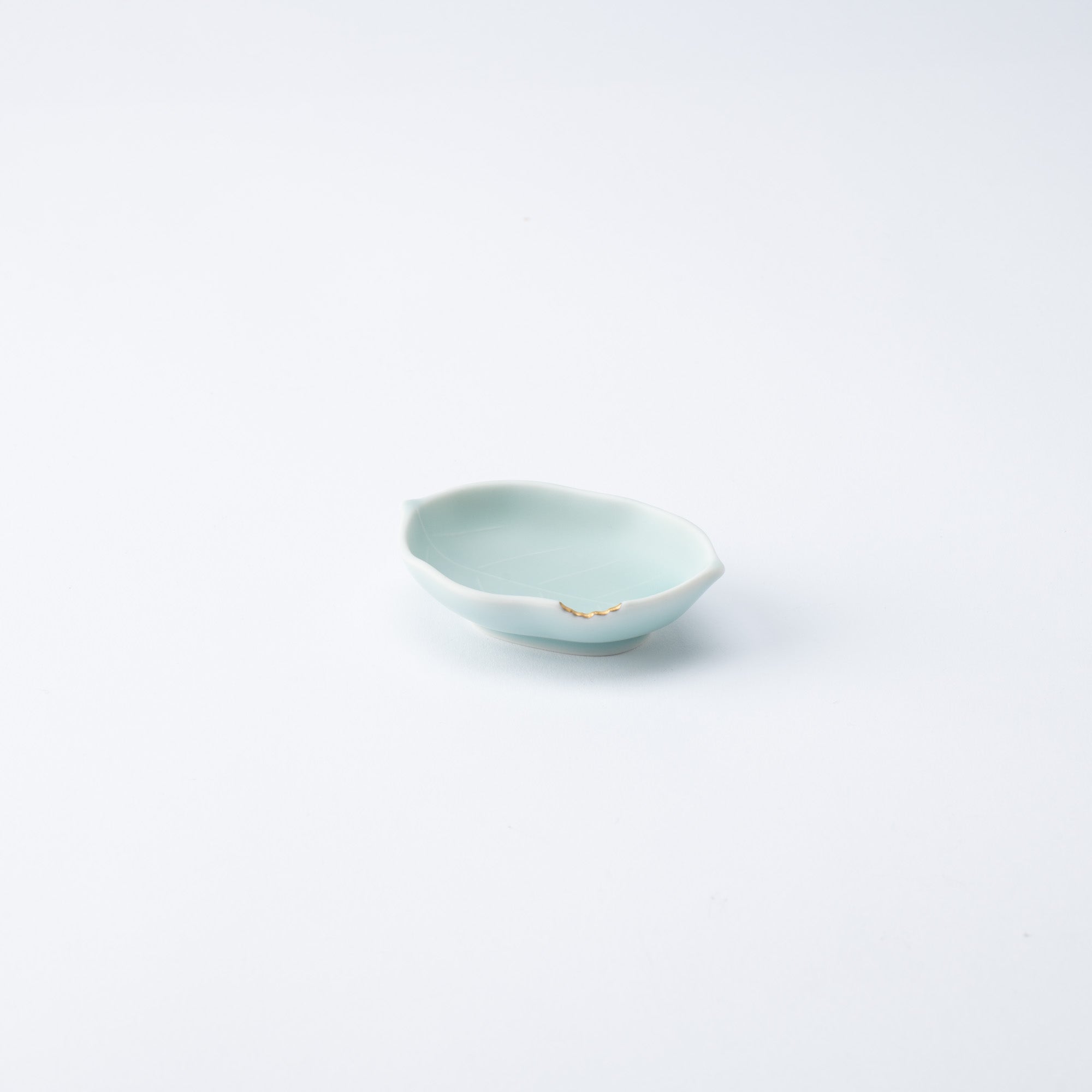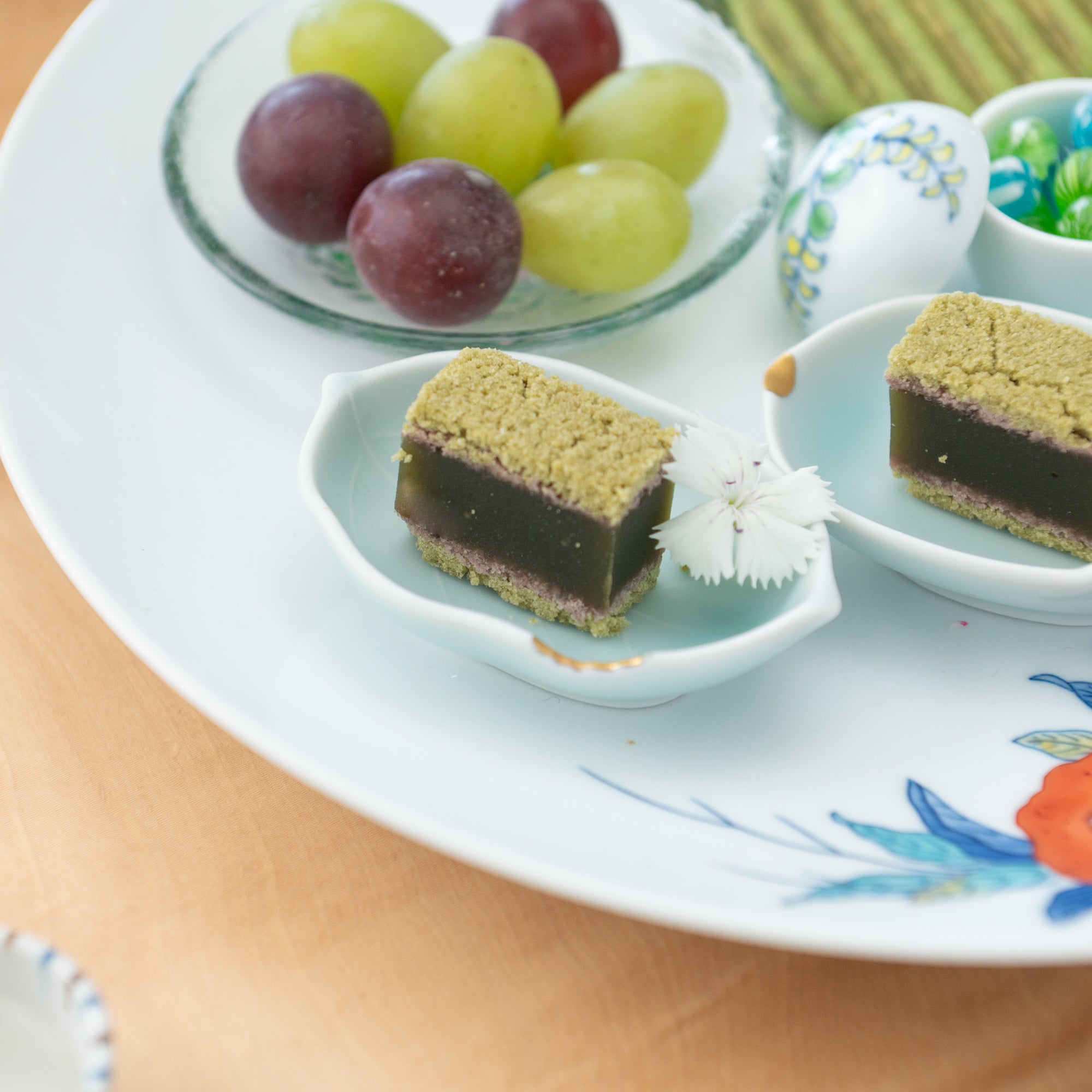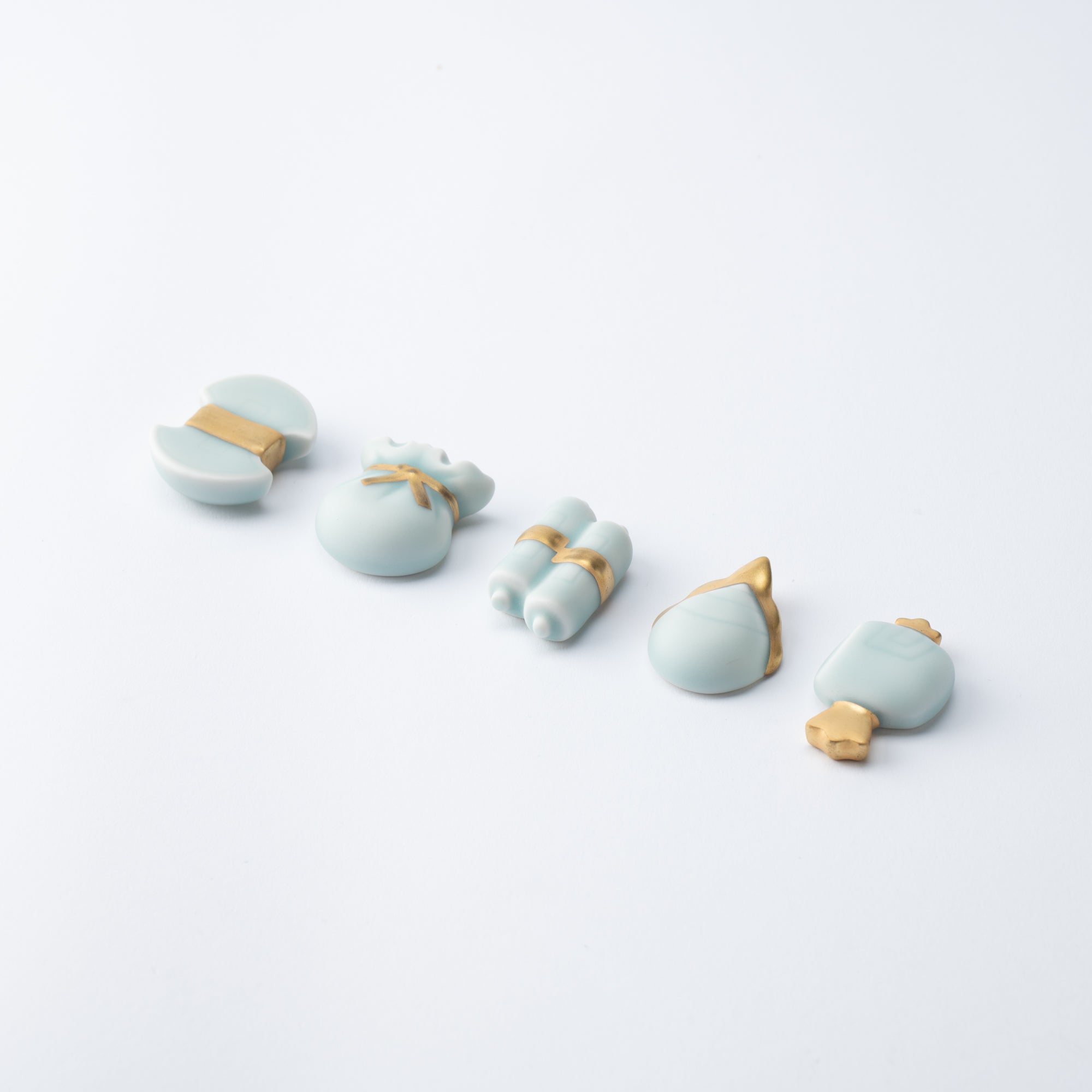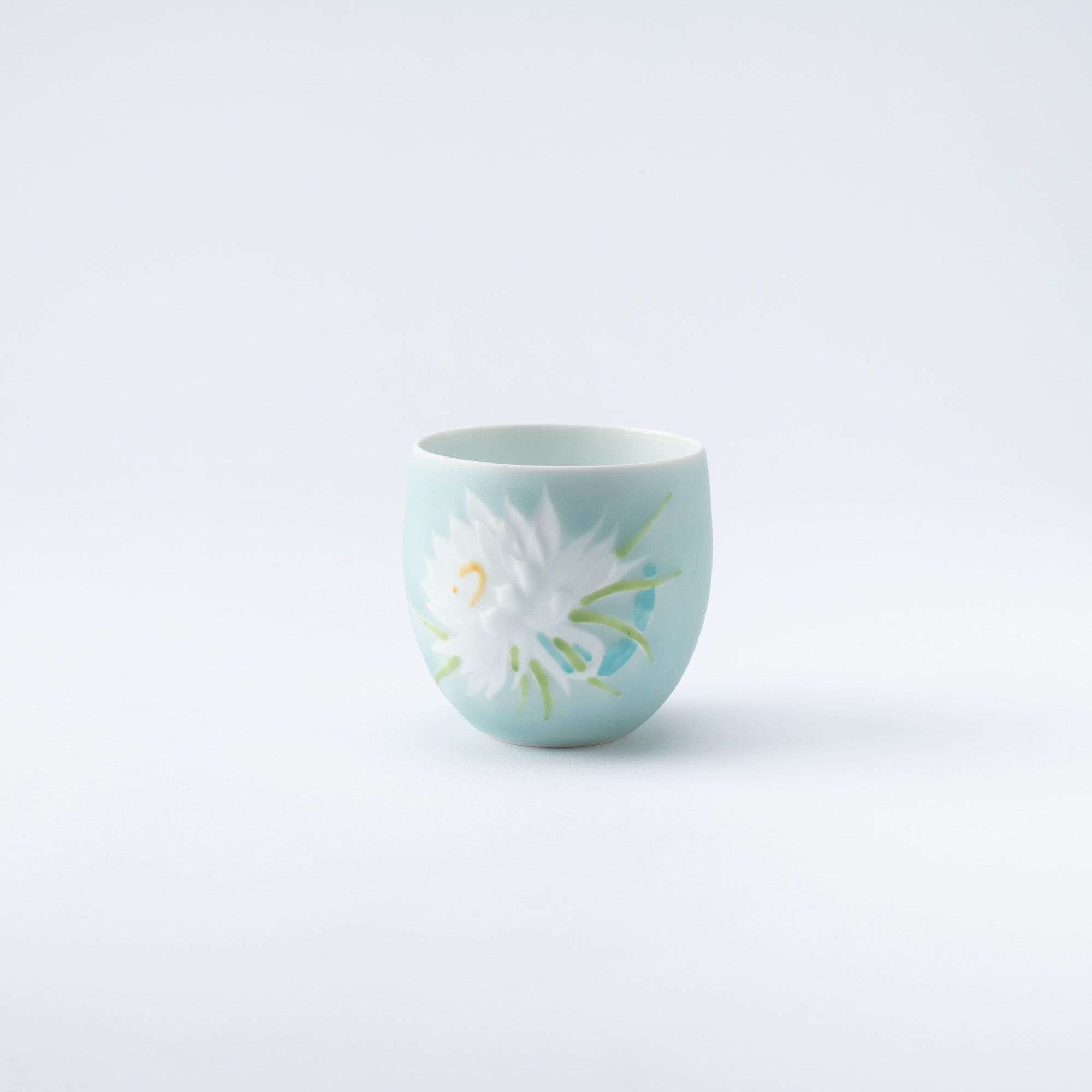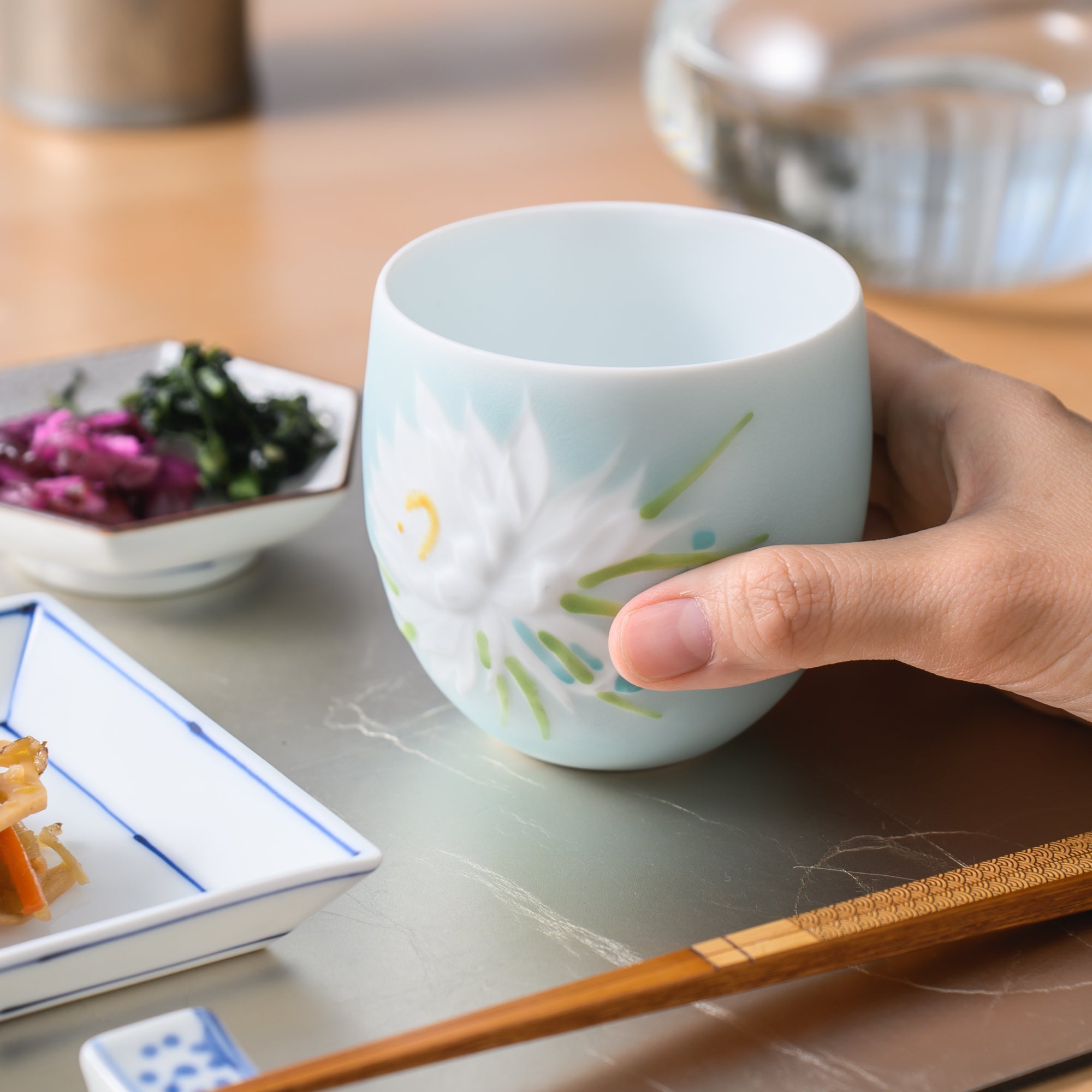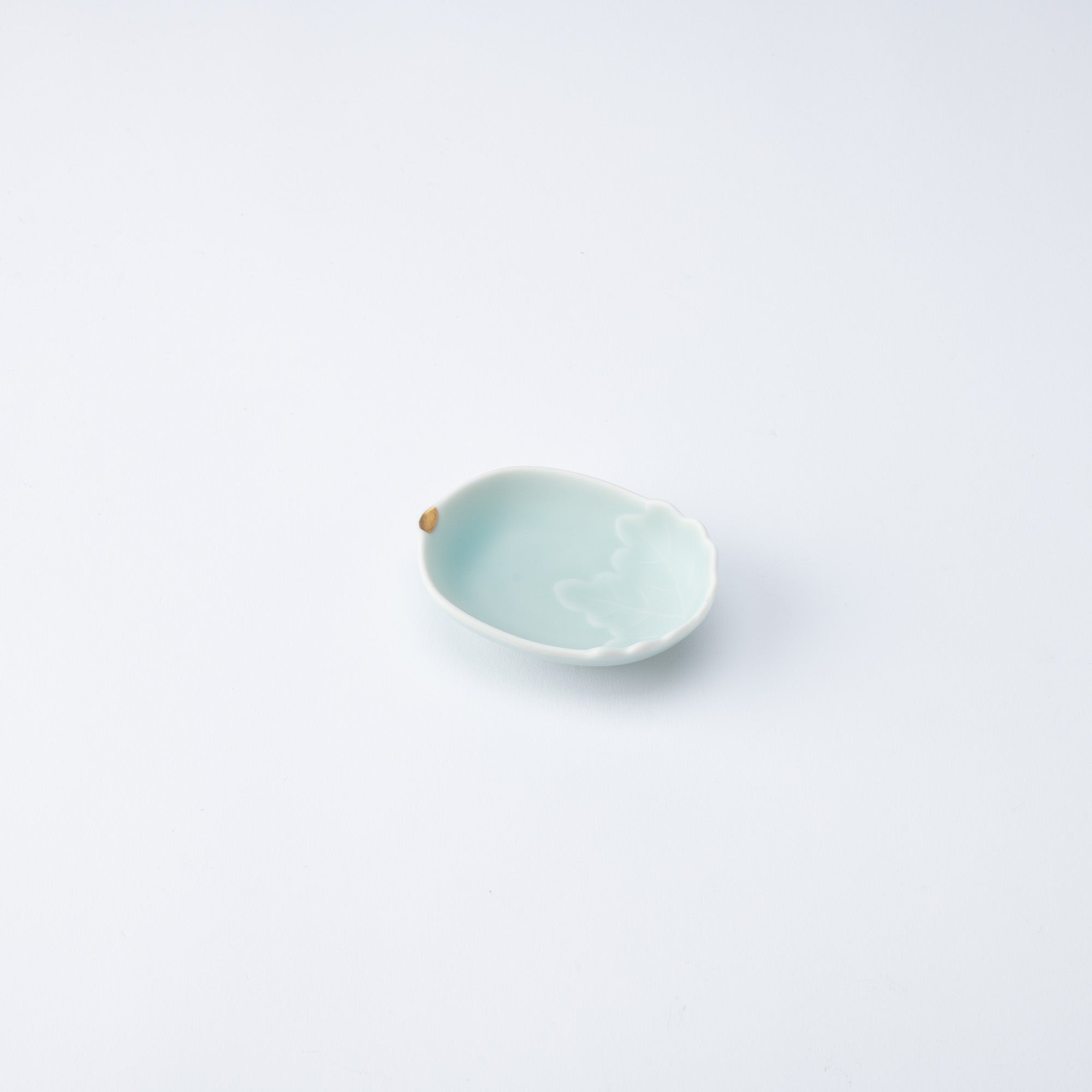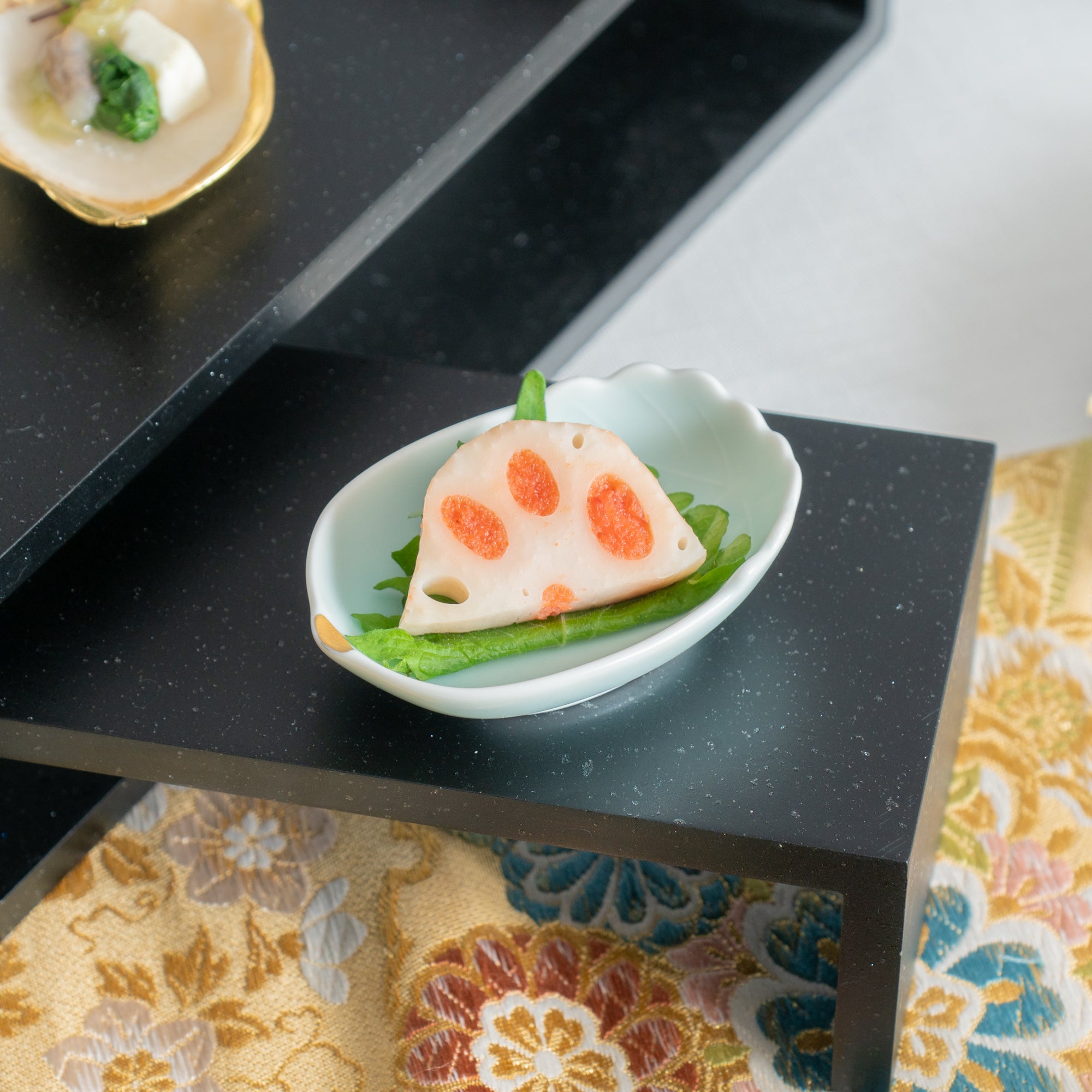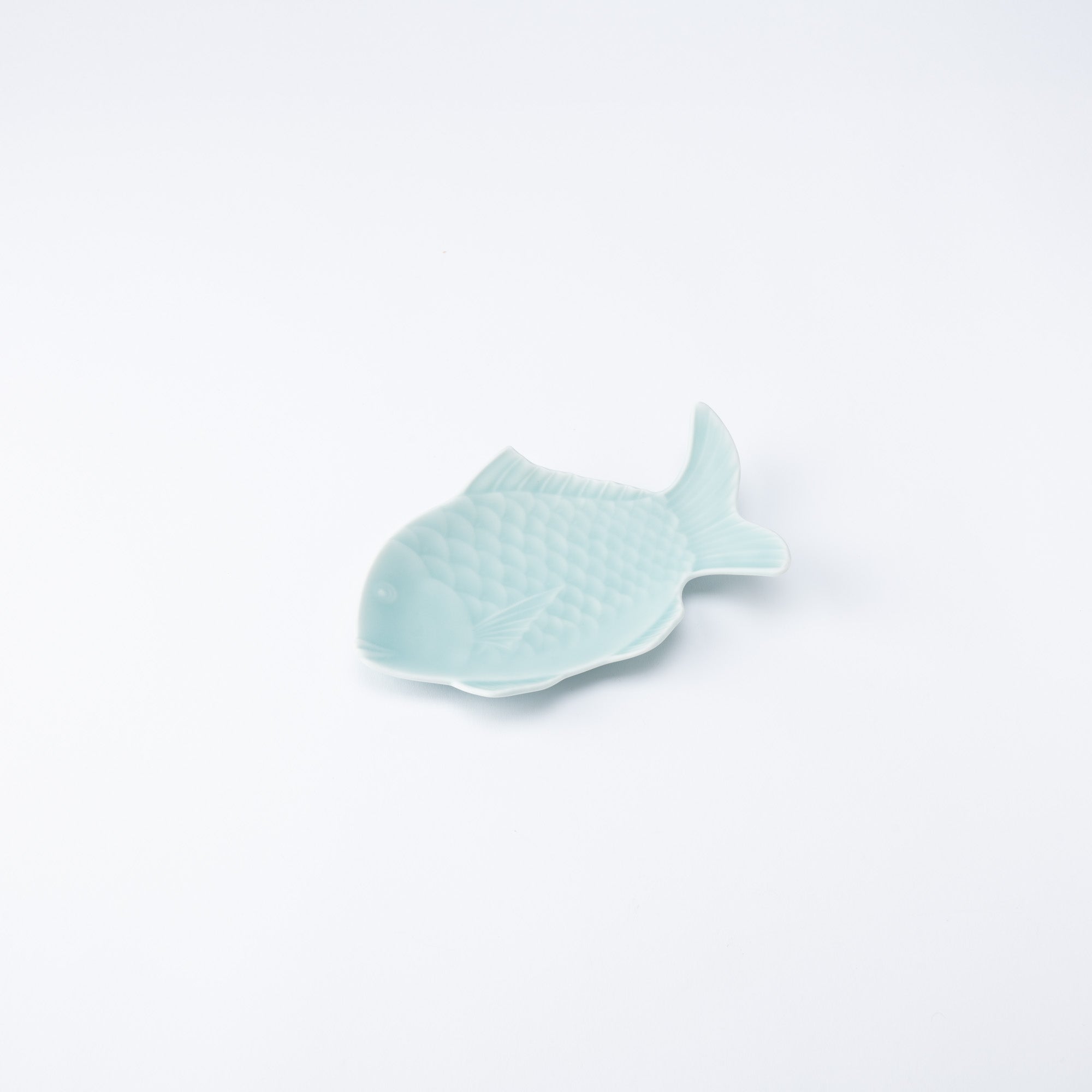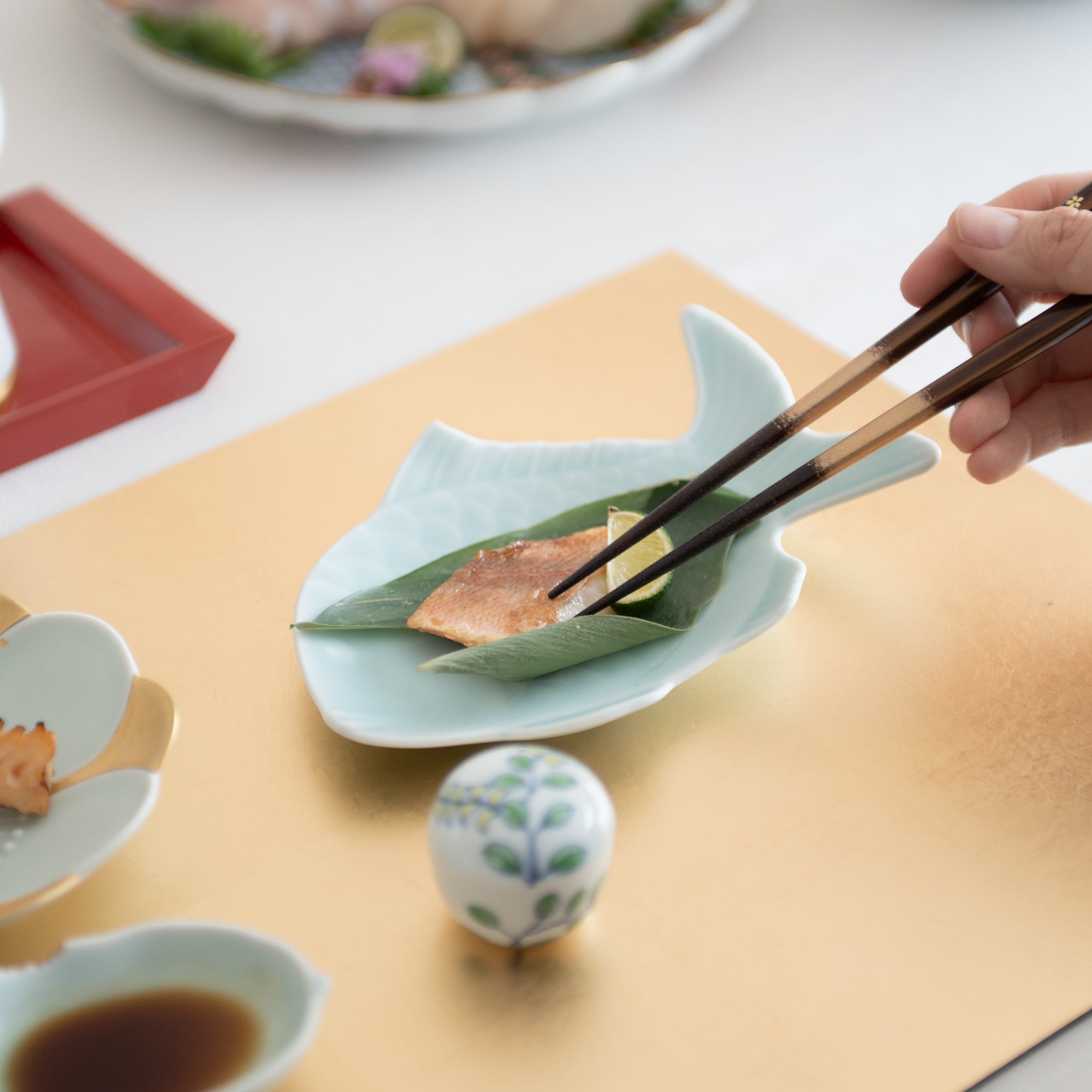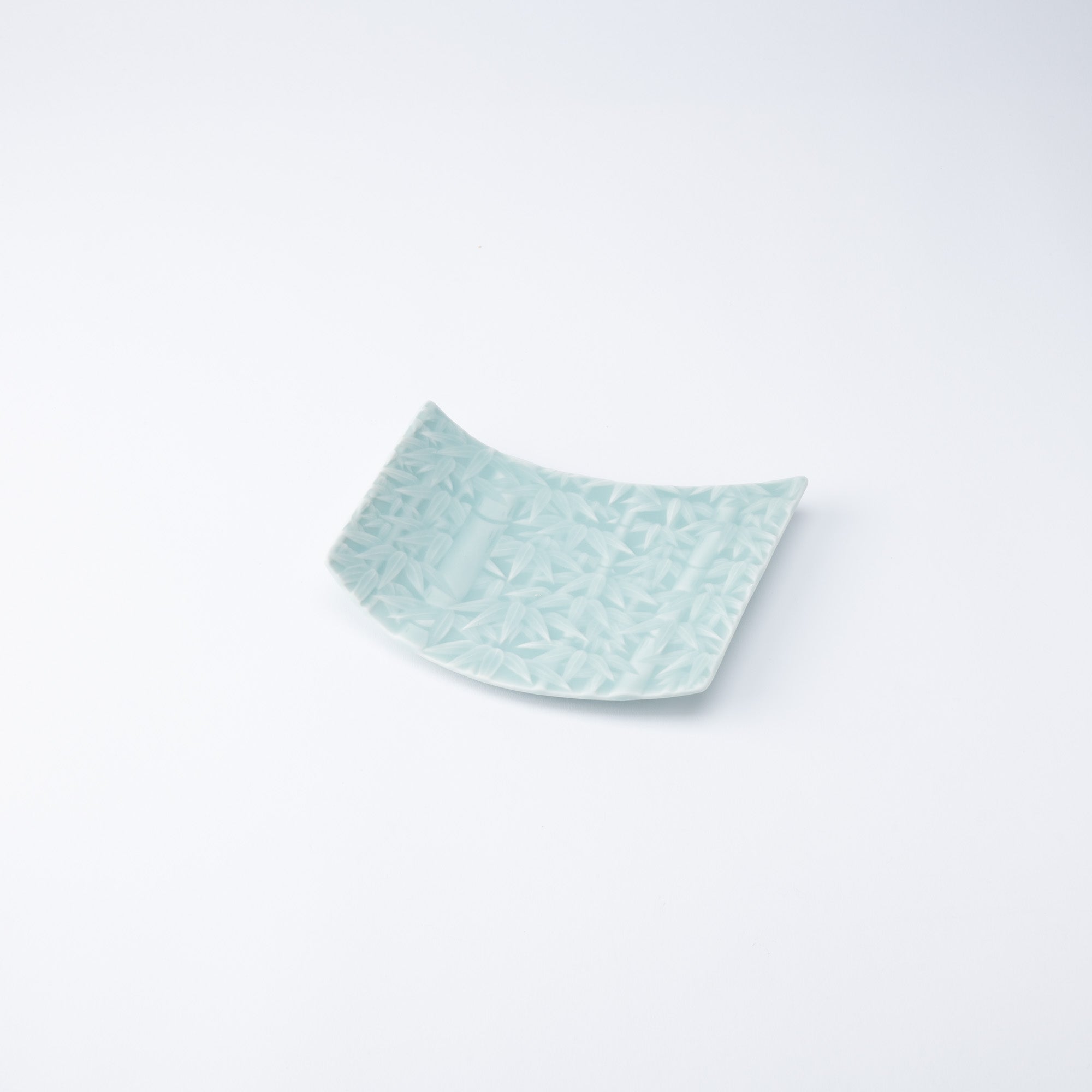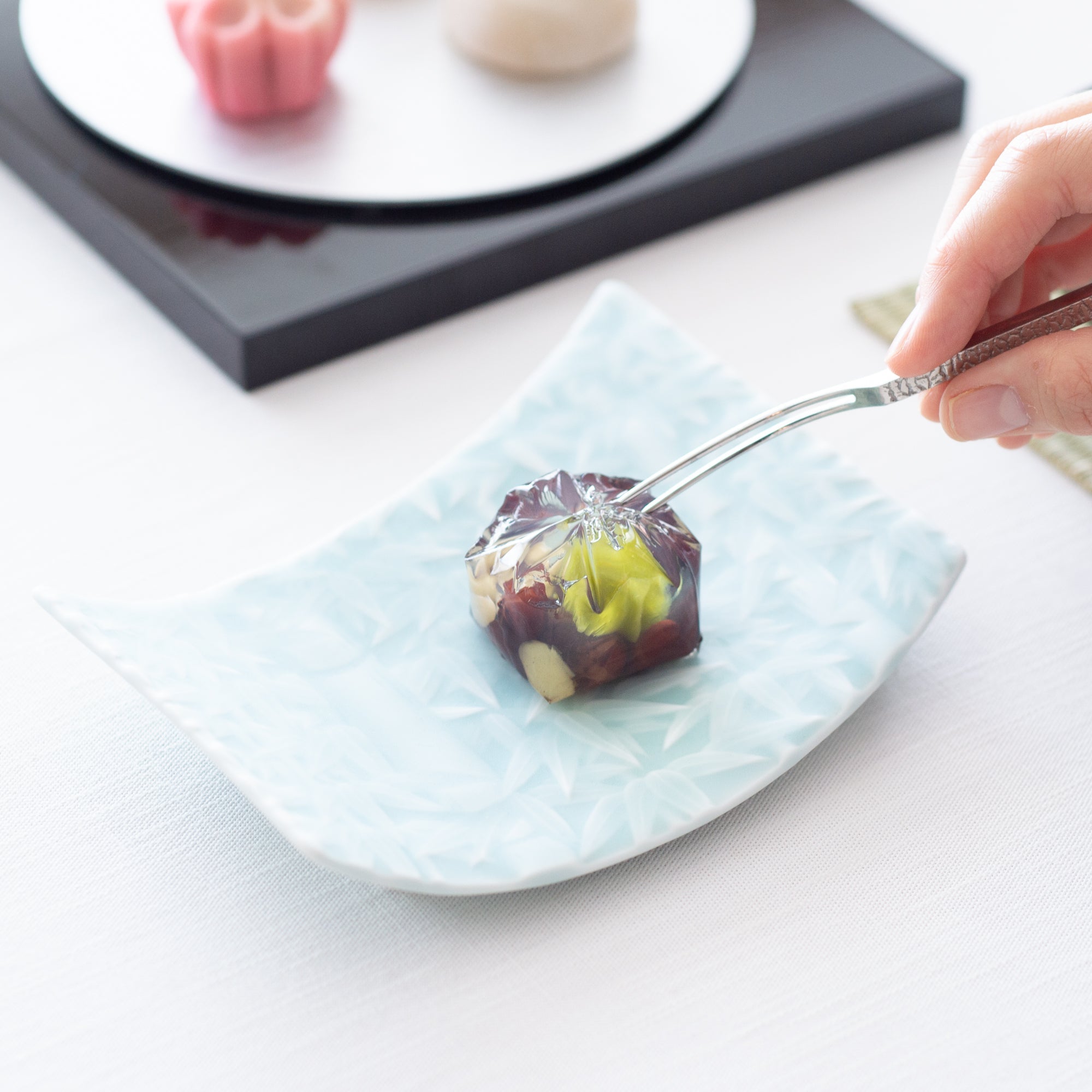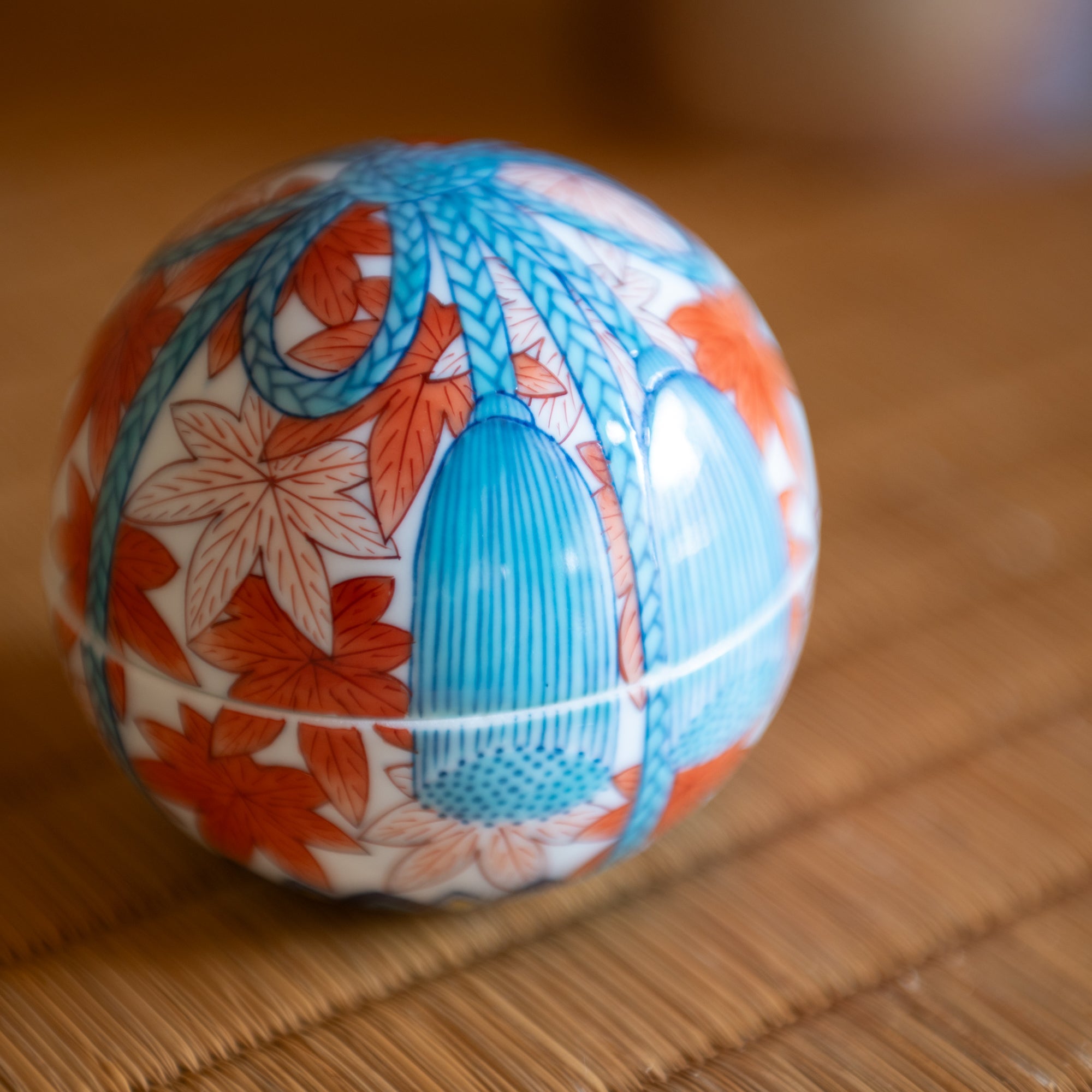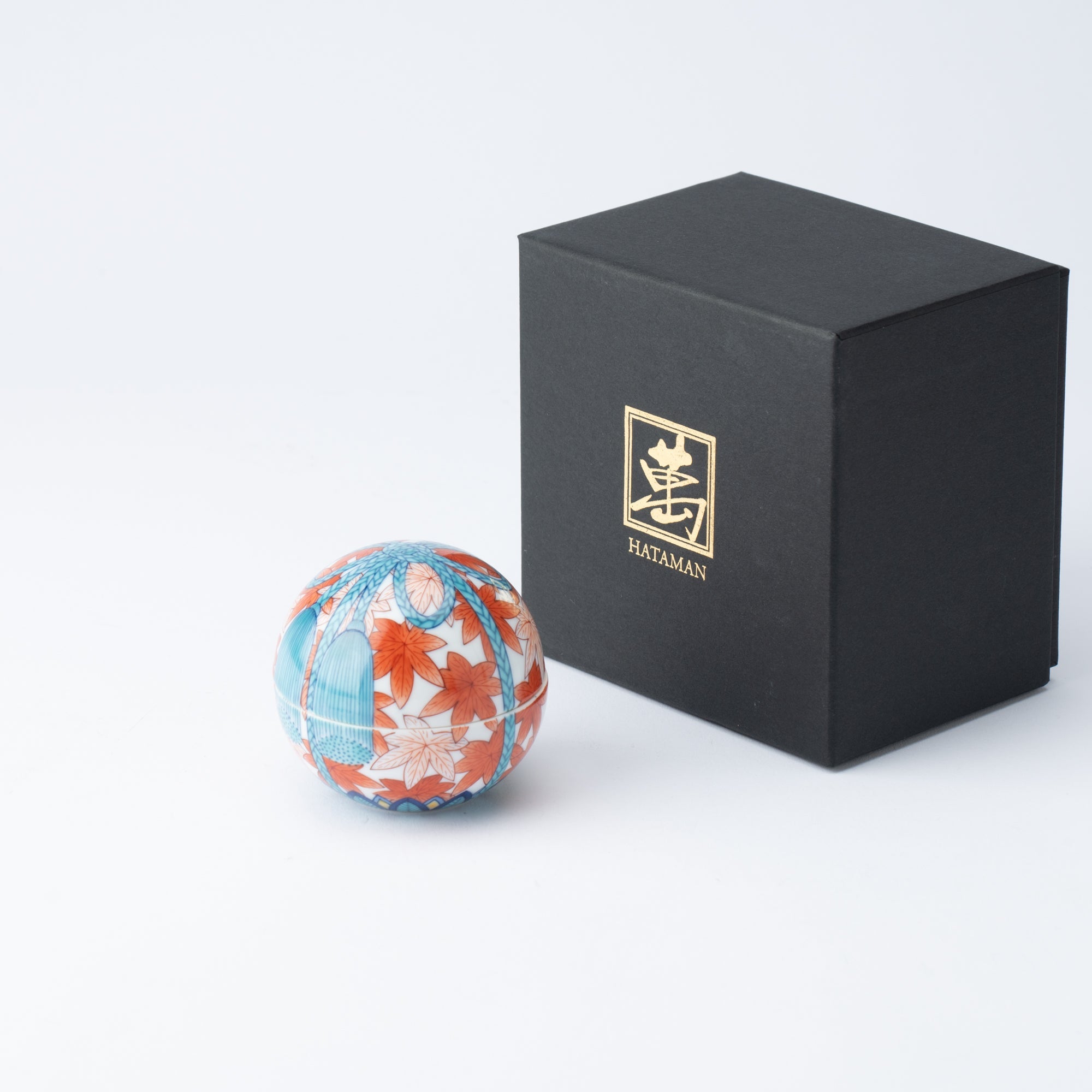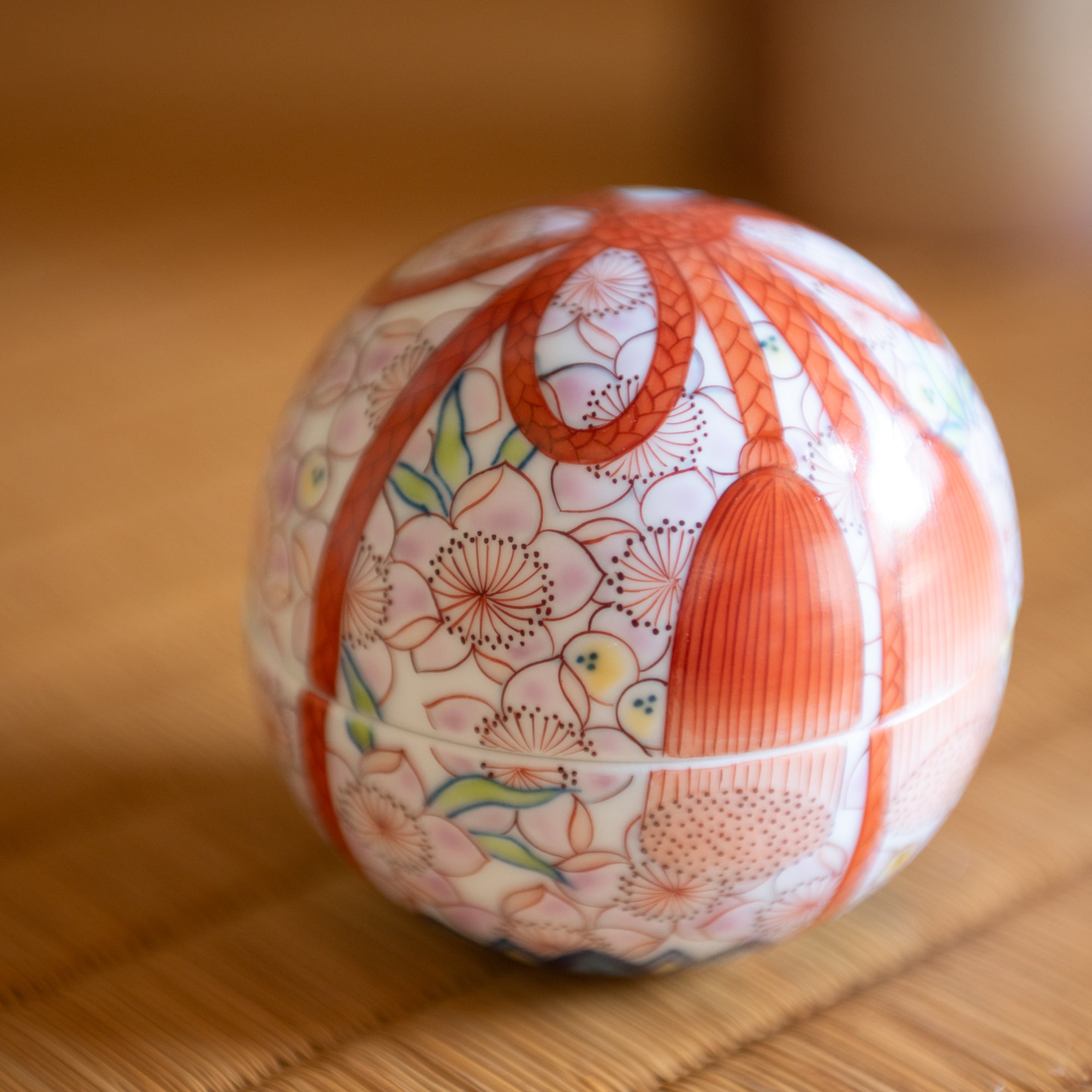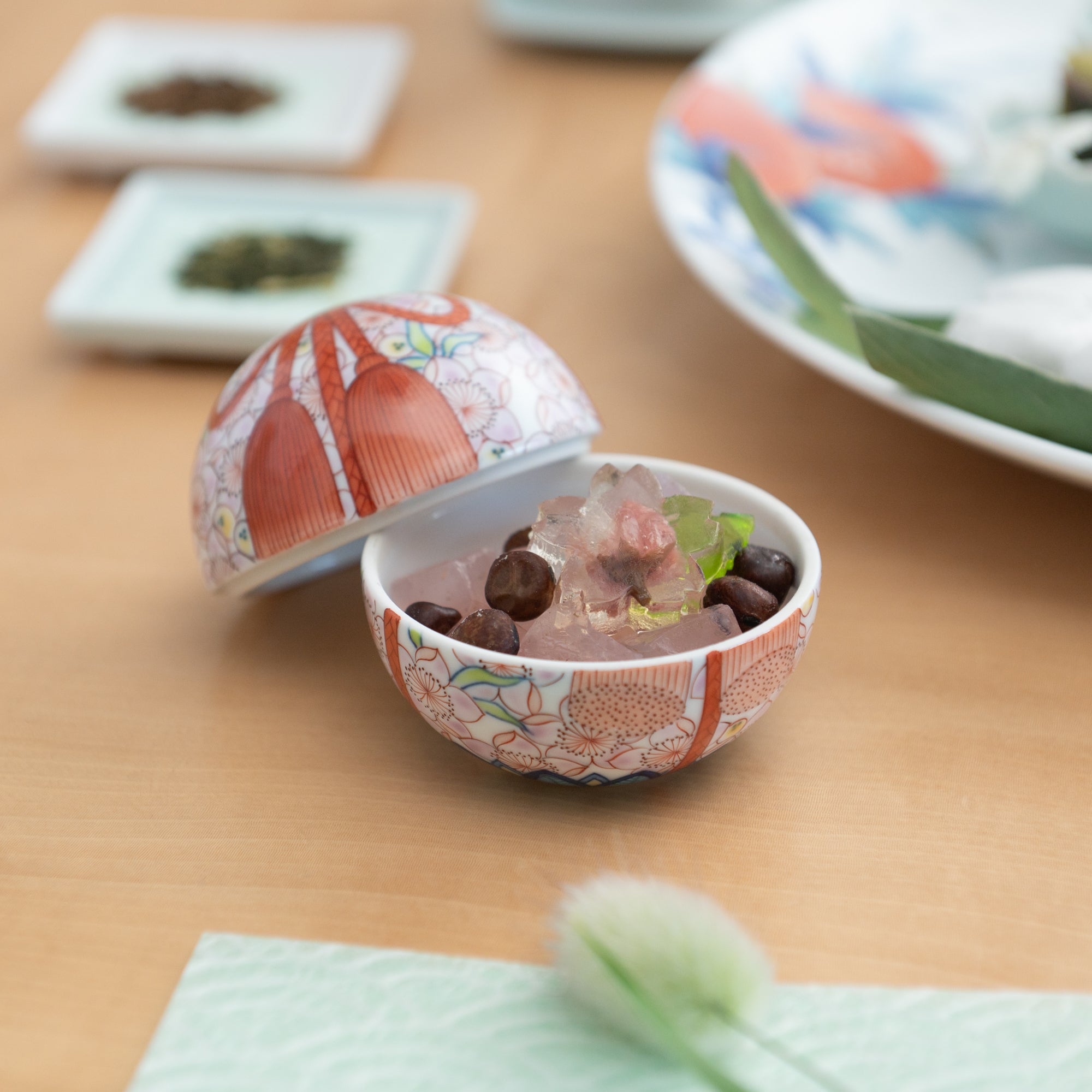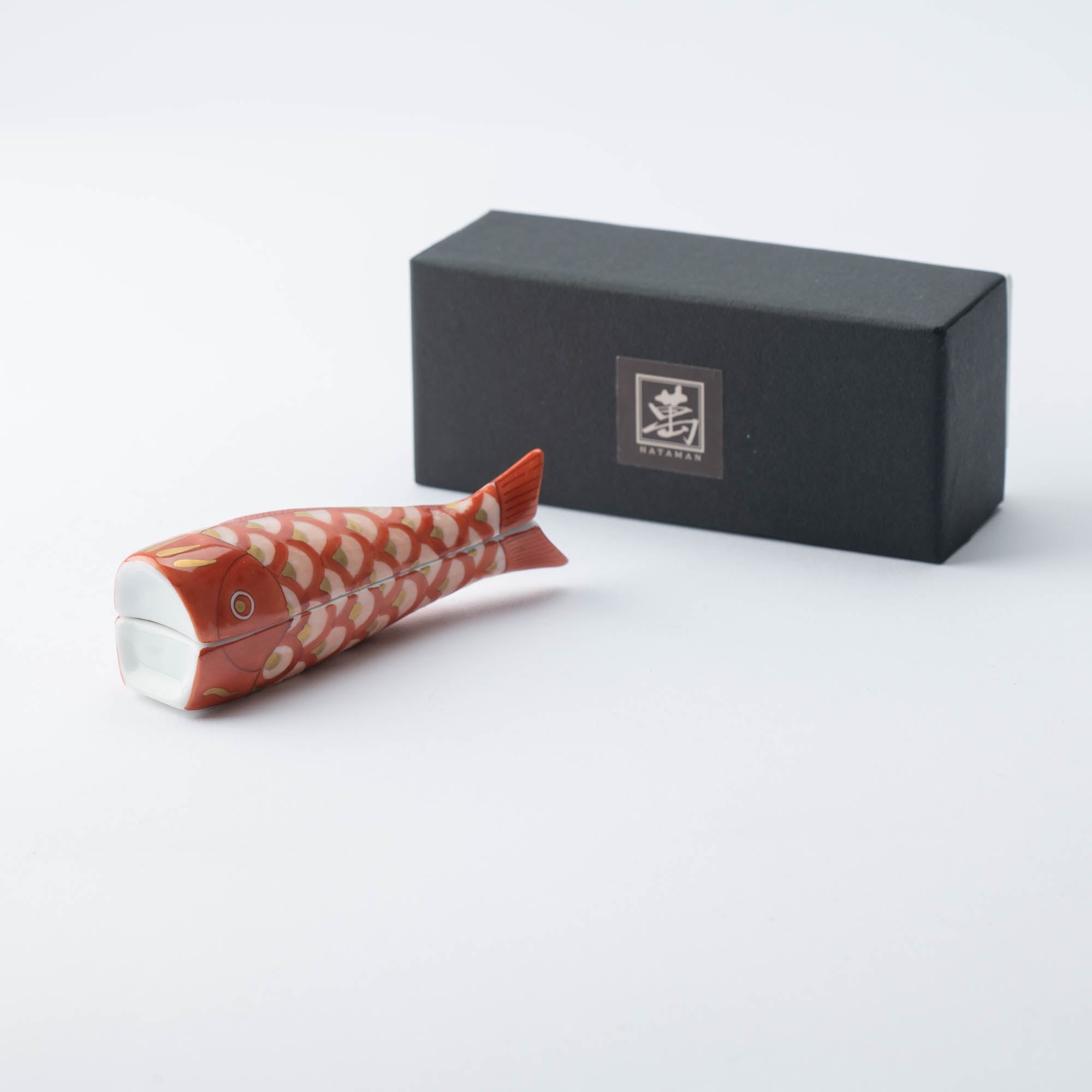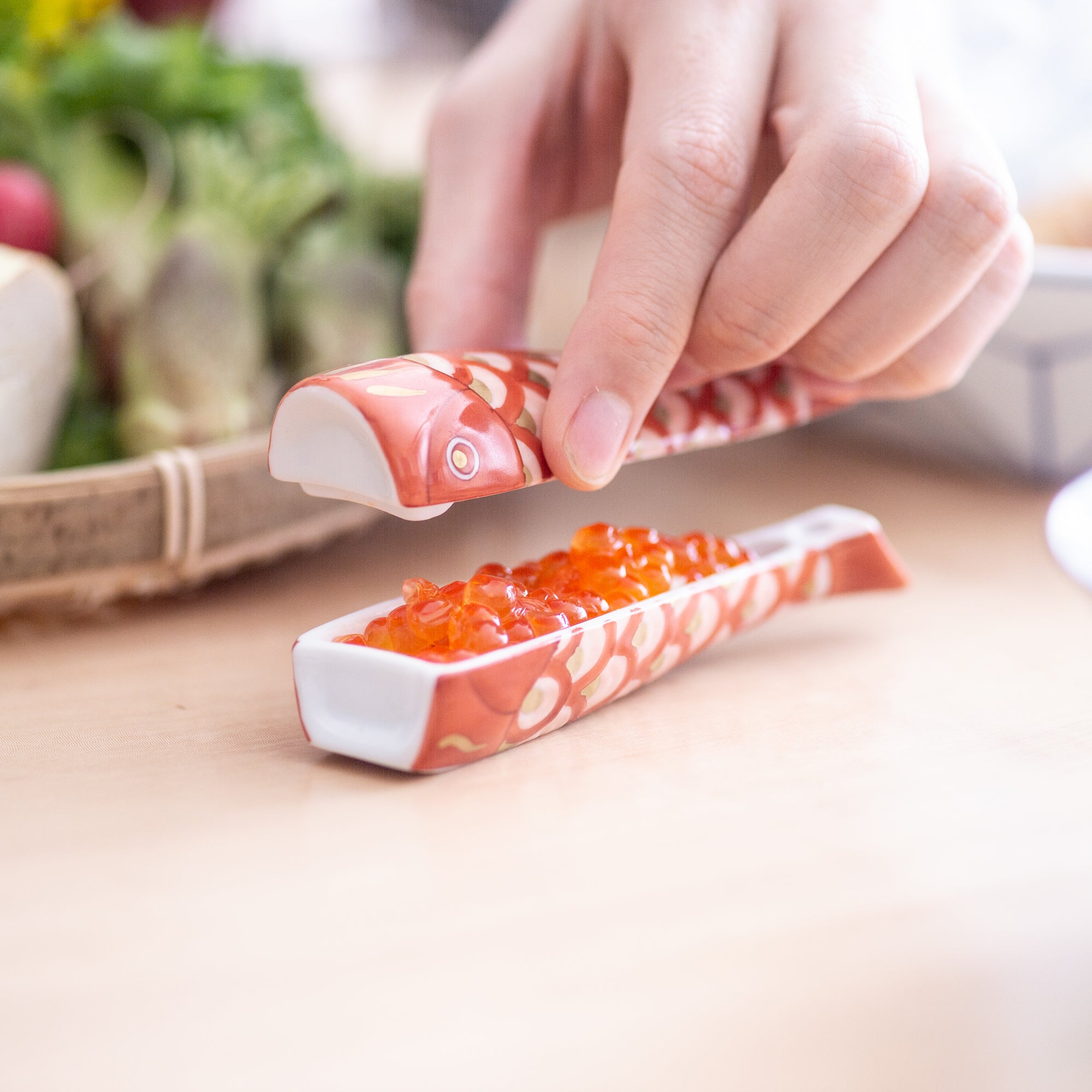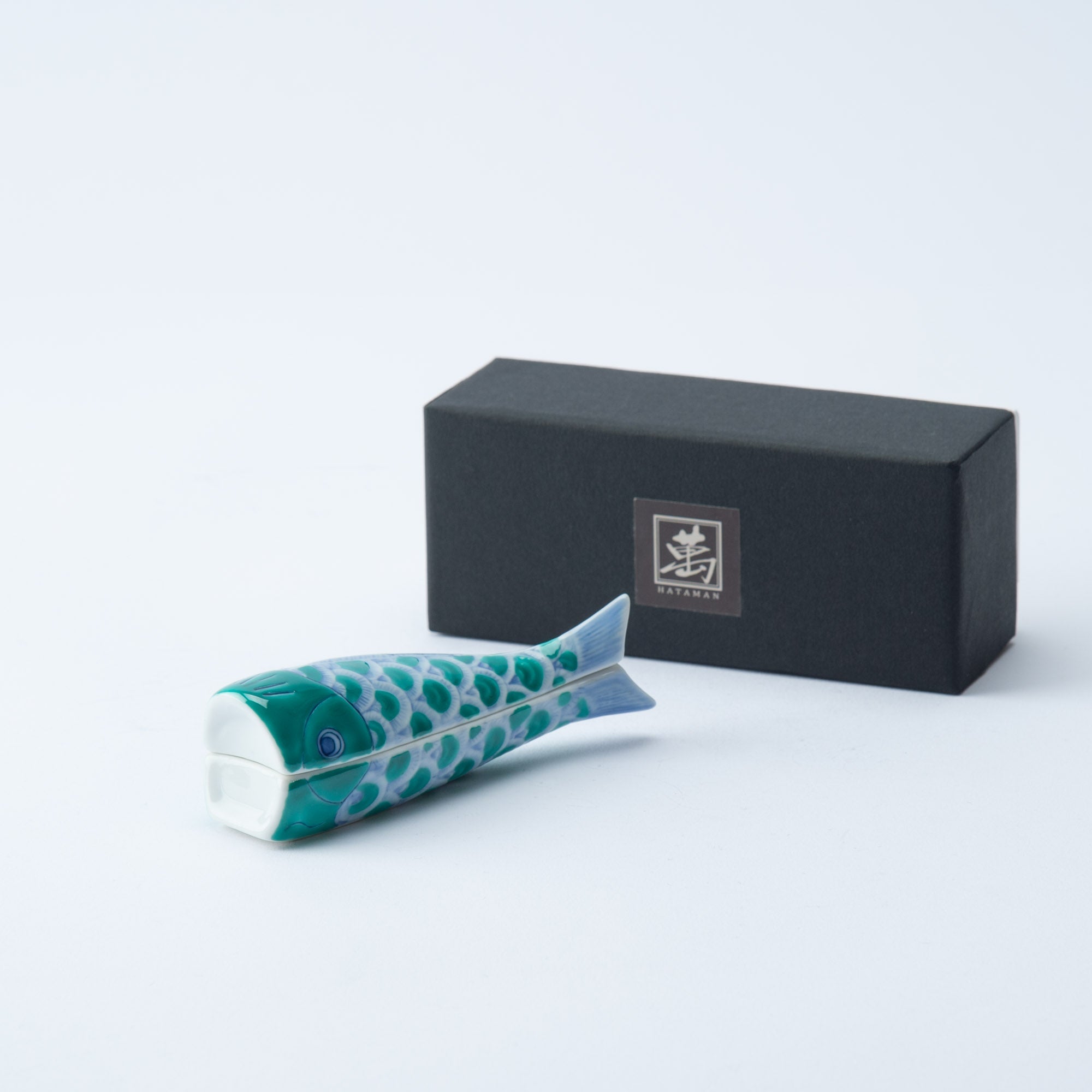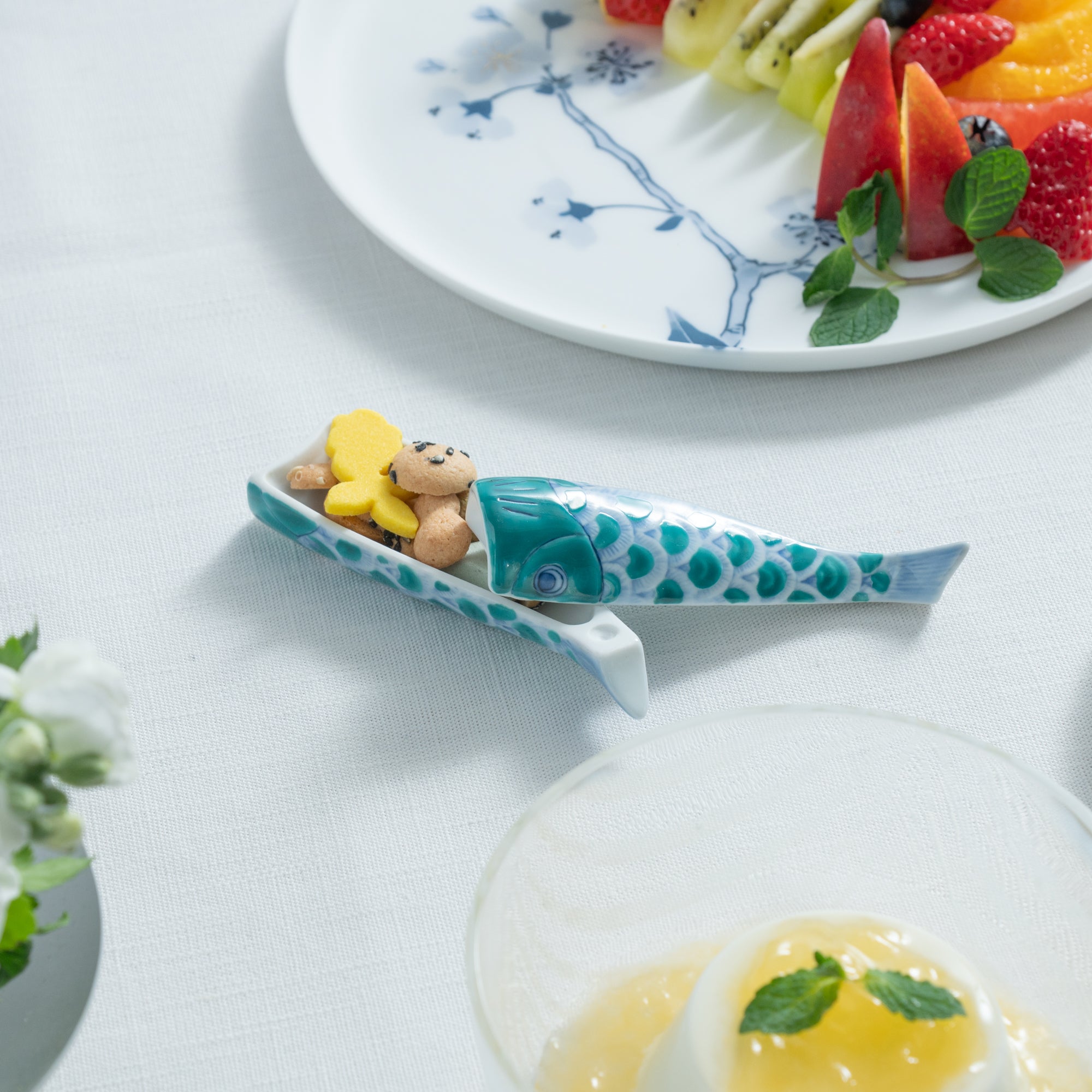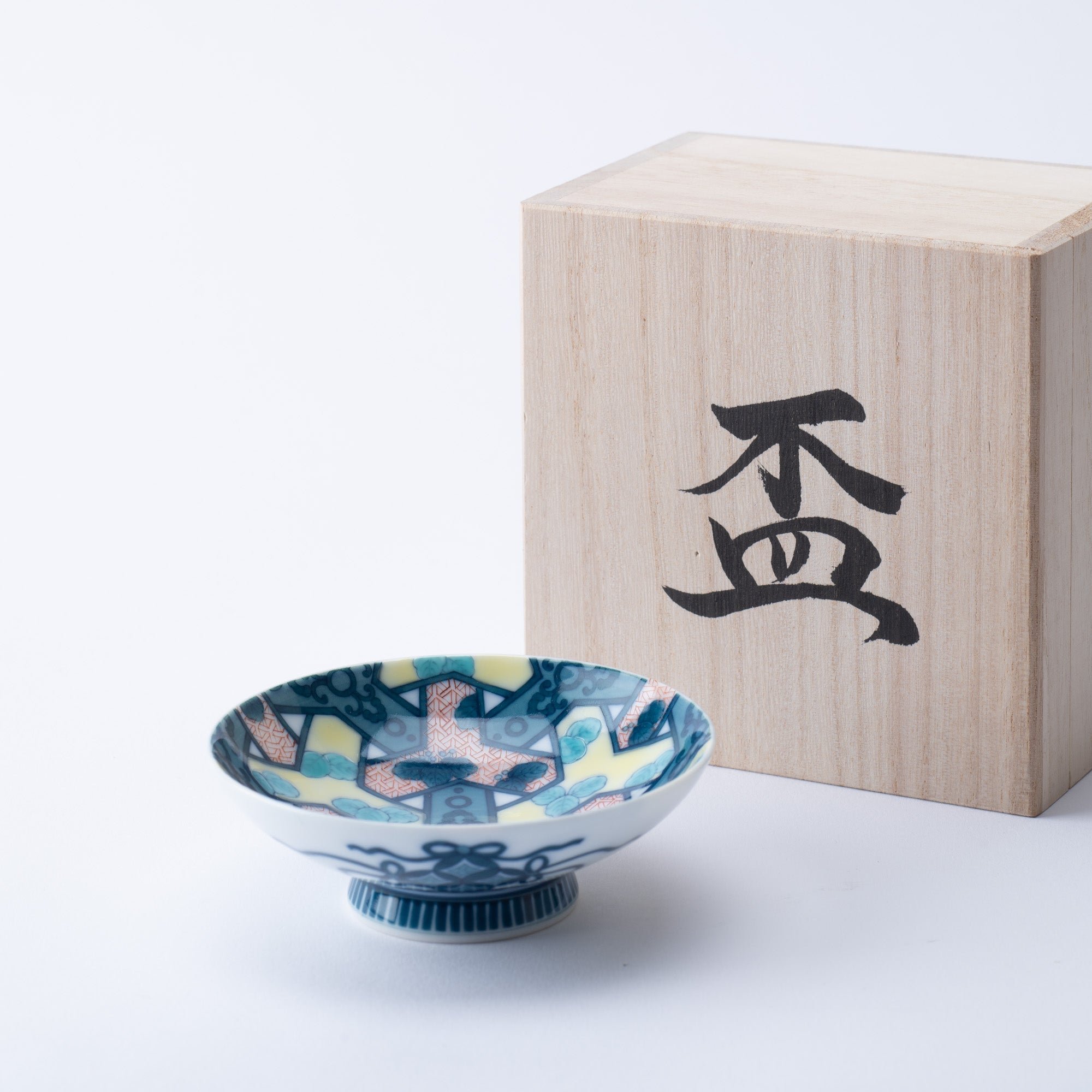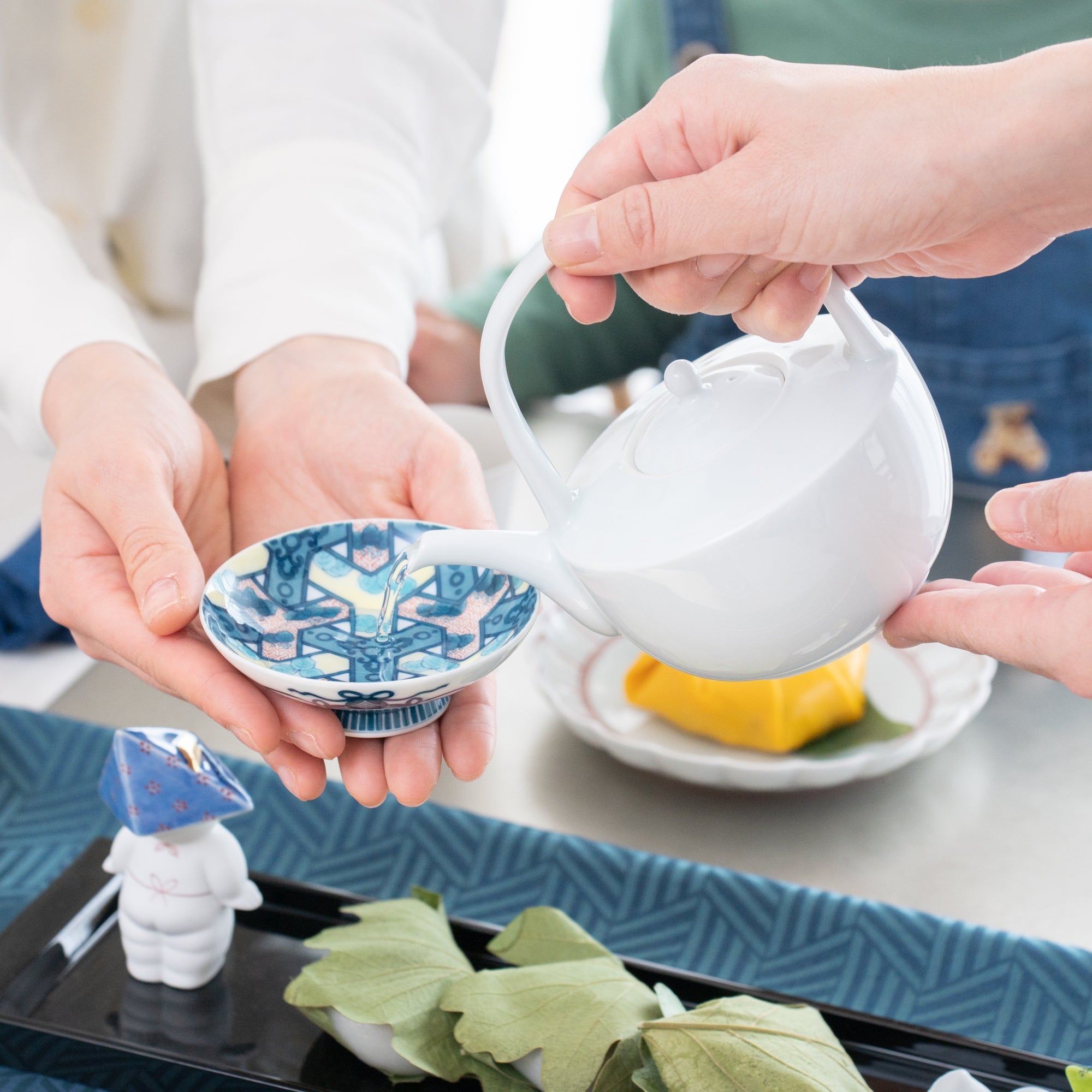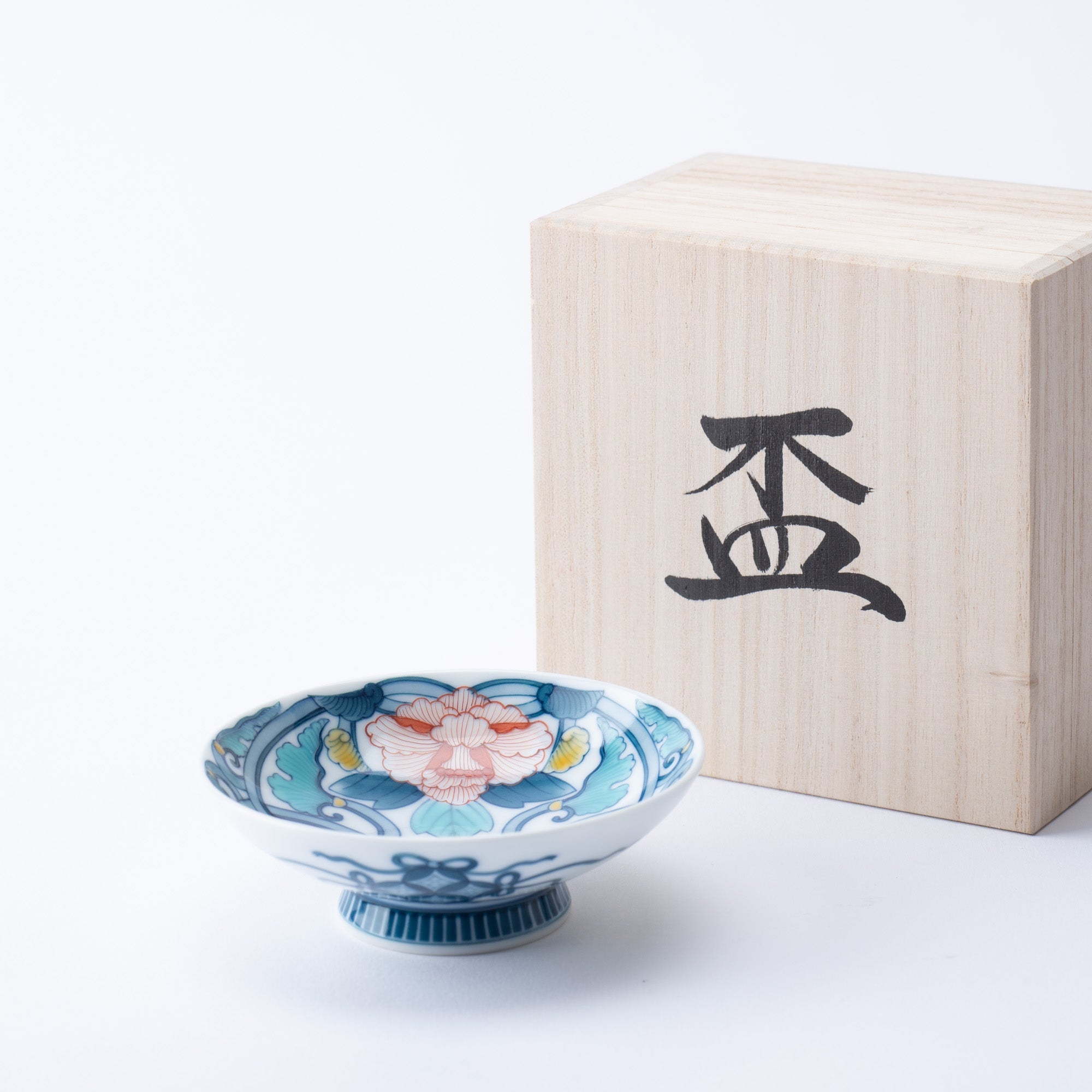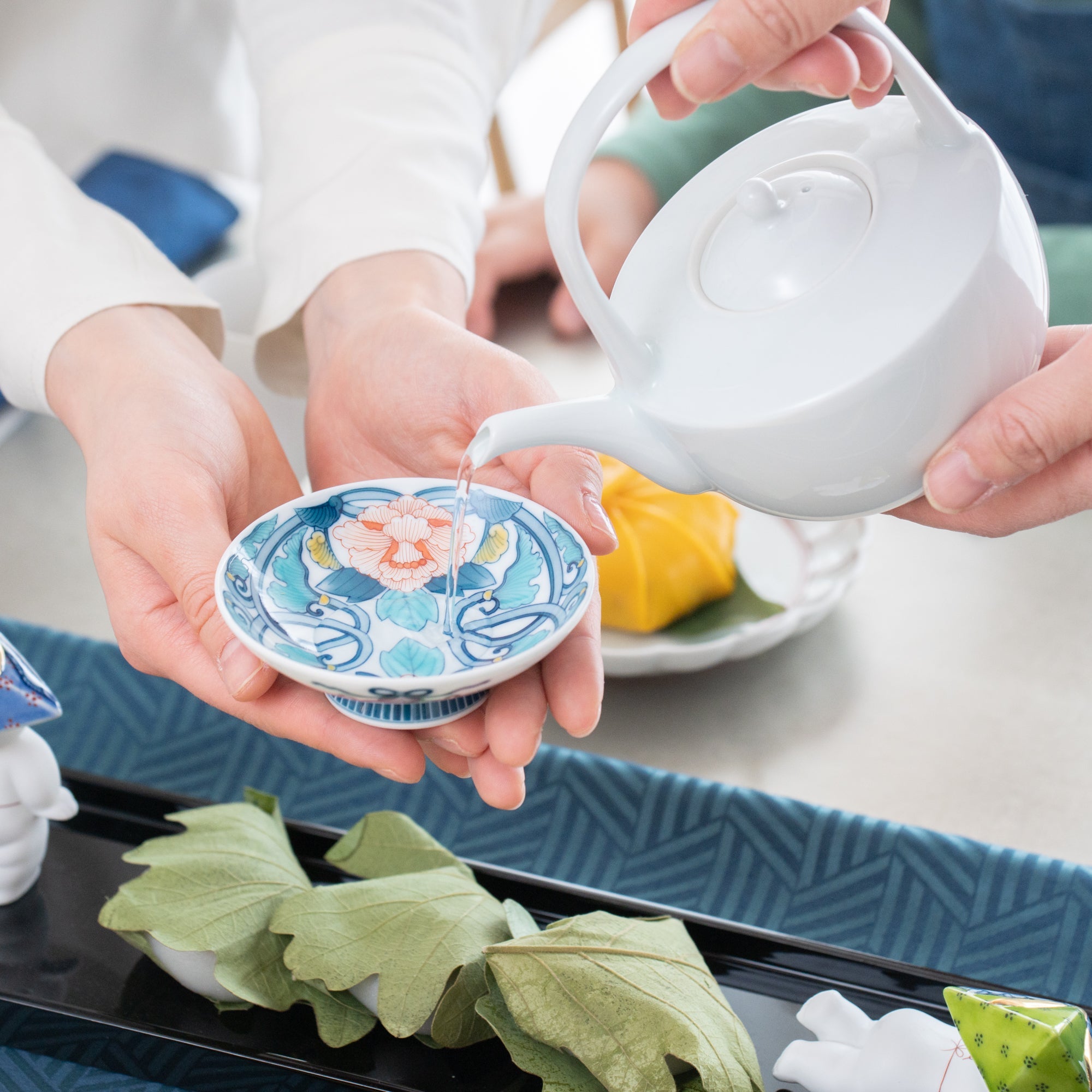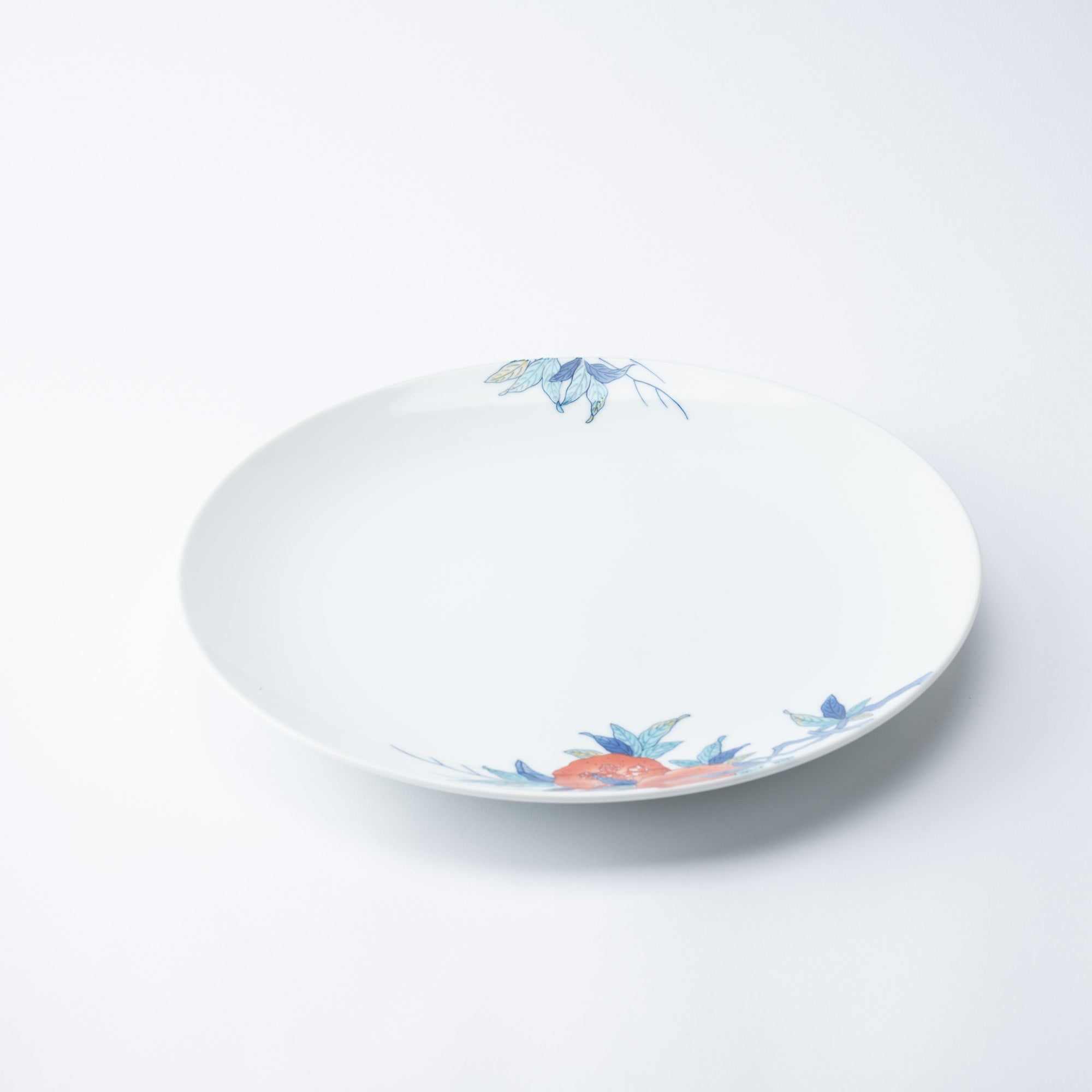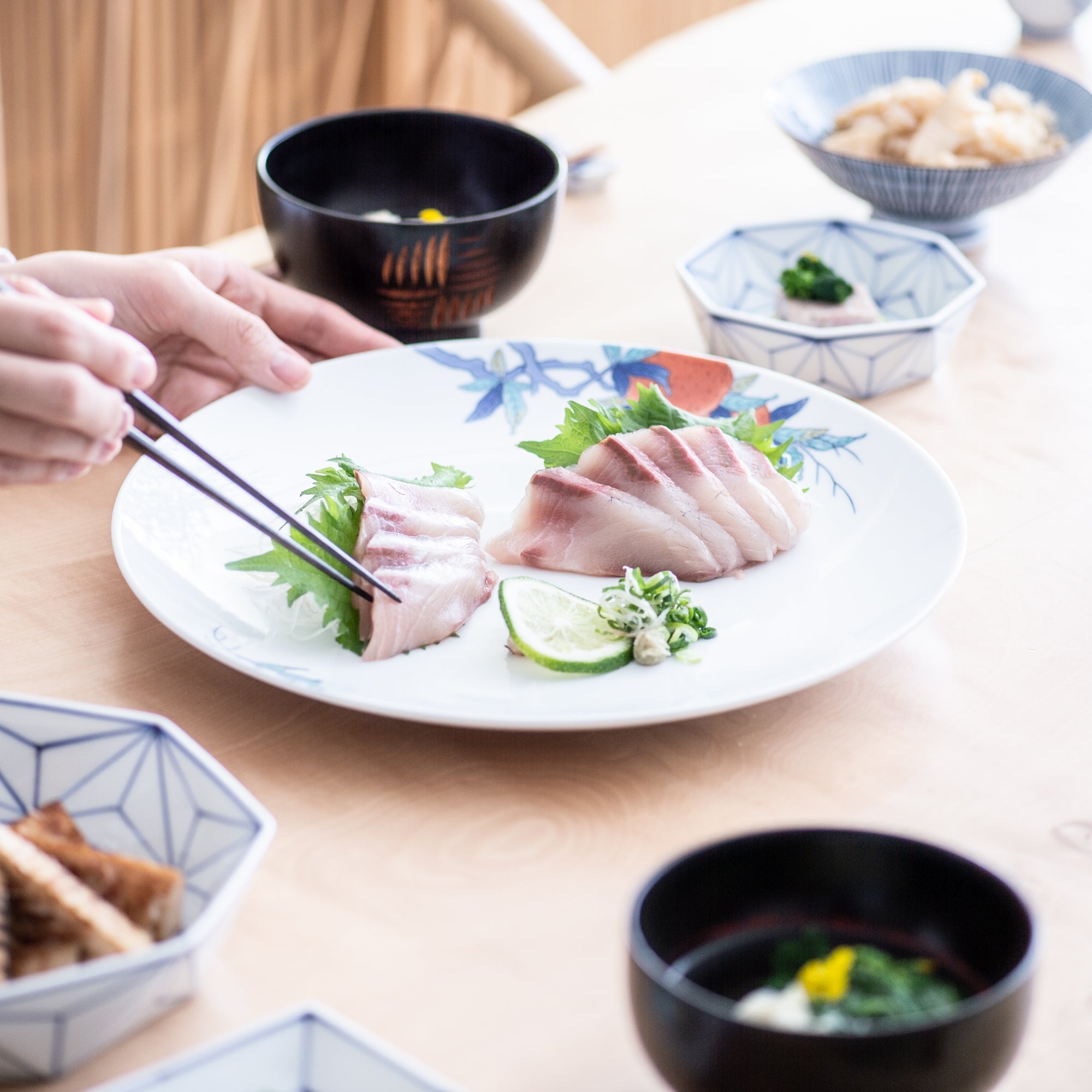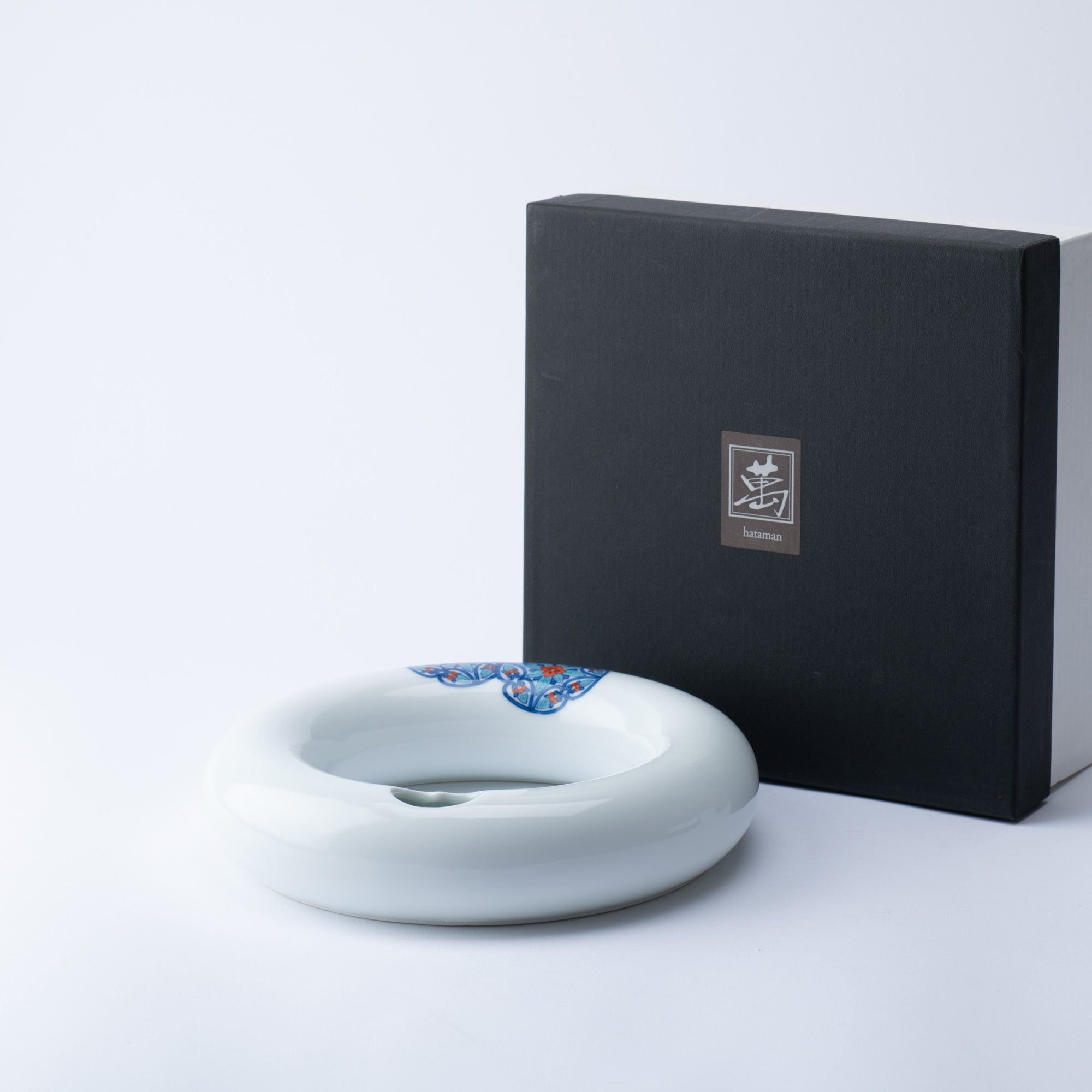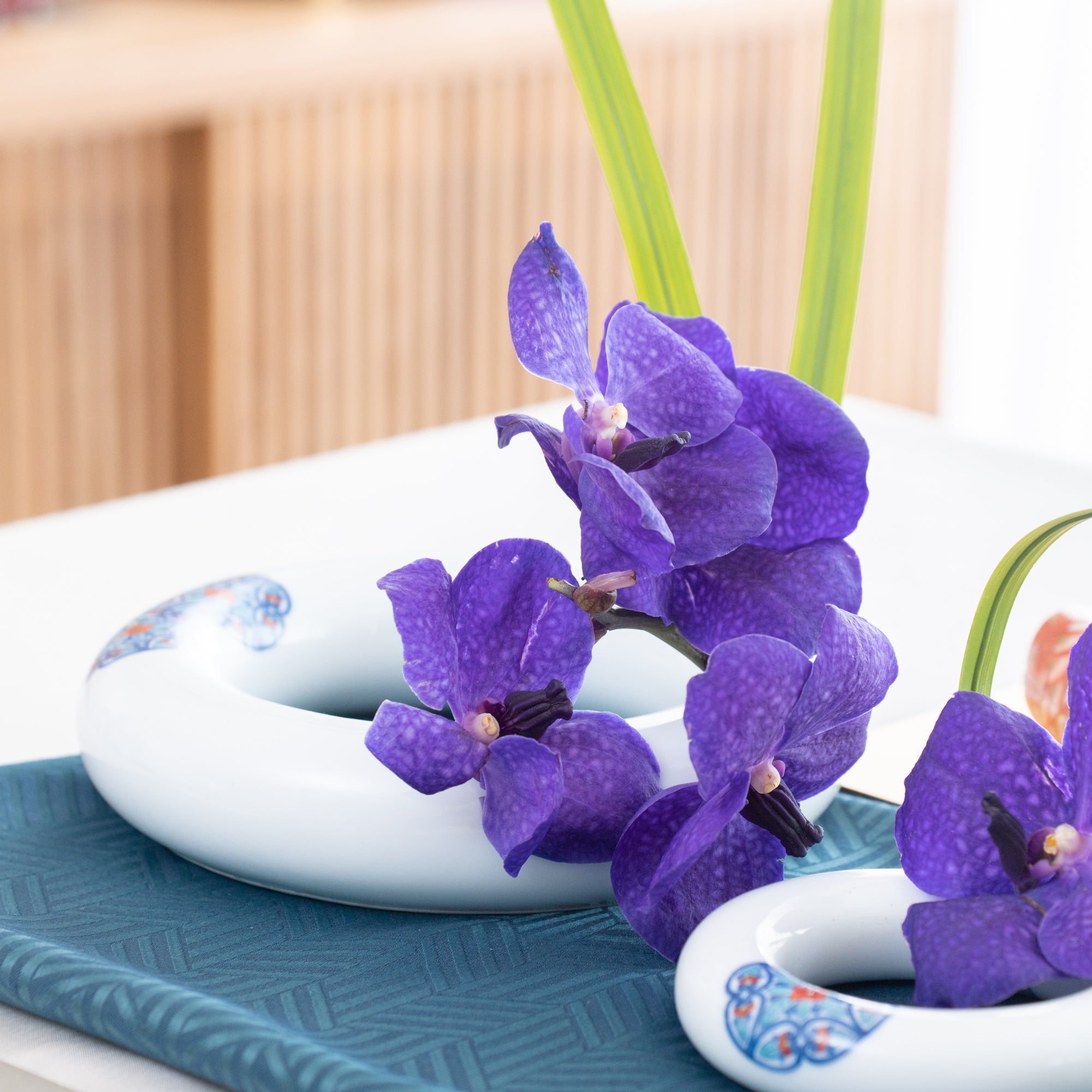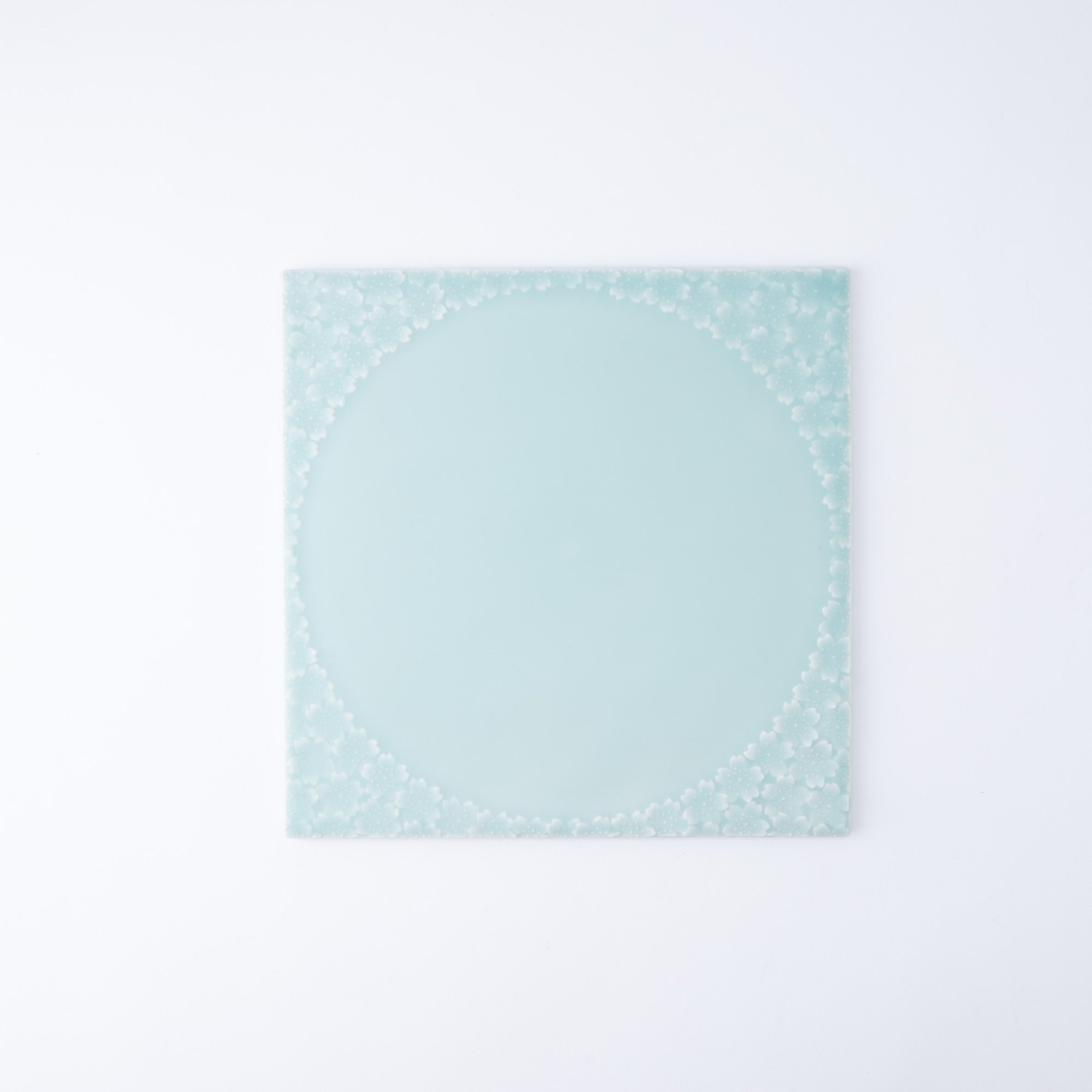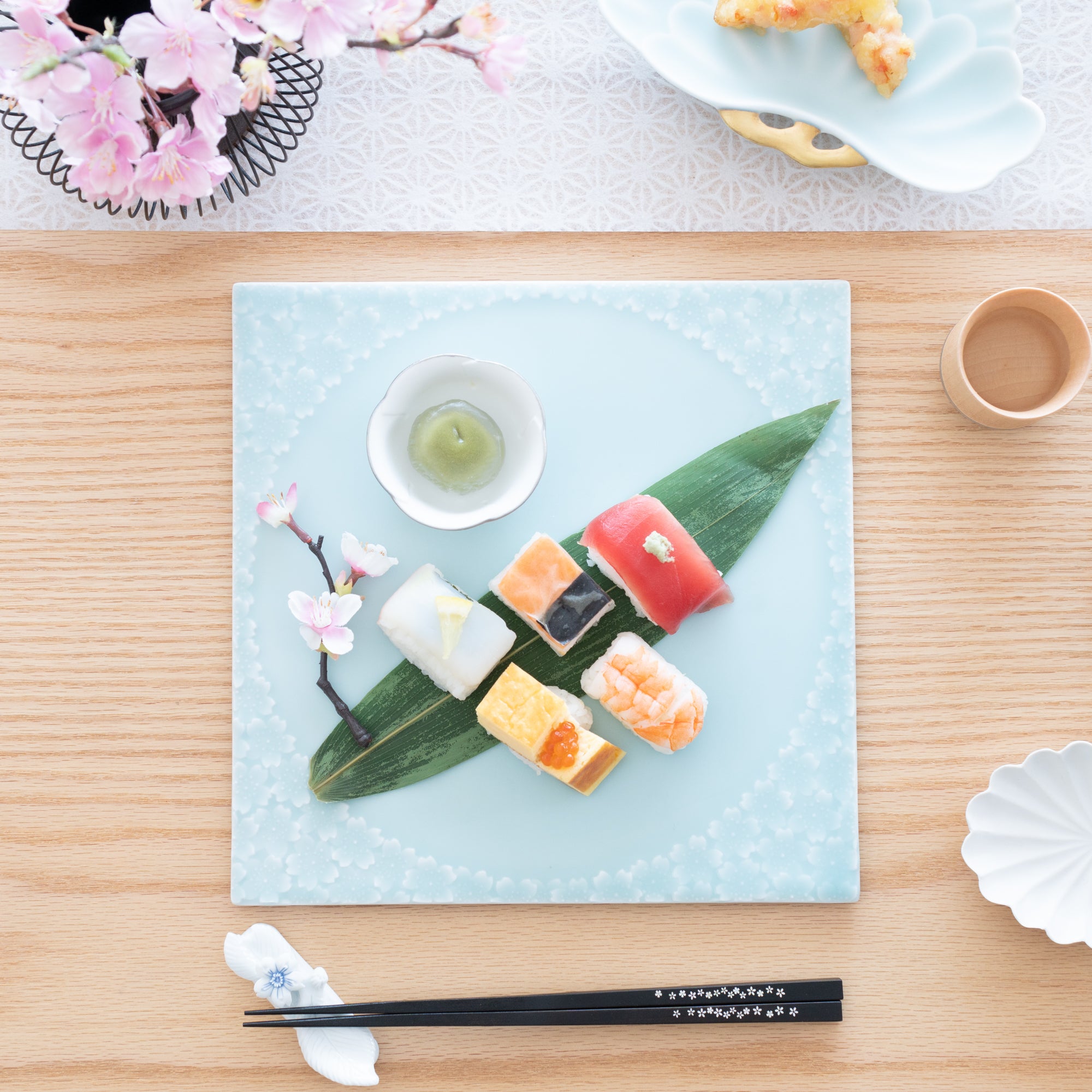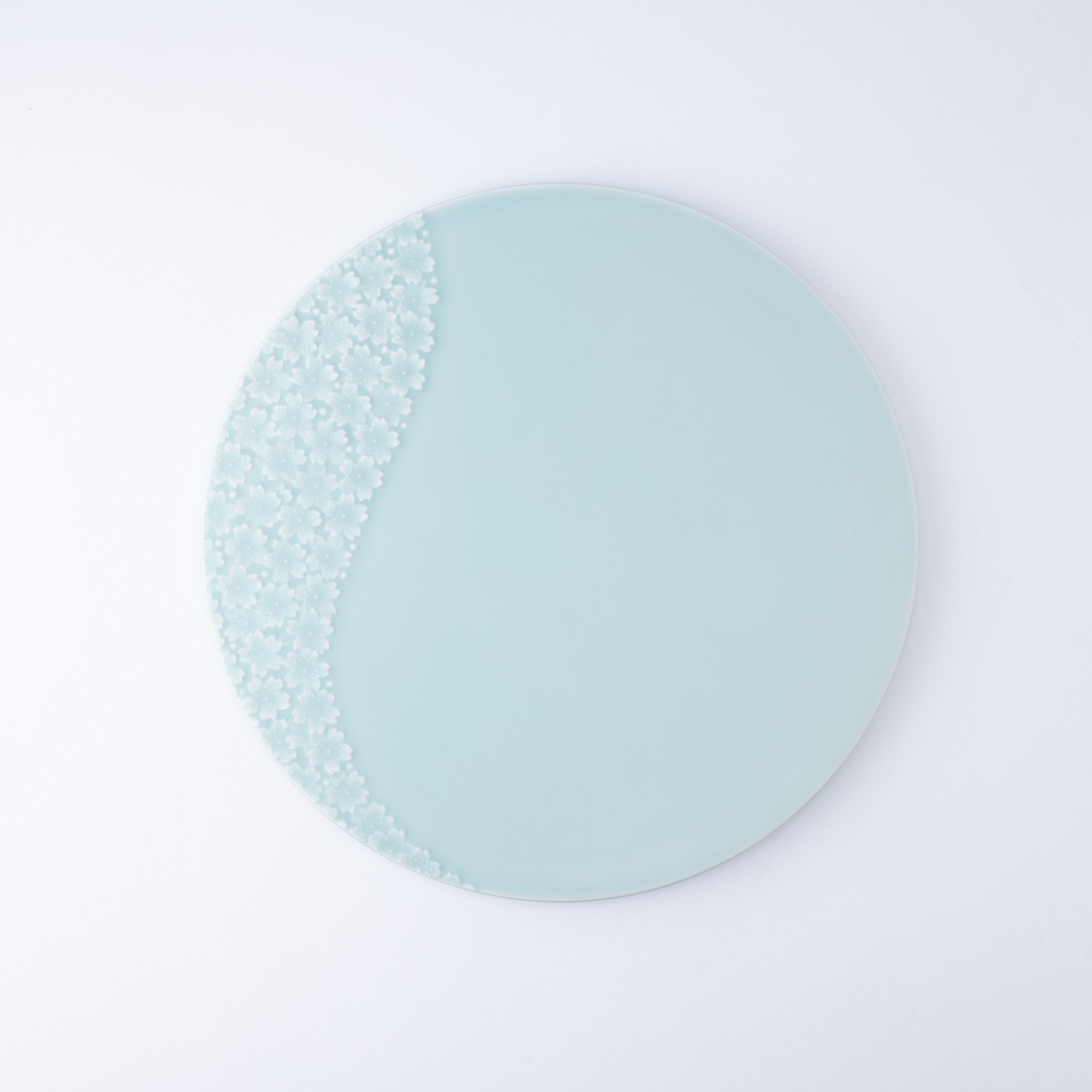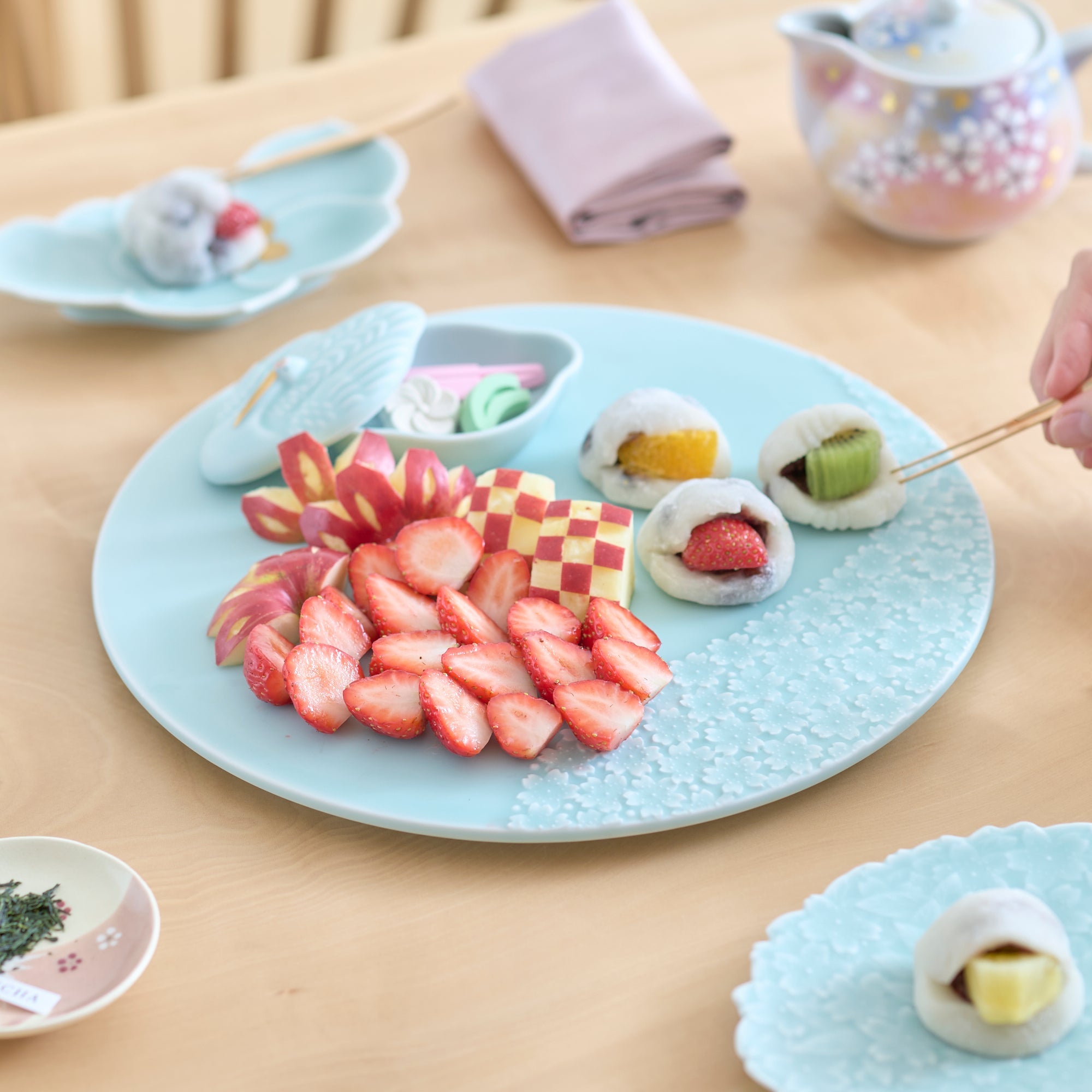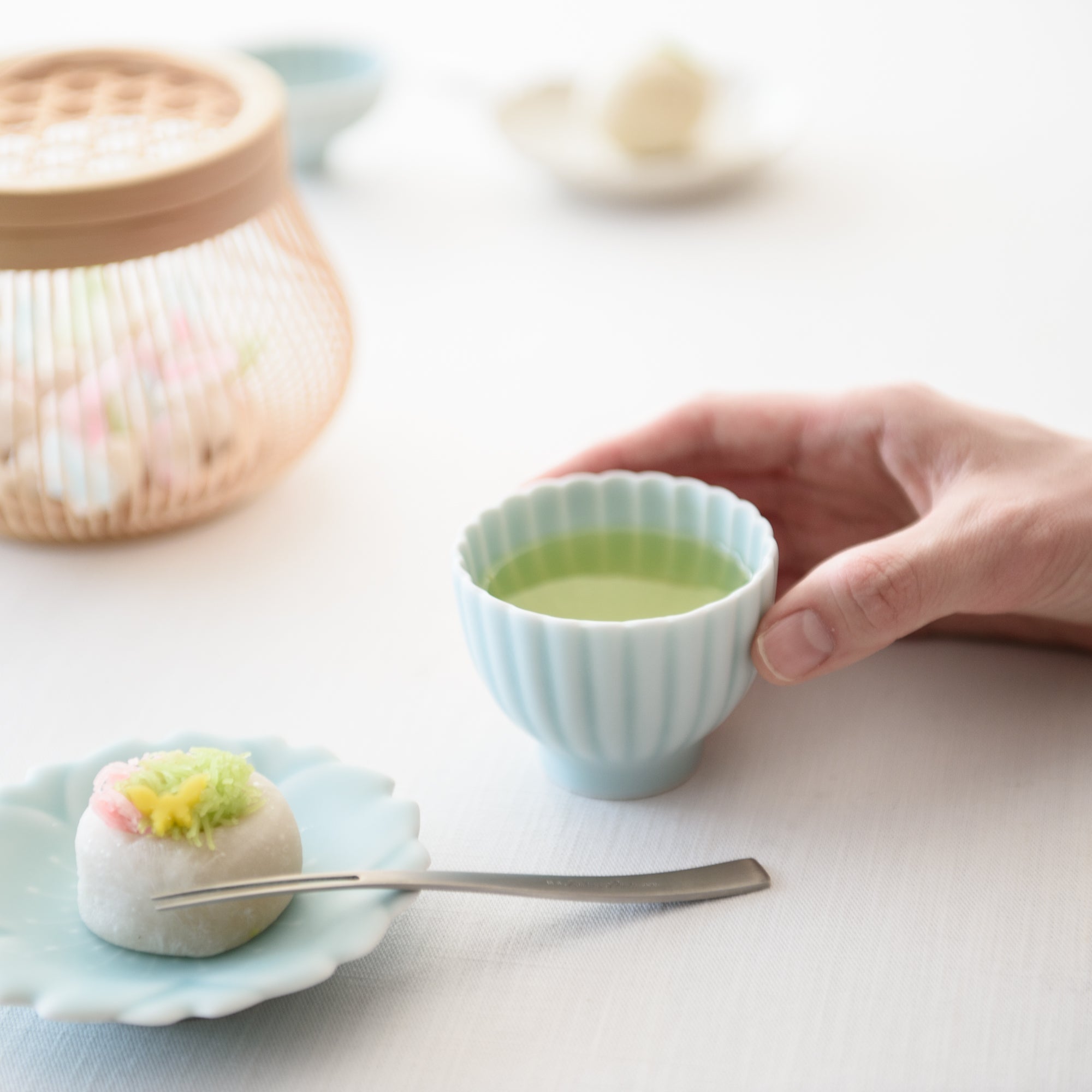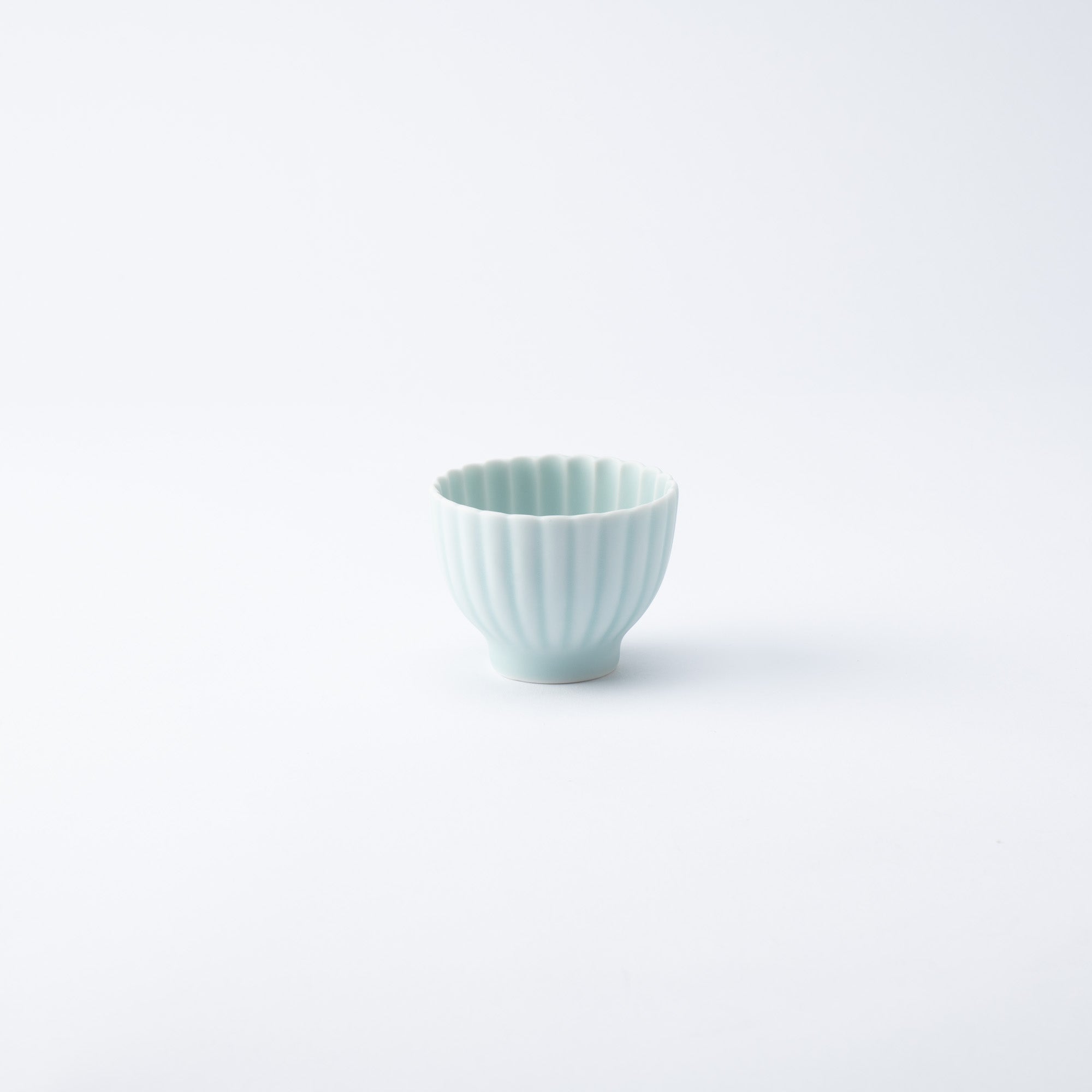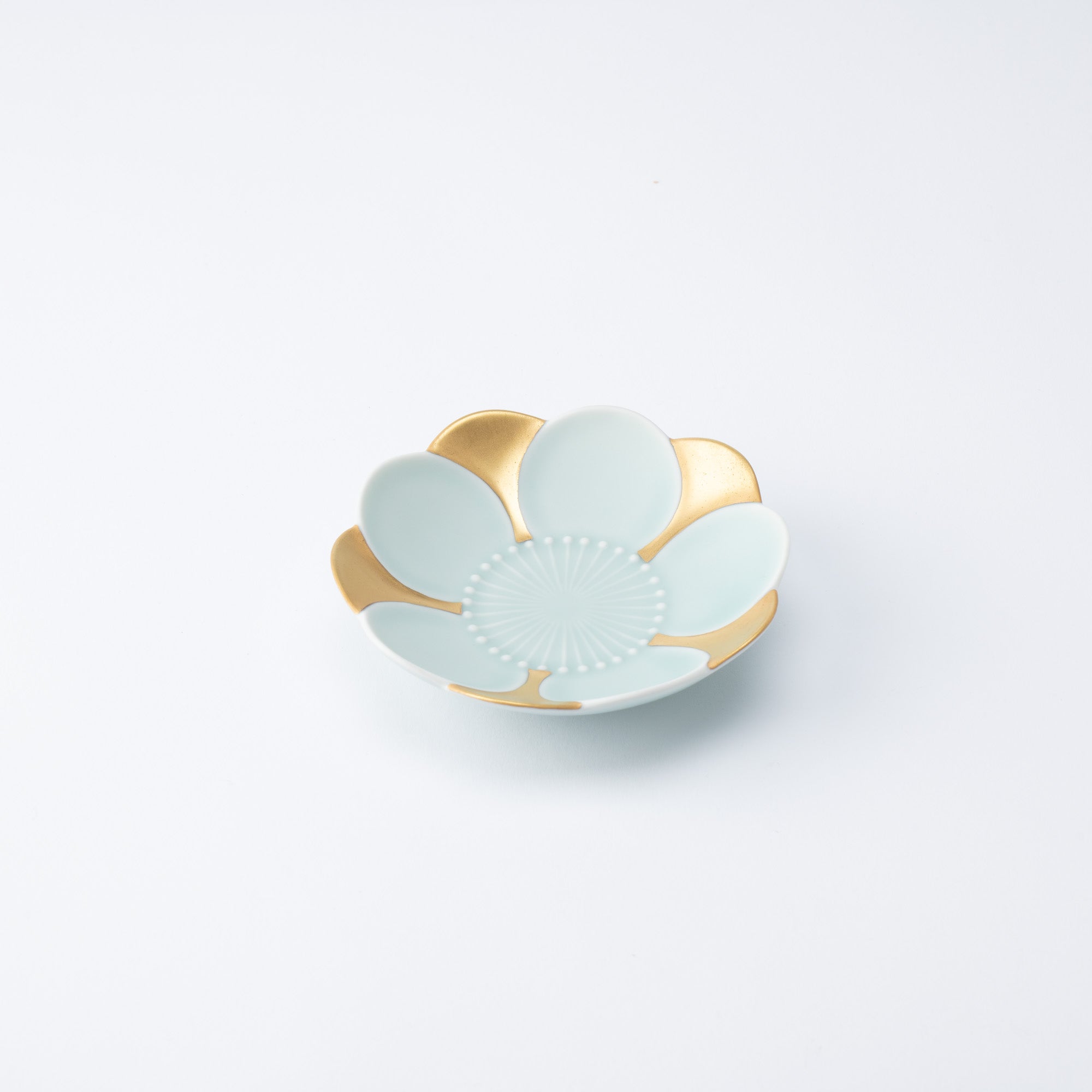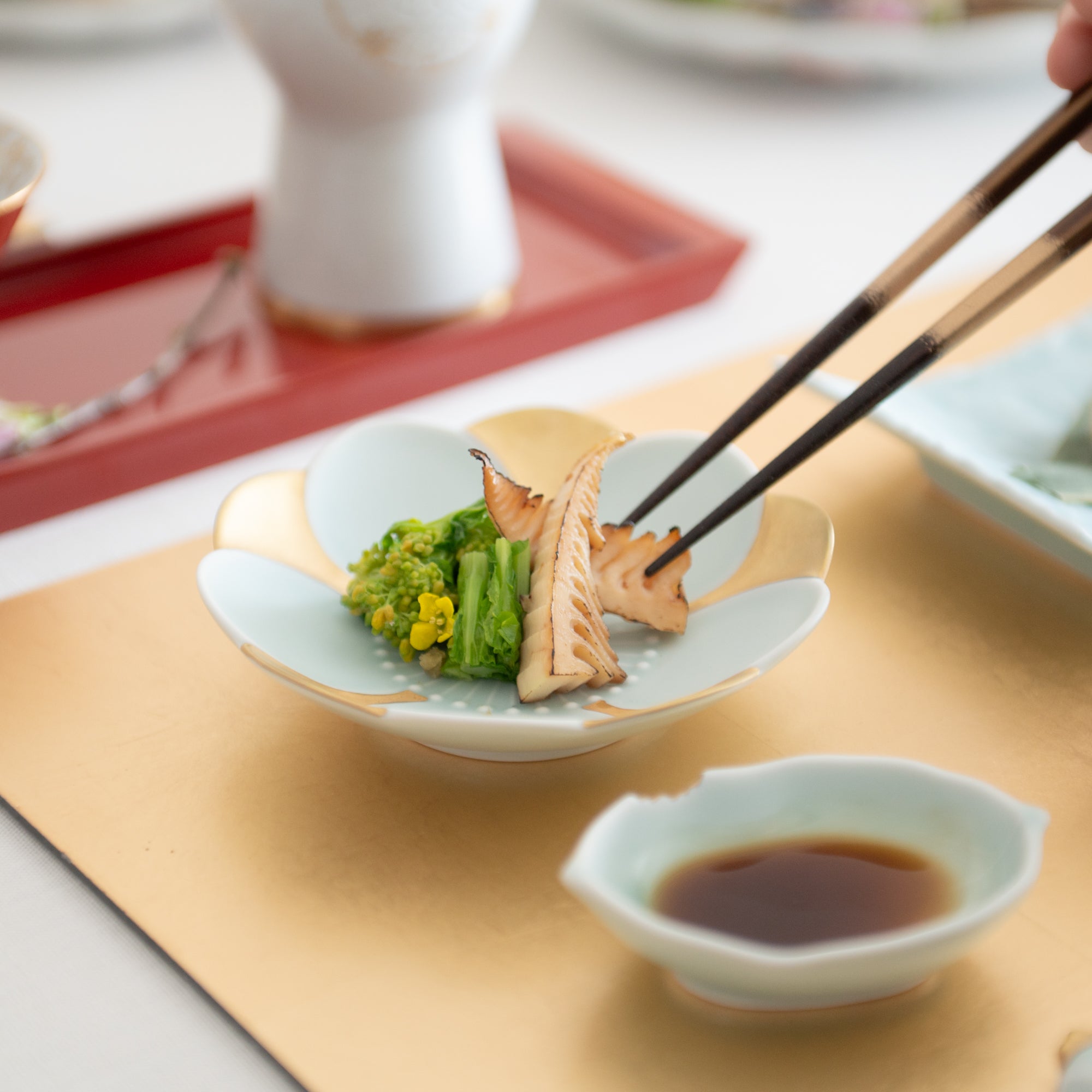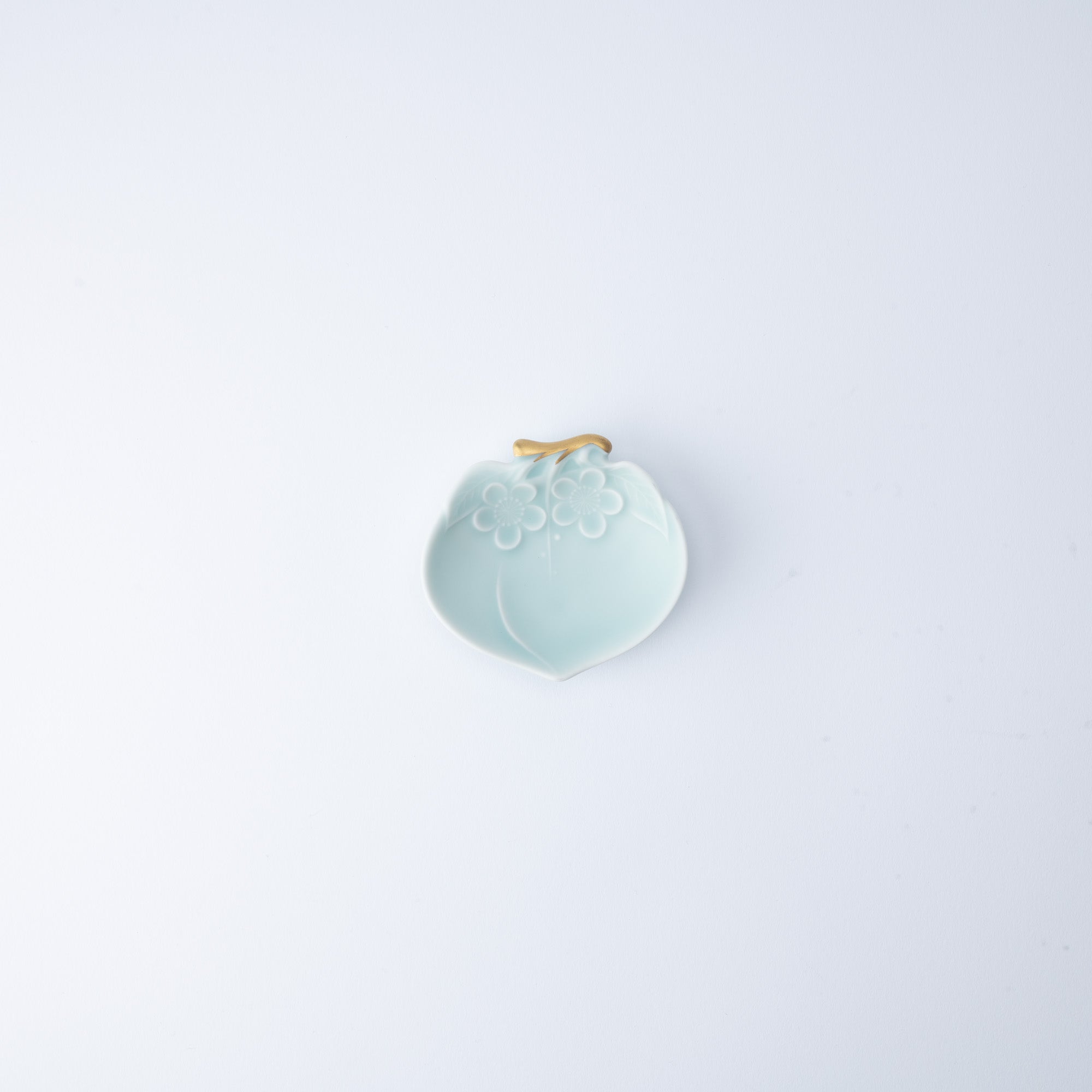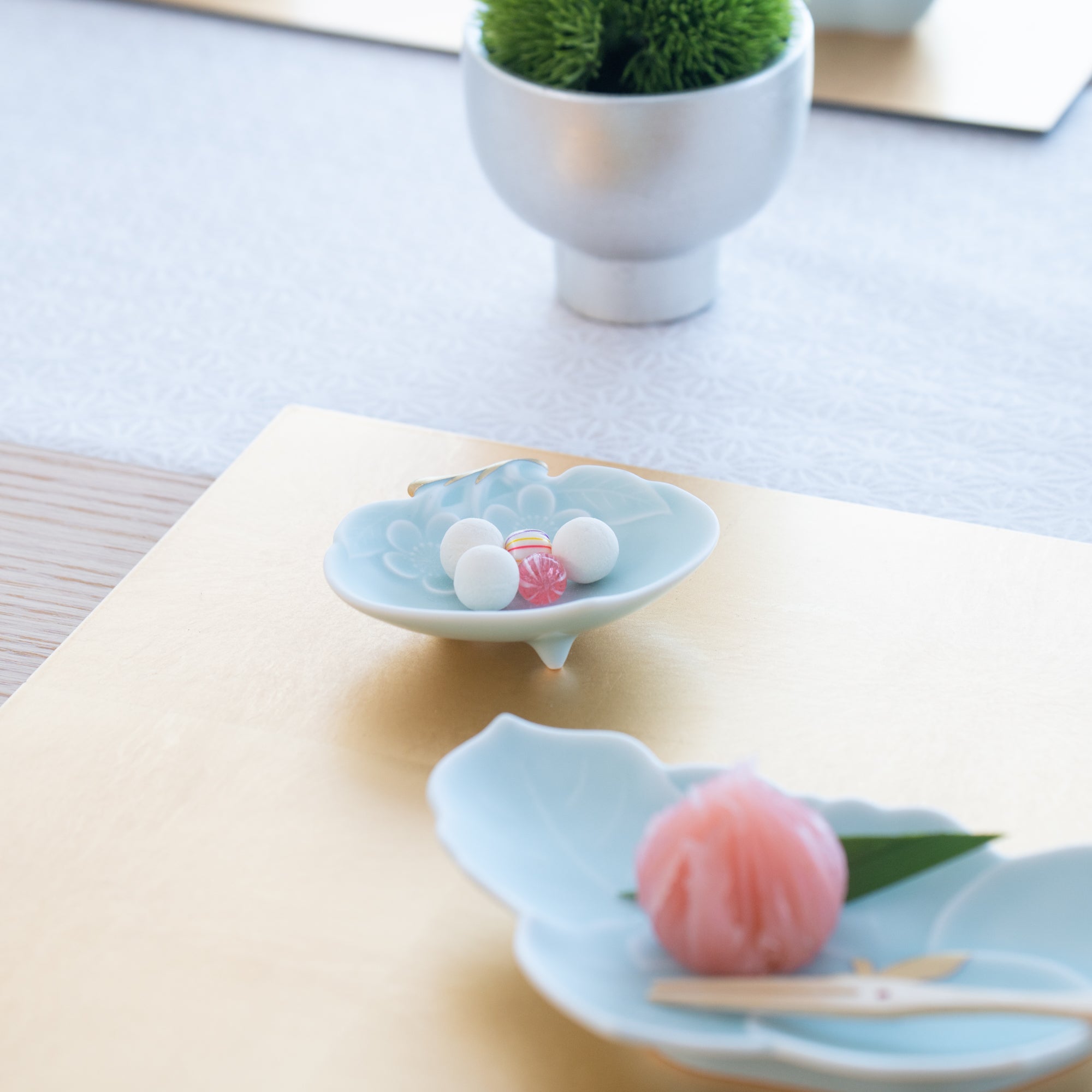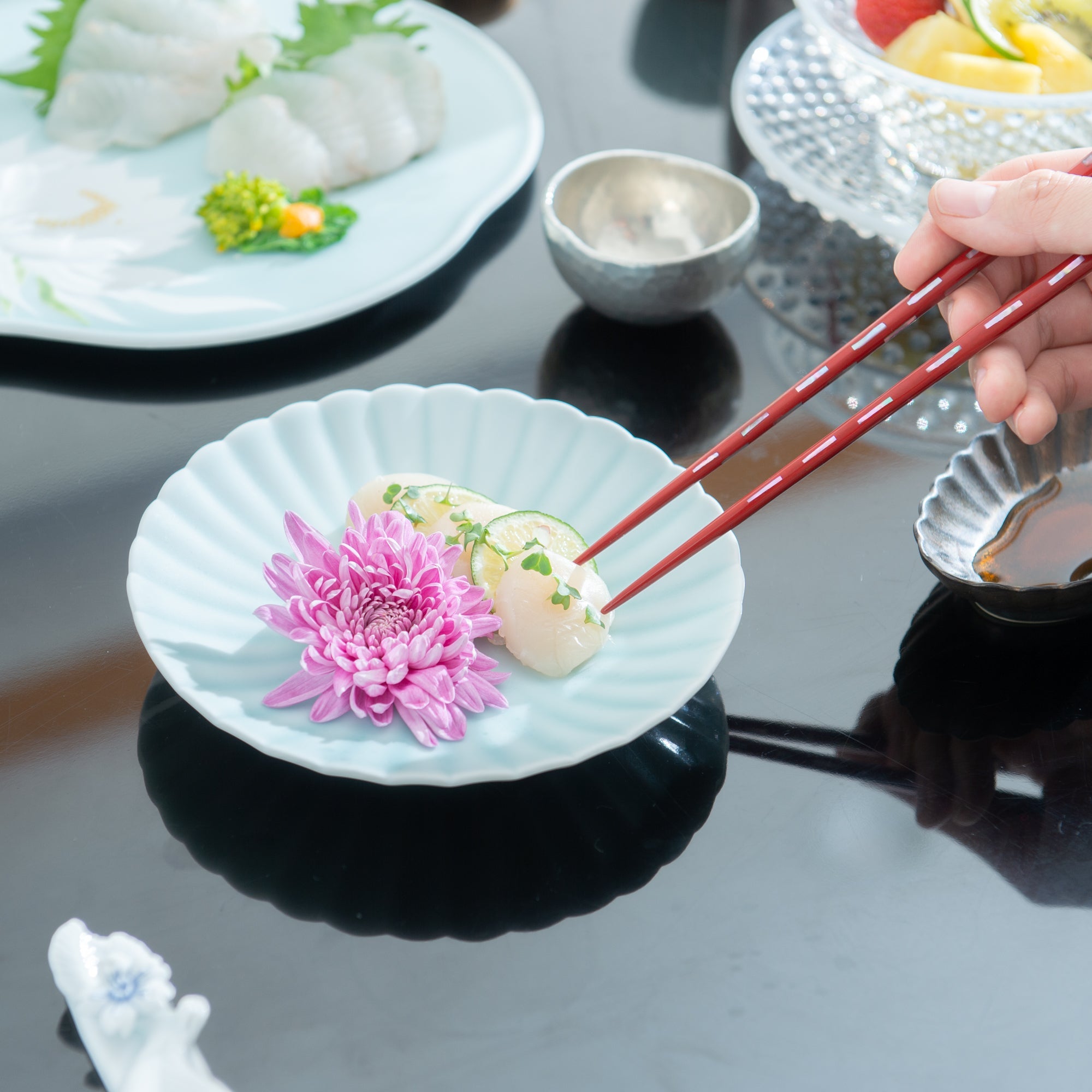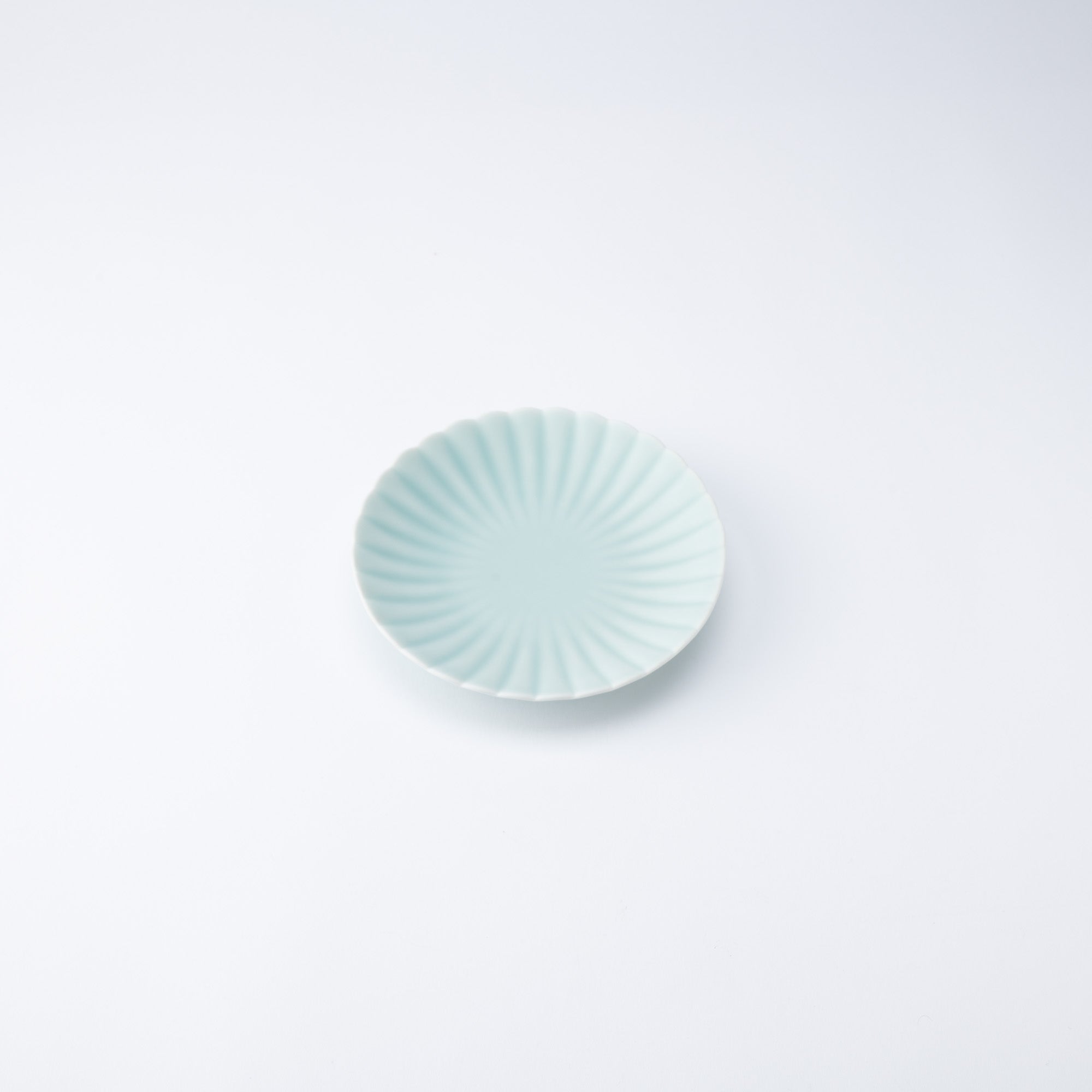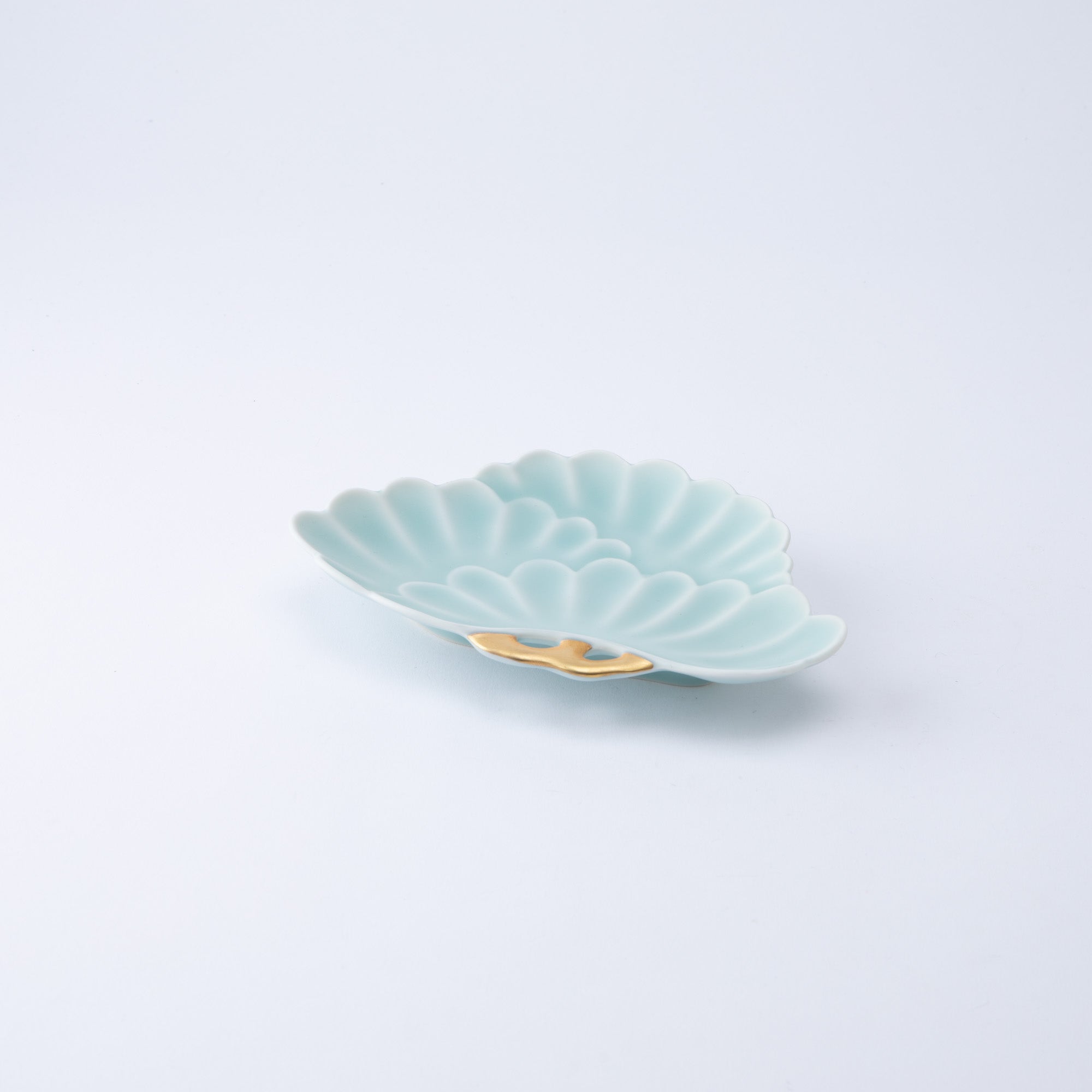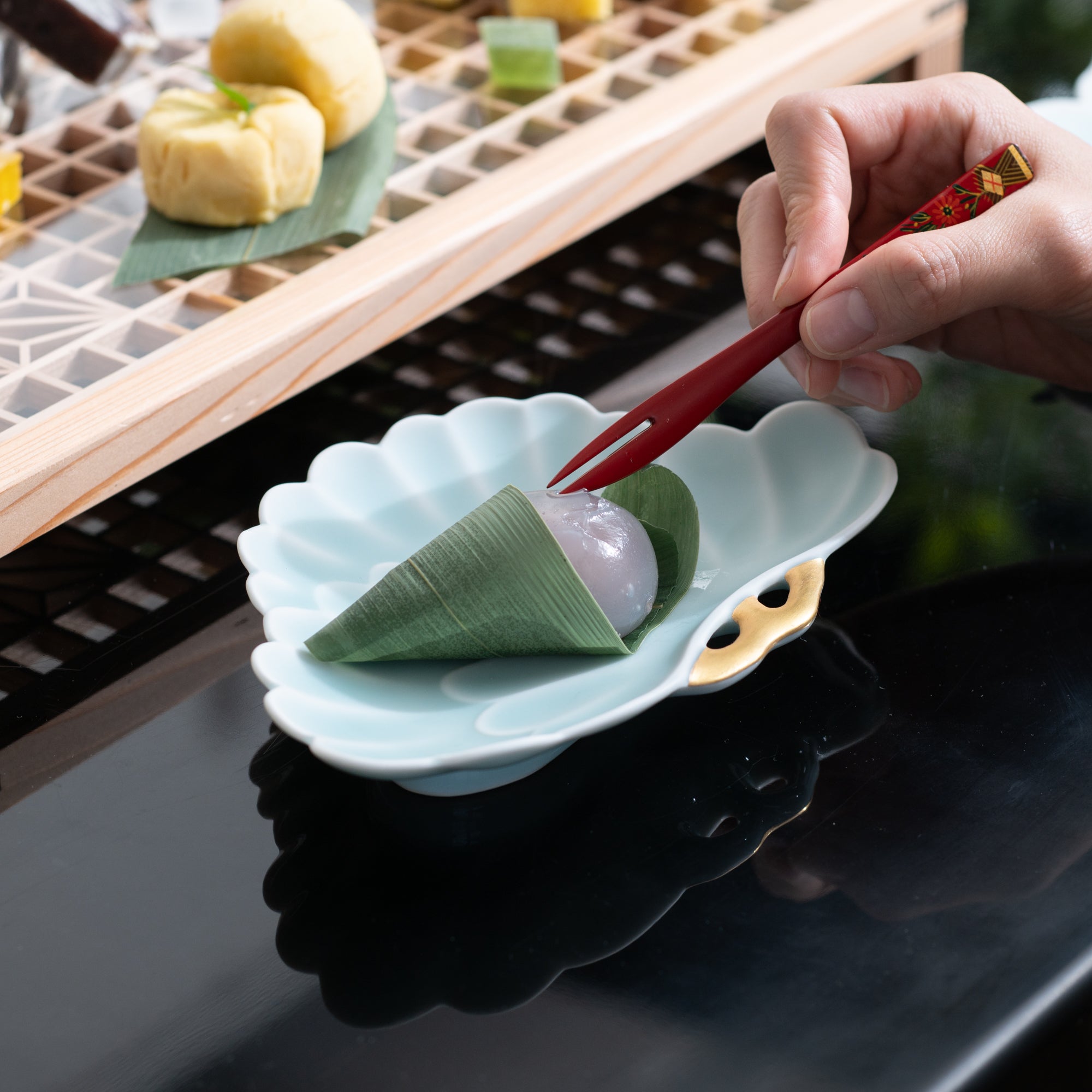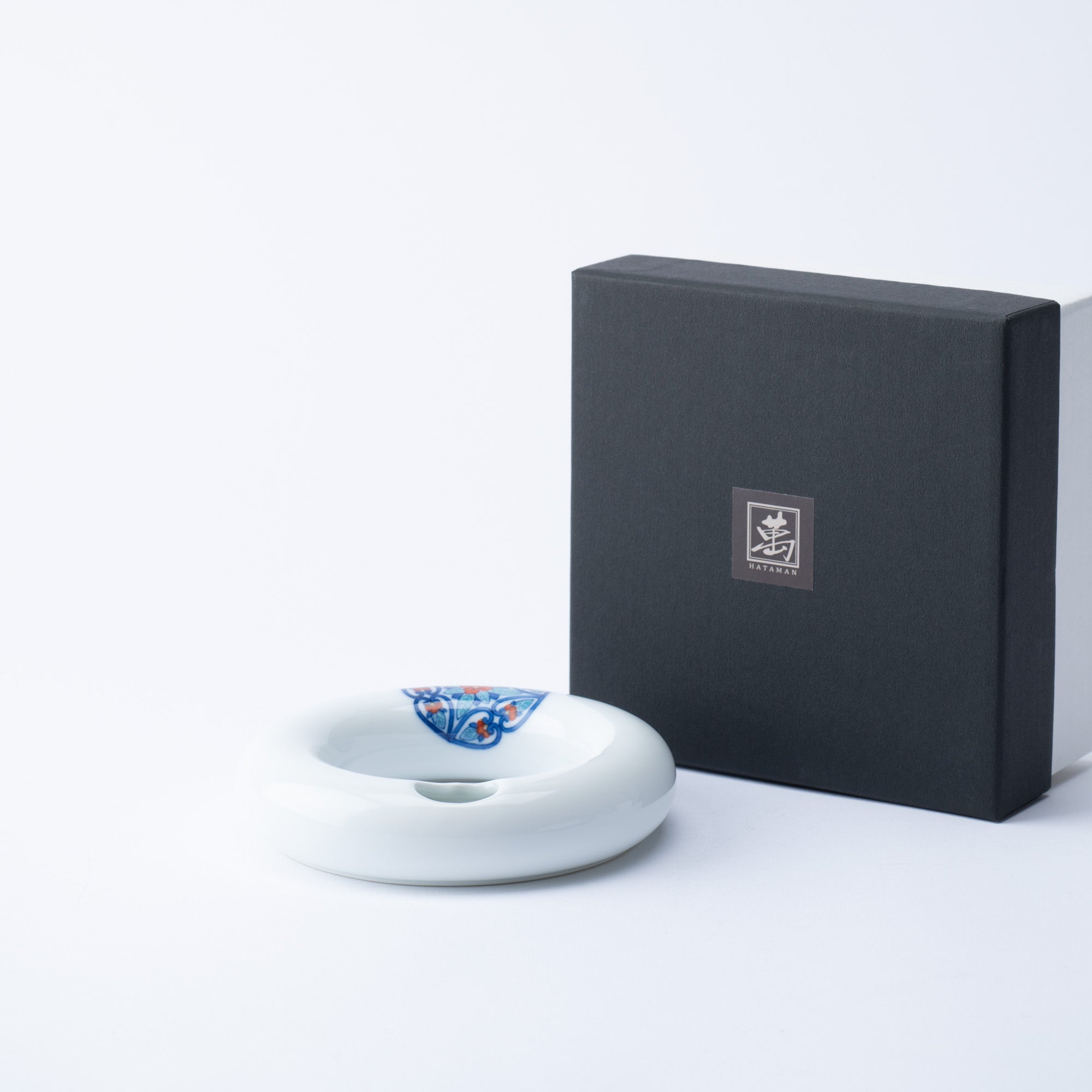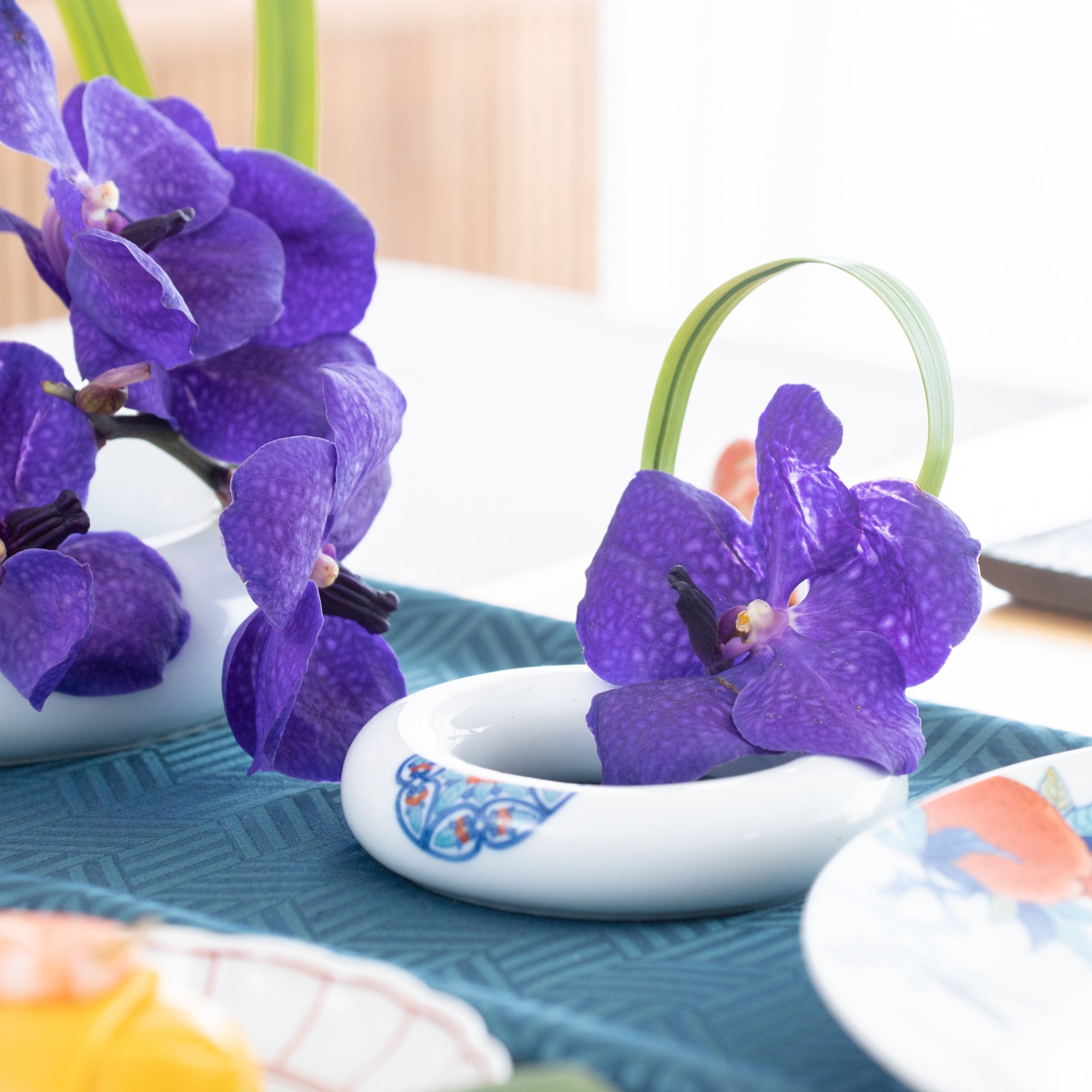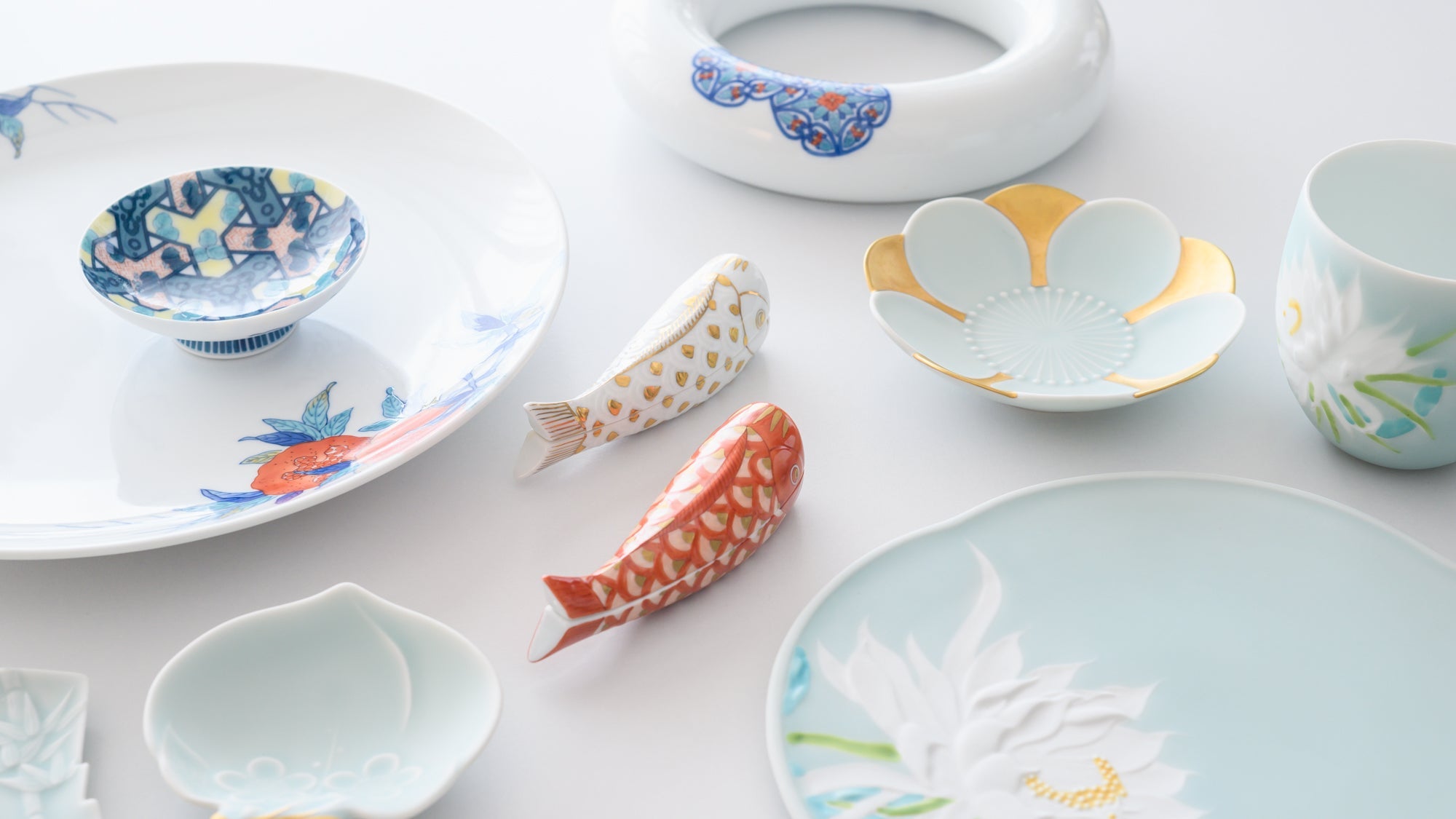
Hataman Touen
Hataman Touen inherits the rich history and techniques of Imari Nabeshima ware, a tradition spanning 370 years, while embracing the spirit of Japanese culture that enriches the heart and soul. They aim to embody Japanese aesthetics in a modern context and share their story and products with the world.
The Hizen Nabeshima Clan's official kiln has been located in Okawachiyama, Imari City, Saga Prefecture since the late 17th century, where high-quality Imari Nabeshima ware has been produced as gifts for the shogunate and the Imperial Court. Hataman Touen was founded in 1926, at the dawn of the Showa period (1926-1989), in this area known as the "home of secret kilns" and boasting techniques that are still unknown to the public.
For about 90 years, the company, started under the name "Manshogama" by the first generation, Mantaro Hataishi, has been actively engaged in the development of new products and technological innovation while carefully preserving and passing on the techniques of the kiln.
In the 1990s, Masatsugu Shinji, the current president and fourth generation, developed hina dolls, objets d'art, and perfume bottles. The porcelain's ease of handling and the delicate painting that expresses the beauty of Japan's natural environment made it popular.
Today, together with his son, Shuji, who is the next-generation leader of the company, he is working hard to create a new generation of Nabeshima ware, actively collaborating with famous companies such as BEAMS and NIKE, and pursuing a new "aesthetic sense" that is in line with the times.

Moist Series
Traditional Nabeshima ware is characterized by a pale blue color reminiscent of the morning of the Okawachiyama in a light mist. Hataman has worked to create new modes of expression with celadon porcelain, finally creating their Moist series, matte-textured with a sandblasted finish. The texture is very smooth to the touch, and the fresh green gradation gives a cool and refreshing feeling.
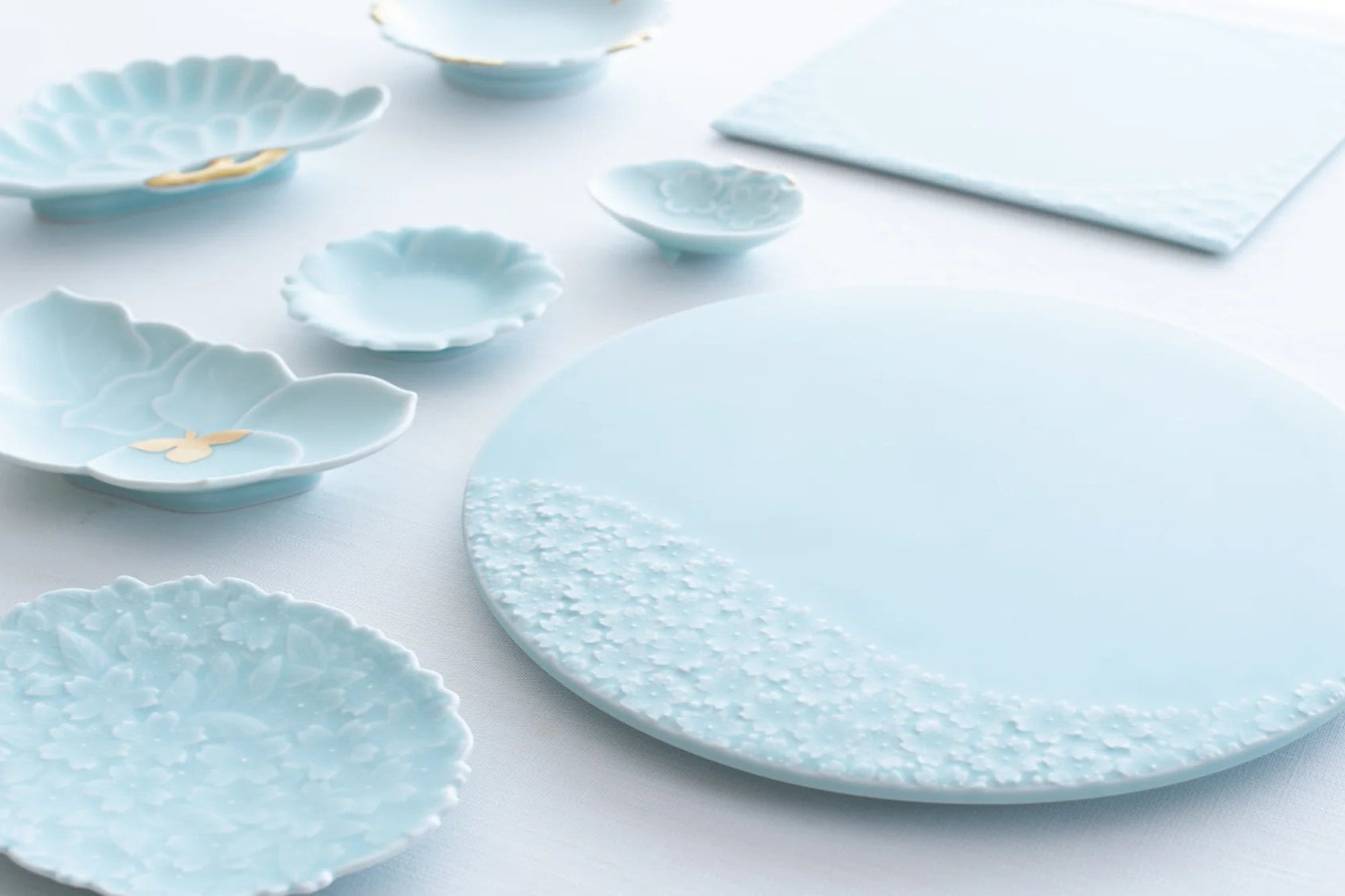
Nabeshima Series
The traditional aesthetic style of Nabeshima ware, carefully maintained since the Edo period (1603–1868 CE), is made up of four colors: one sometsuke color, blue, and three akae colors: red, yellow, and green. The extremely fine, carefully drawn lines and many-layered light gradations create a dignified appearance. The traditional patterns of Nabeshima, which were offered to the nobility, are both sophisticated and glamorous.
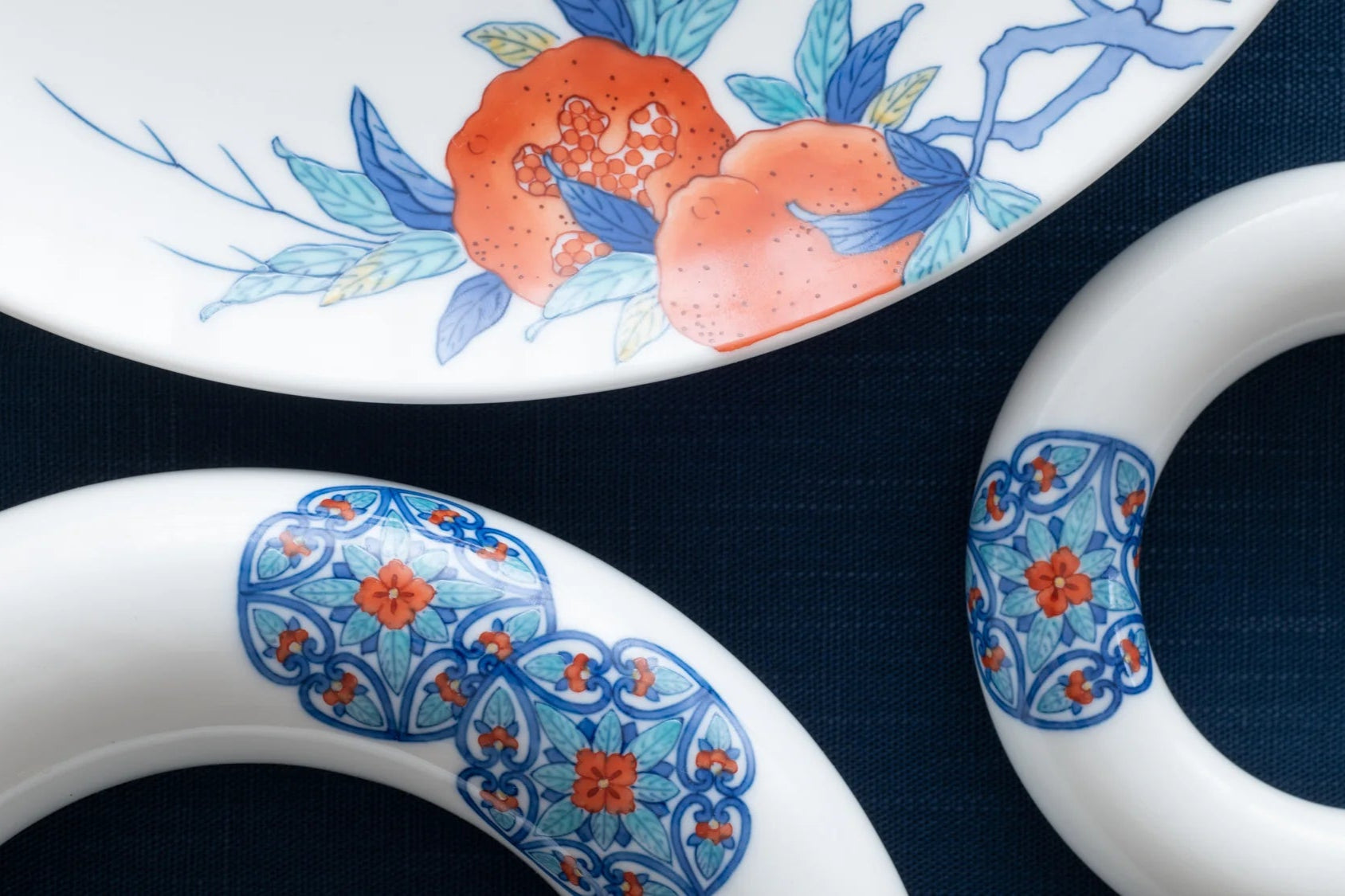
Lively lines, exquisite brushwork
The fine line drawing with fine-point brushes and the outstanding painting with a thick brush. Each of Hataman's pieces is carefully painted by skilled craftspeople, including those adhering to traditional craft techniques. The artist takes great care in drawing designs like the veins of leaves to create precise lines, and also creates beautiful gradations with the use of shades of paint and brush strokes.

Colors inherited in Nabeshima ware
There are two steps in the painting process. One is underglaze painting, done on the unglazed clay before firing to produce a cobalt blue color called gosu-sometsuke. The other is overglaze painting, in which red, yellow, and green are used to paint on the white clay after firing. The exquisite color scheme and the use of many colors, without being overly flamboyant, are traditions of Imari Nabeshima ware. With a three-dimensional feel created by layers of glassy glaze, this unique craft pursues the many possibilities of artistic expression.

Dignified shape and functionality
Dignified tableware enriches daily life. Each piece is designed to fit comfortably in one's hand, making each piece easy to use as well as a beautiful part of one’s living space. Hataman pursues forms that complement each piece’s painted designs, another characteristic of Imari Nabeshima ware. They spare no time or effort in their manufacturing process, using techniques such as face-down firing, to achieve the exact right shapes.

Enhancing Nabeshima Colors
Hataman is dedicated to the whiteness of the base material in order to accentuate the glossy Imari Nabeshima ware painting. Using the highest quality natural clay available among Amakusa pottery stones, the transparent white porcelain is produced by reduction firing at a high temperature of 1,320°C (2408°F) for 24 hours.

Composition and expression with margins
Using the pieces as a canvas, the composition is exquisitely arranged, and the beauty of the margins is valued as various patterns are placed on the pieces. At Hataman, they aim to create works that actively incorporate new designs while preserving the DNA of Imari Nabeshima ware.

Pursuing materials, techniques, and beauty
Imari Nabeshima ware has a 400-year history. Inheriting the spirit of craftsmen who have boldly taken up the challenge of meeting the demands of their predecessors, Hataman is taking on the challenge of developing new products with high-precision processing, such as perfume bottles, adopting new materials and manufacturing processes, and collaborating with domestic and overseas creators to create new products never seen before.
Photo Courtesy of Hataman Touen
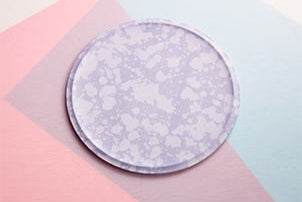
Origin & Other Makers
Related posts
Filters


